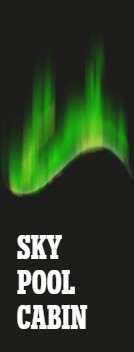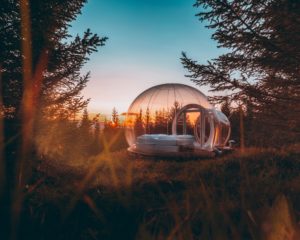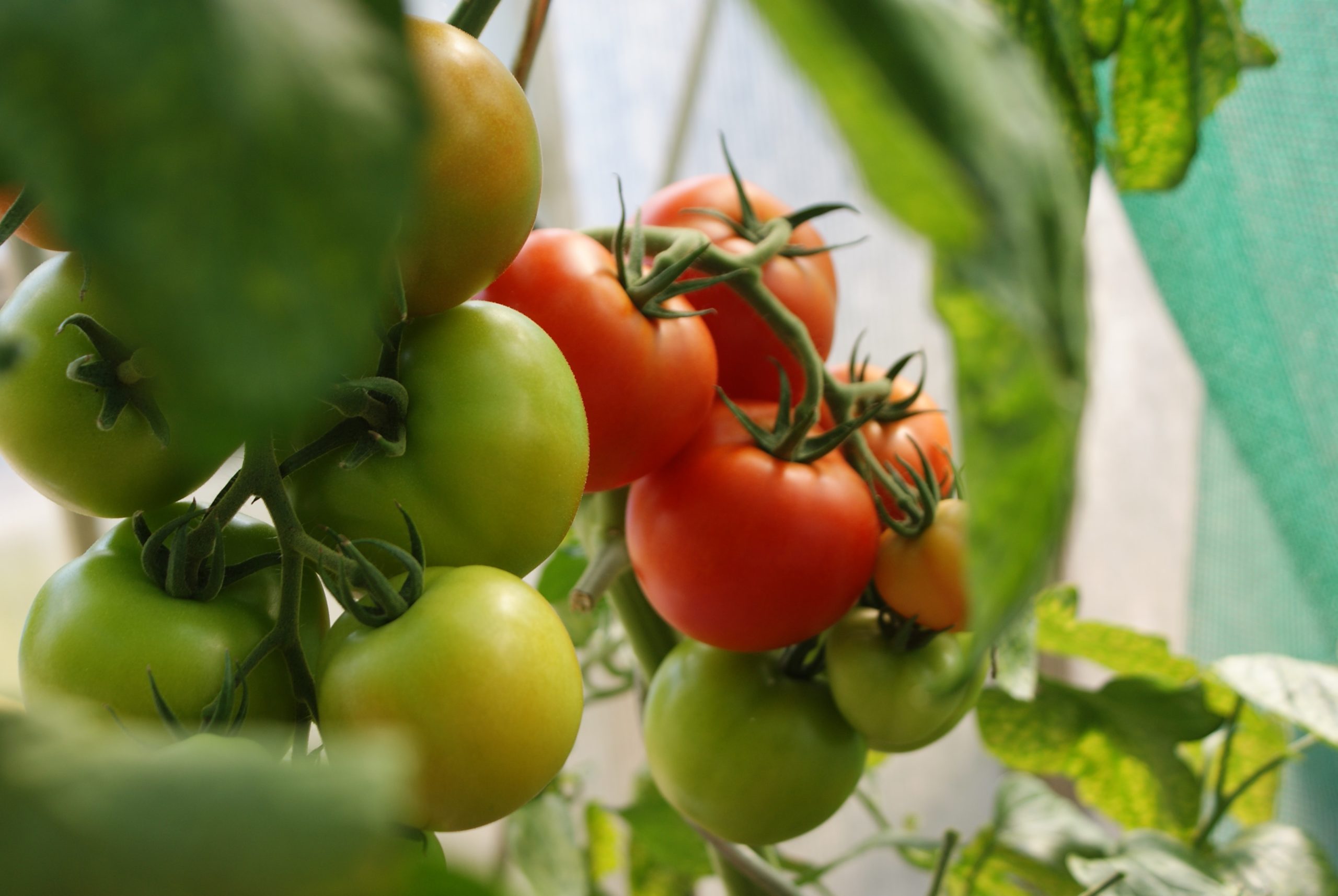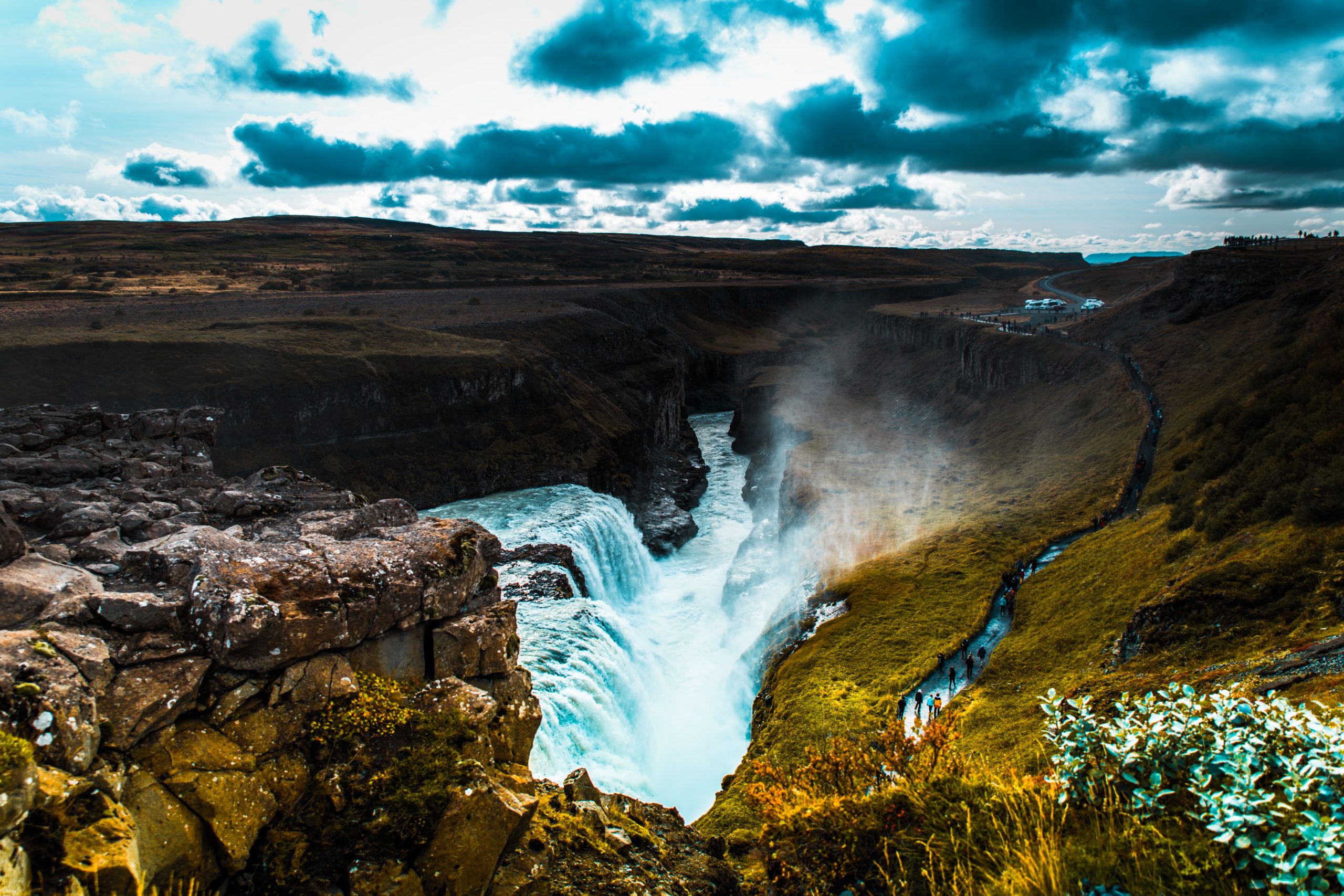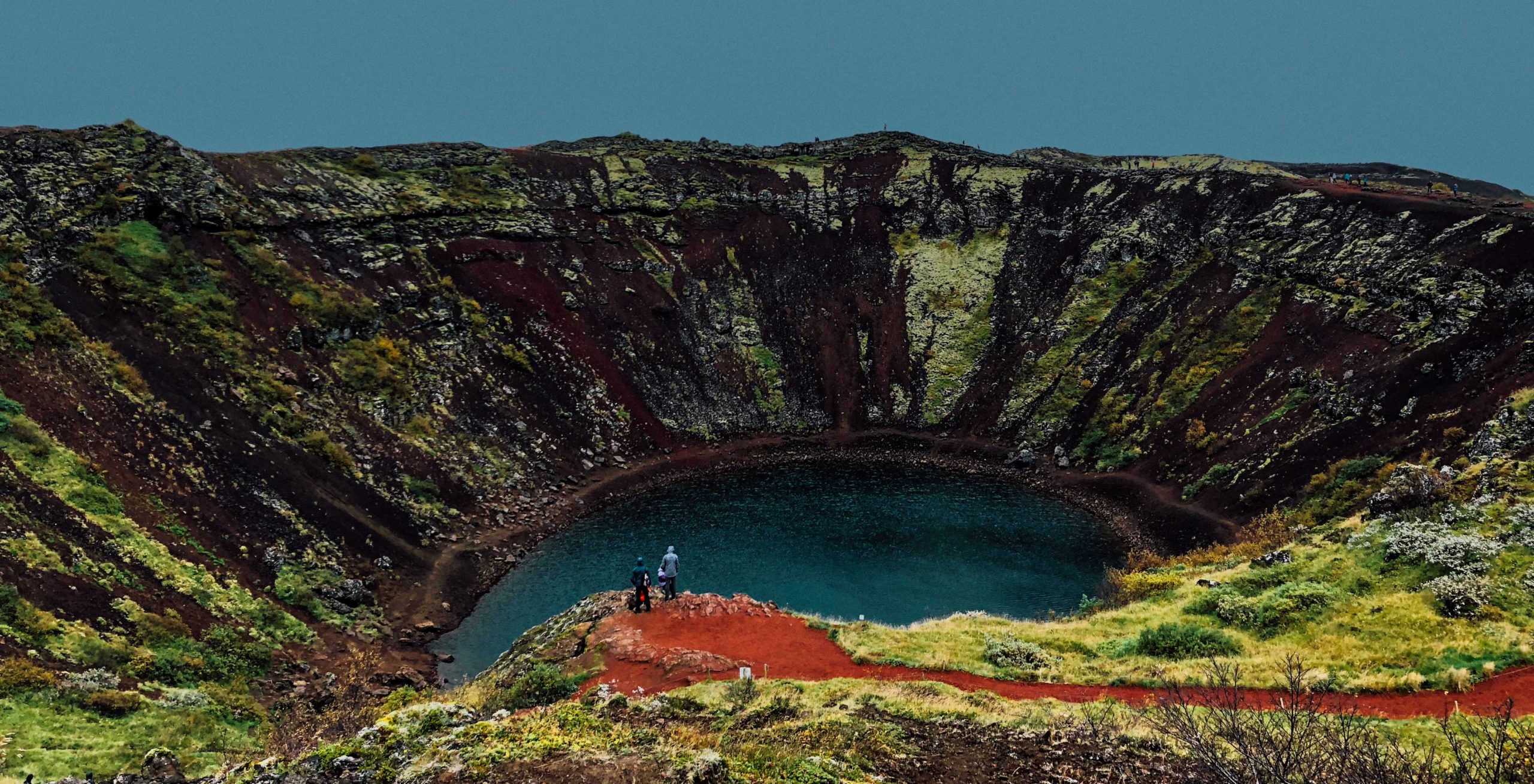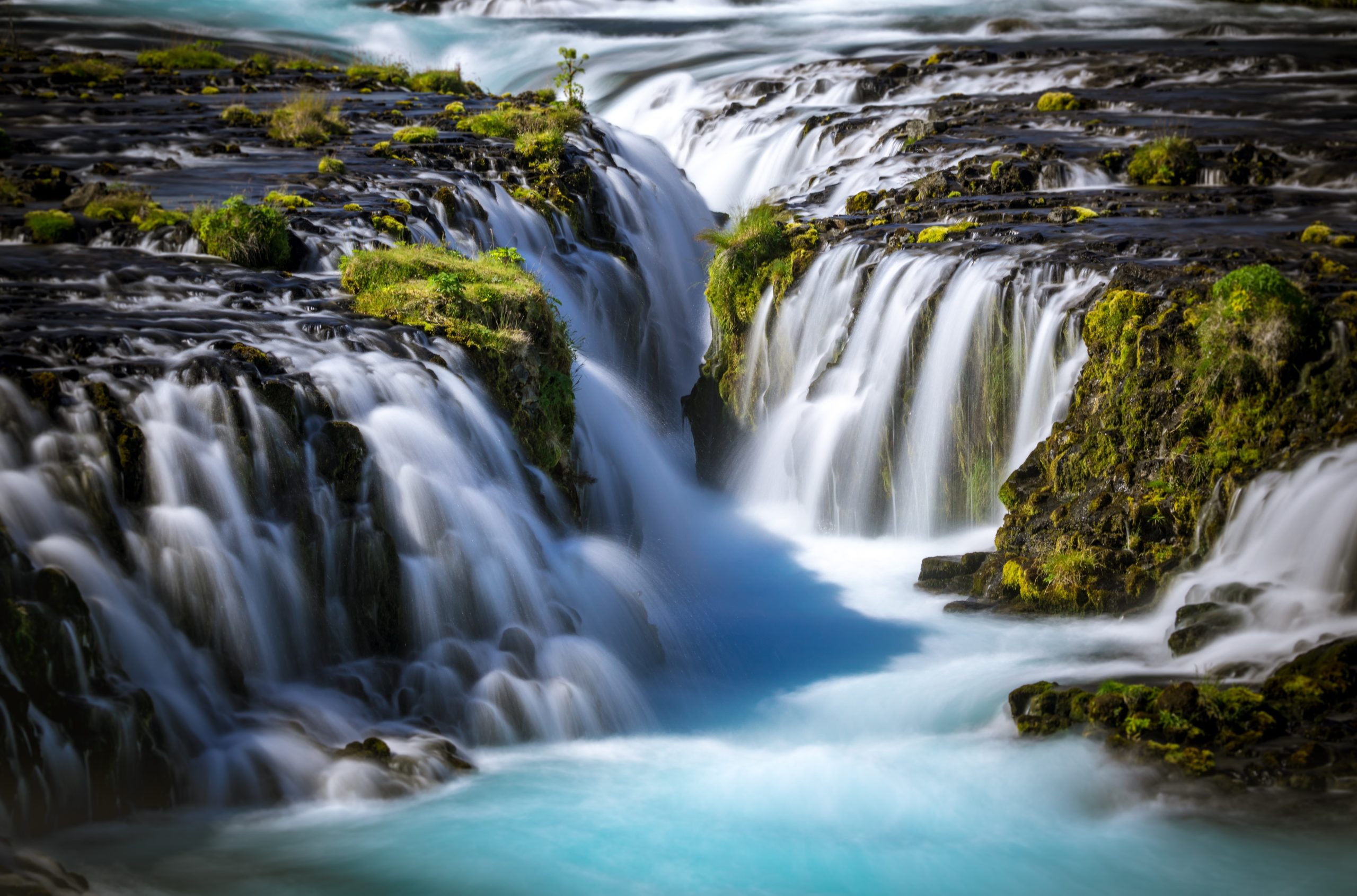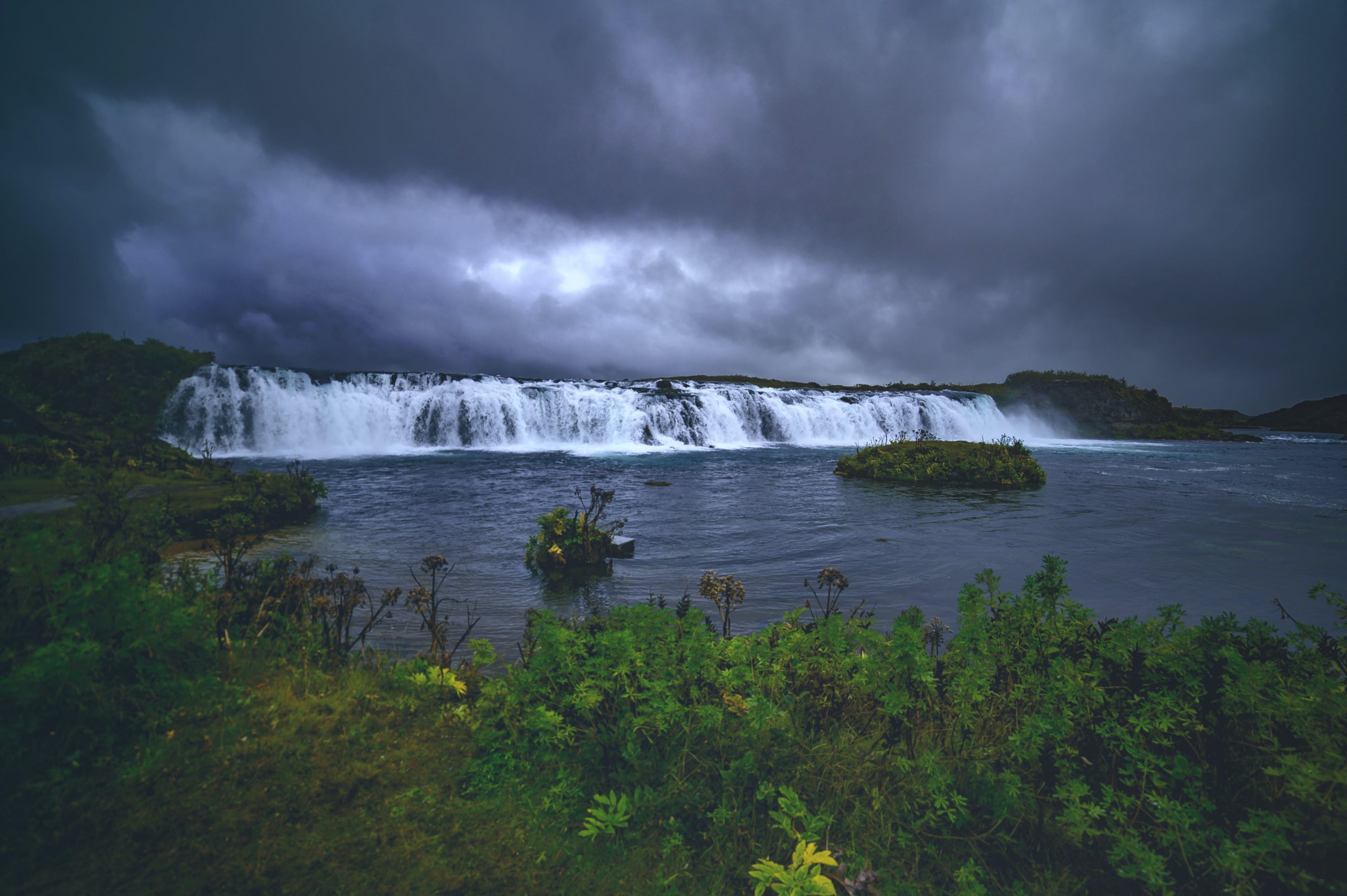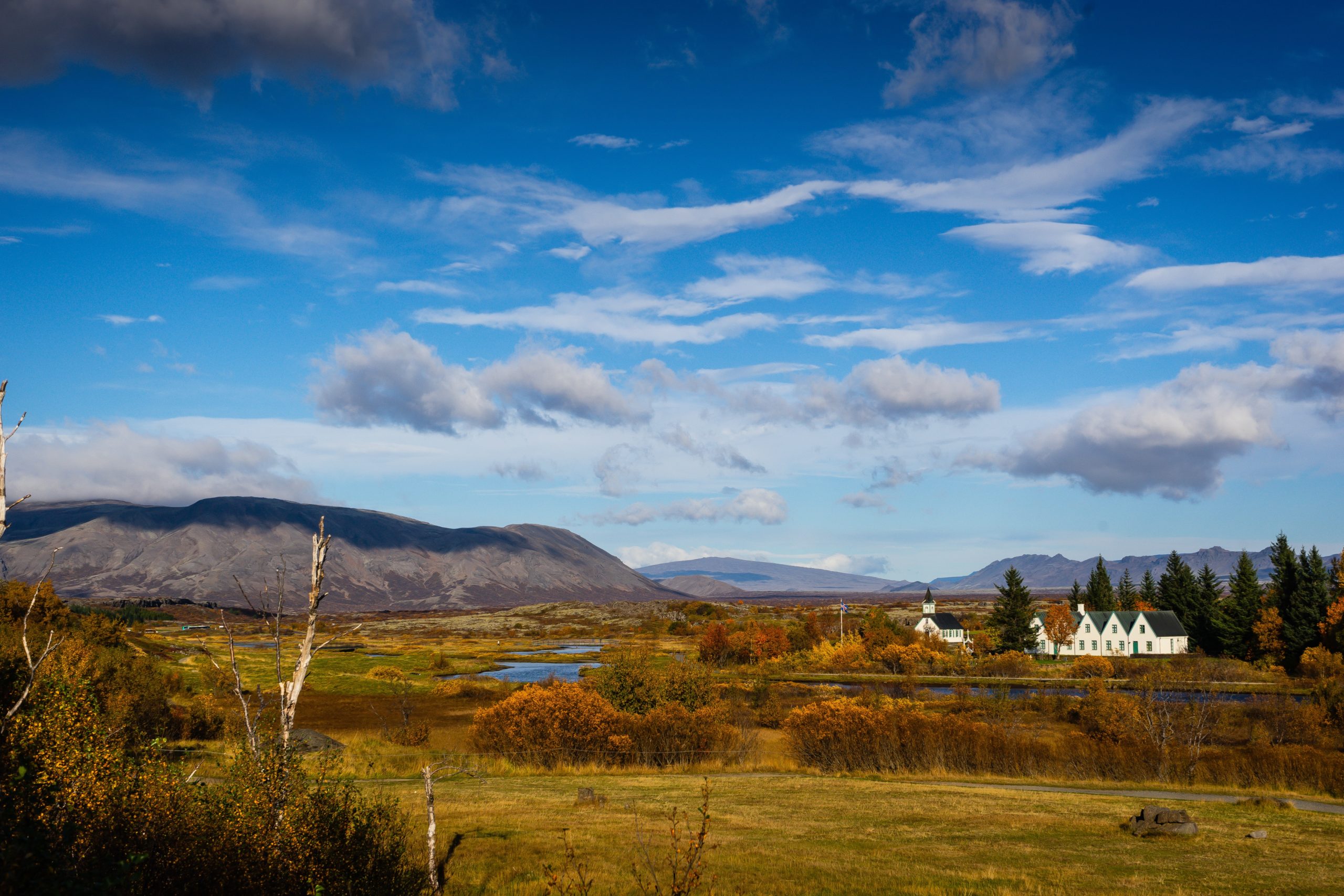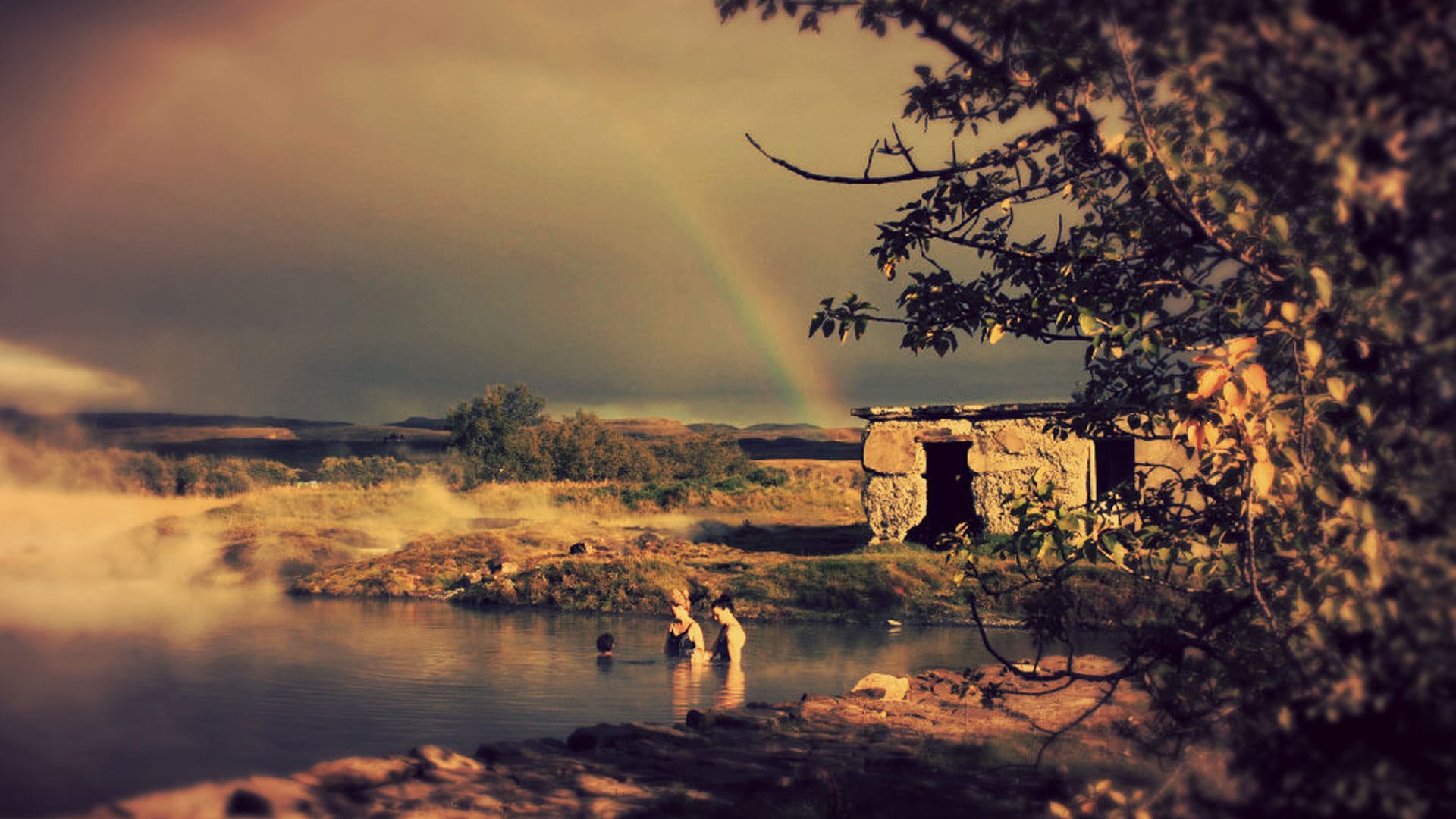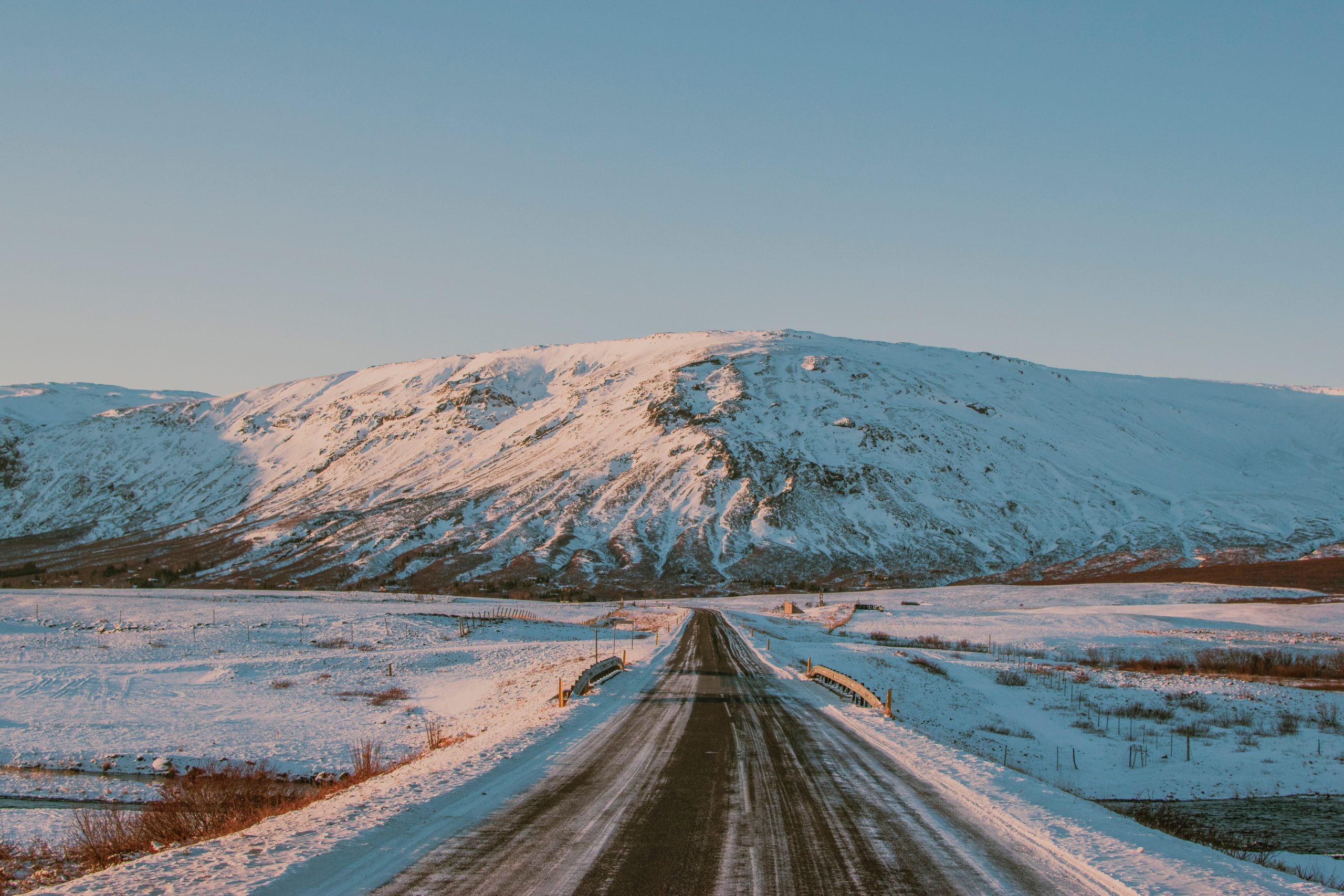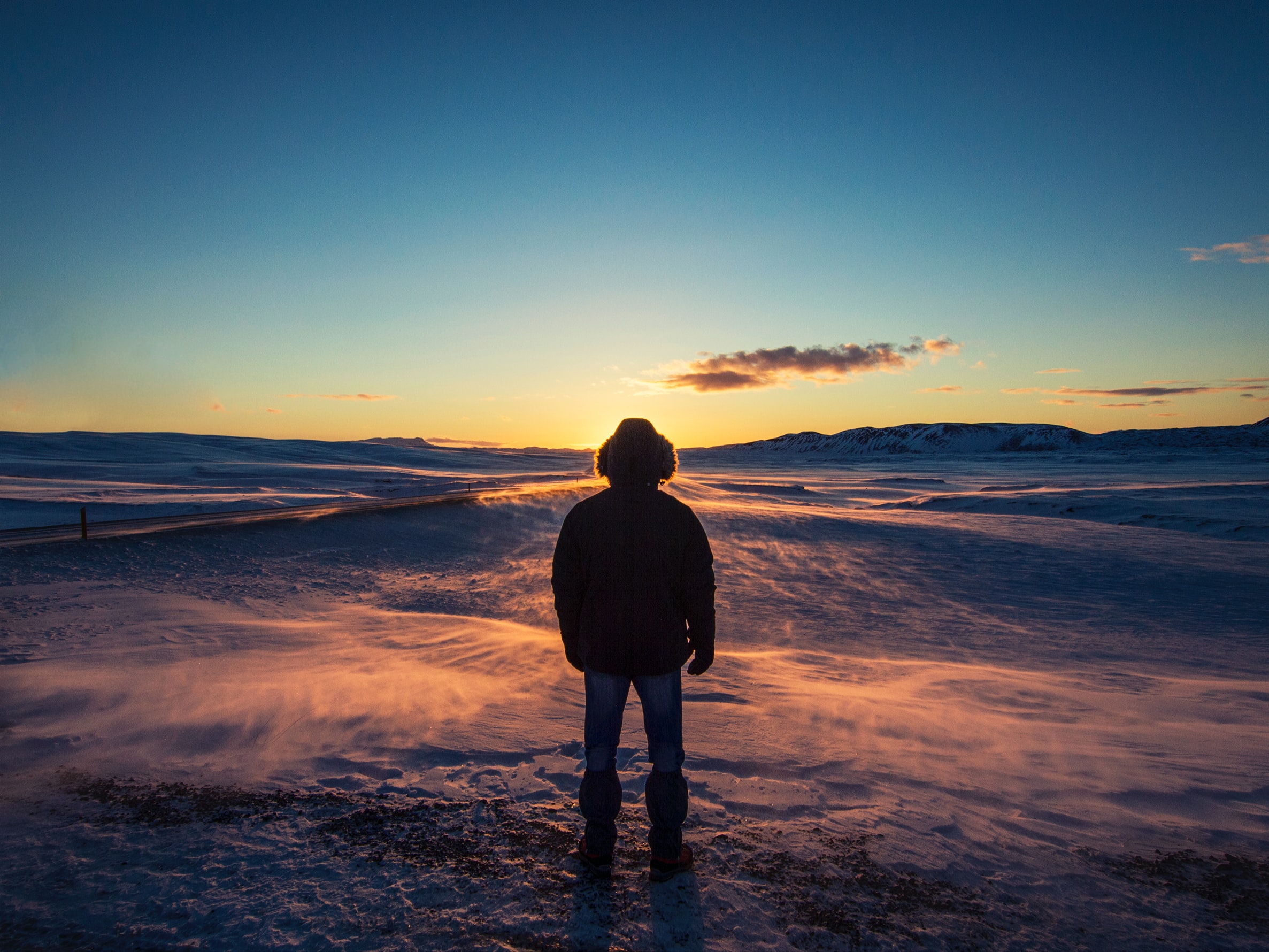Laugarvatn Fontana | Secrets of the Golden Circle
Laugarvatn Fontana
By Michael Chapman
Bliss and relaxation await at this premiere geothermal spa on South Iceland’s Golden Circle route
Laugarvatn Fontana
By Michael Chapman
Bliss and relaxation await at this premiere geothermal spa on South Iceland’s Golden Circle route
As elegant in its design choices as it is symbiotic with the environment, Laugarvatn Fontana utilises natural geothermal energy to warm its hot tubs and steam rooms. From the very first moment you dip your muscles beneath the mineral-rich water surface, they’ll thank you with waves of tingling pleasure.
Only seconds afterwards, you’ll close your eyes, sink to shoulder-height and release a satisfying, if not slightly embarrassing moan of heat-induced ecstasy. Such is the soothing luxury on offer at Laugarvatn Fontana. Let us read on for more information about this much loved geothermal spa in South Iceland.
When is the best time to visit Laugarvatn Fontana?
Built on the edge of a glittering lake, Laugarvatn Fontana is found almost dead centre of the Golden Circle sightseeing route, which means it’s an easy detour between attractions. The Golden Circle has three major sites that draw visitors to it, namely Thingvellir National Park, the waterfall, Gullfoss, and Geysir geothermal springs.
Alternatively, one could start their day dipping in these soothing pools or instead wait until the evening to enjoy their time there without the pressure of needing to hit the road. In short, the best time to visit Laugarvatn Fontana is whenever it suits your schedule. Whatever the time, the amenities remain as alluring as ever, leaving it open to repeat visits.
Winter and summer both have their benefits regarding a visit. For instance, from May to September, bathers can enjoy extended daylight hours courtesy of the Midnight Sun, plus warmer temperatures when running between pools and the steam rooms. In those magical evening hours, basked in orange twilight, there is no more satisfying a place to be than this hidden gem by the lakeside.
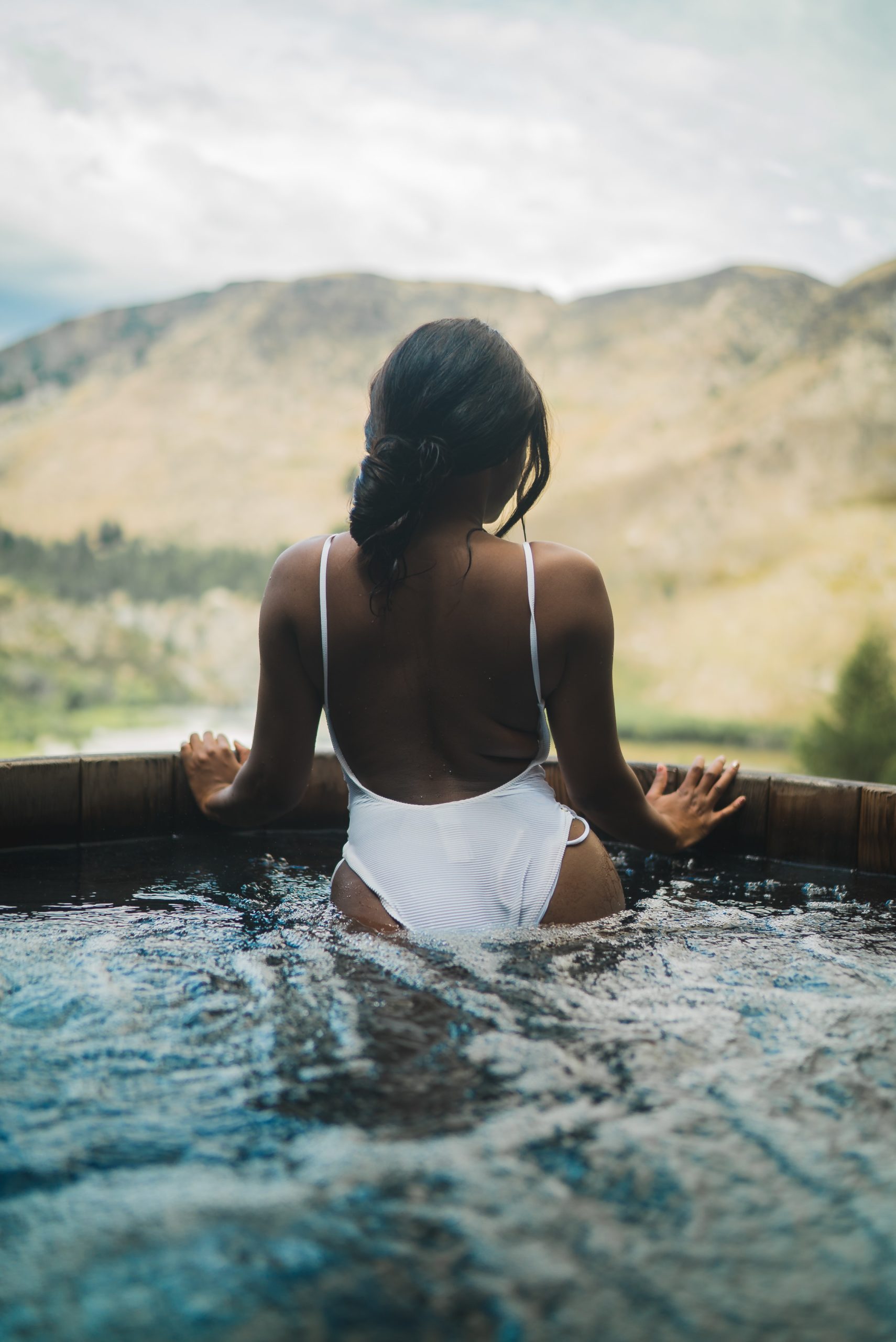
Those stopping by in winter will find their surroundings blanketed in snow, making the hot tubs’ heat that much more appealing. Of course, none of this mentions the ever-present chance of catching the Aurora Borealis dancing overhead, one of Iceland’s biggest draws to overseas visitors.
Those lucky enough to see them off-hand will bear witness to a kaleidoscopic cosmos, a jet-black sky interrupted by ribbons of waving colour. Given Laugarvatn Fontana’s location out in the wilderness, conditions are just right to catch a vivid light display from the pools themselves.
PLAN YOUR JOURNEY
Travelling to Iceland?
Check our overnight tours with a driver guide that includes a one night stay in a bubble.
*Starting from ISK 59.900 per person
How to get to Laugarvatn Fontana?
Driving yourself to Laugarvatn Fontana is the safest means of ensuring you won’t miss out on any other attractions that take your eye.
Below, find the time and distance between Laugarvatn Fontana and the essential nearby locations:
Laugarvatn Fontana to Geysir – 23 minutes (29.1 kilometres)
Laugarvatn Fontana to Gullfoss – 32 minutes (38.8 kilometres)
Laugarvatn Fontana to Thingvellir – 29 minutes (31.8 kilometres)
Laugarvatn Fontana to Reykjavik – 1 hour 7 minutes (77.6 kilometres)
If you want to take the luxury and style of your visit to a whole new level, you consider staying overnight in a transparent bubble.
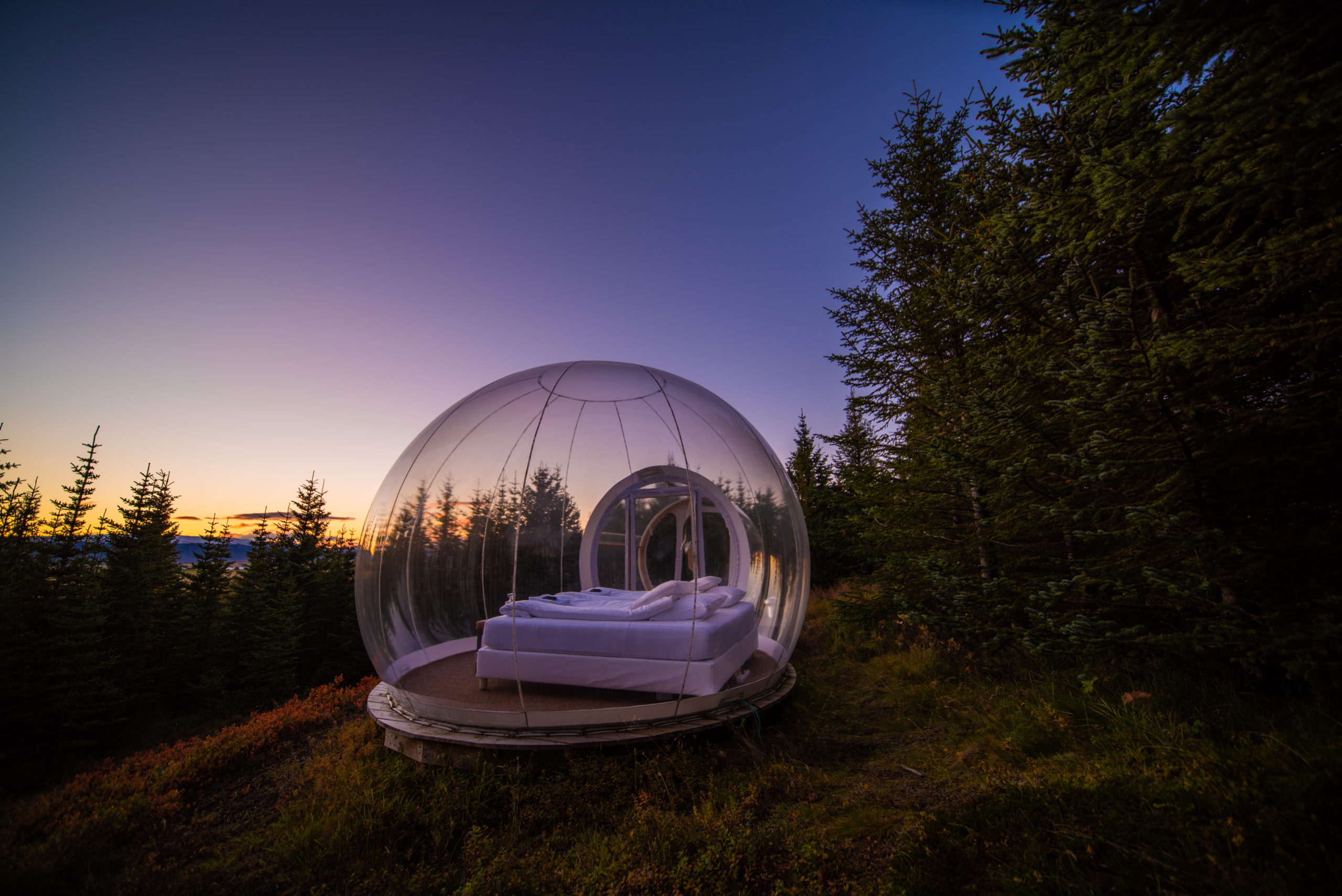
After hours spent enjoying the warm geothermal waters of Laugarvatn Fontana, it can be an unwelcome intrusion having to return to the city’s lights and noise. On the opposite end, our bubbles offer you the chance to continue revelling in the interconnectedness with nature one feels after bathing at a geothermal spa.
Surrounded by trees and plants, you’ll lay back in your comfortable sheets, keeping your eyes peeled on the starlit sky above. Our bubble stays are particularly suited to visitors in the Golden Circle area and even those planning on sightseeing on the South Coast.
What does Laugarvatn Fontana offer?
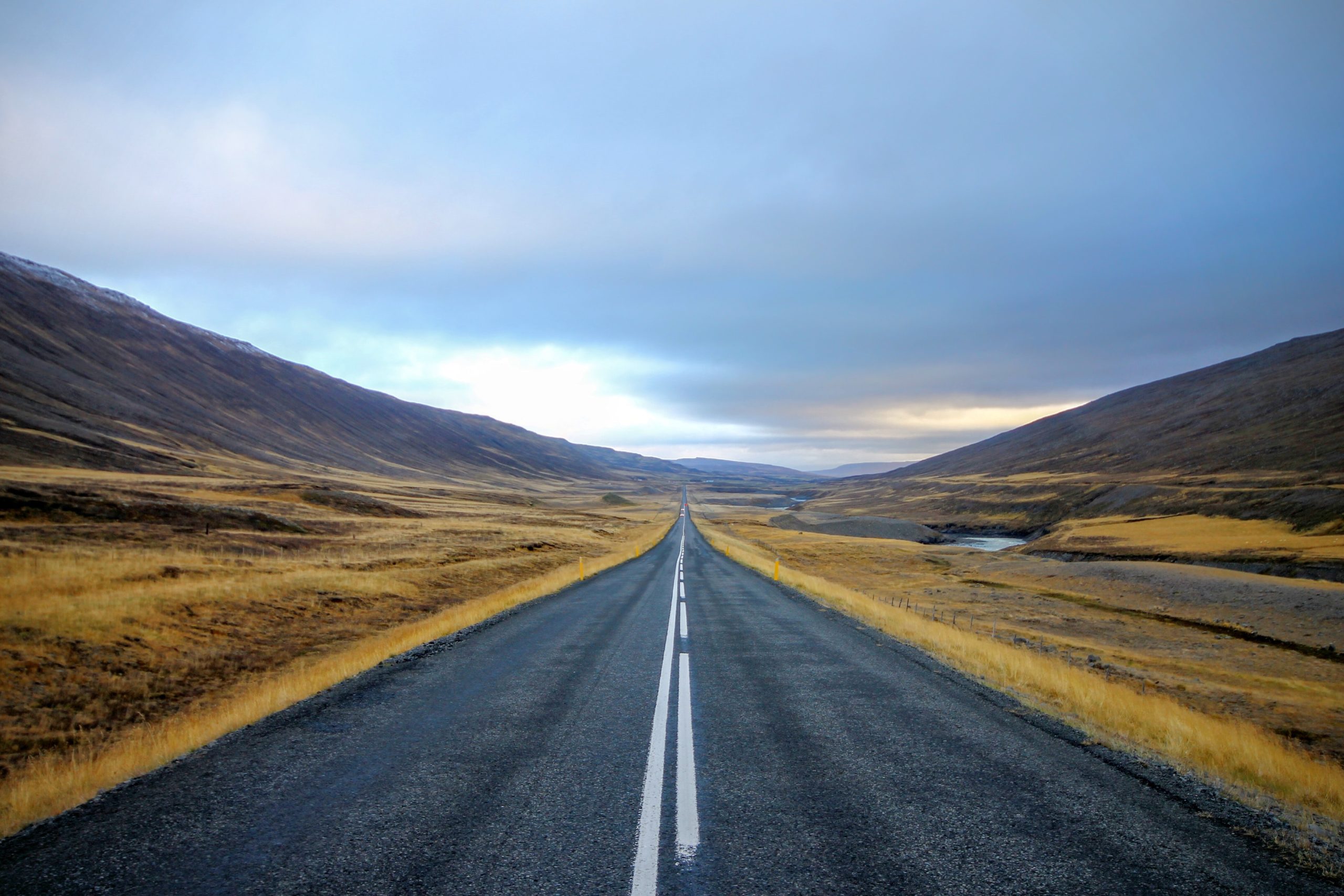
The outdoor pools boast various depths and temperatures, perfect for those uncomfortable with too much heat. Aside from the glorious South Iceland nature around you, the pool sides are decorated with sculptures by local artist Erla Þórarinsdóttir, whose work focuses on the interplay between water and art.
It is from the hot tub itself, however, that has the best views of the landscape possible, with fantastic panoramas over Lake Laugarvatn and the green, windswept hills that enclose it. Look out for Laugarvatnsfjall mountain, instantly recognisable thanks to its steep, birch-covered slopes.
The sauna is cosy and sophisticated, maintaining a temperature between 40°C to 50°C with high humidity. According to the proprietors, the steam inside boasts minerals found nowhere else, making this an obvious choice for health-conscious visitors. There are three separate sauna rooms from which to choose, leaving enough space so that the experience never feels crowded.
One significant advantage of Laugarvatn Fontana is its position by the lake, allowing guests to leave behind the pools and walk right down to the shoreline. Here they will find hot springs warming the waters around them, opening up bathing opportunities that are more natural than you find at any other spa.
Moving between the pools and lake is excellent for blood flow and circulation, only adding to the litany of reasons to visit this spa.
Watch how rye bread is baked using geothermal energy
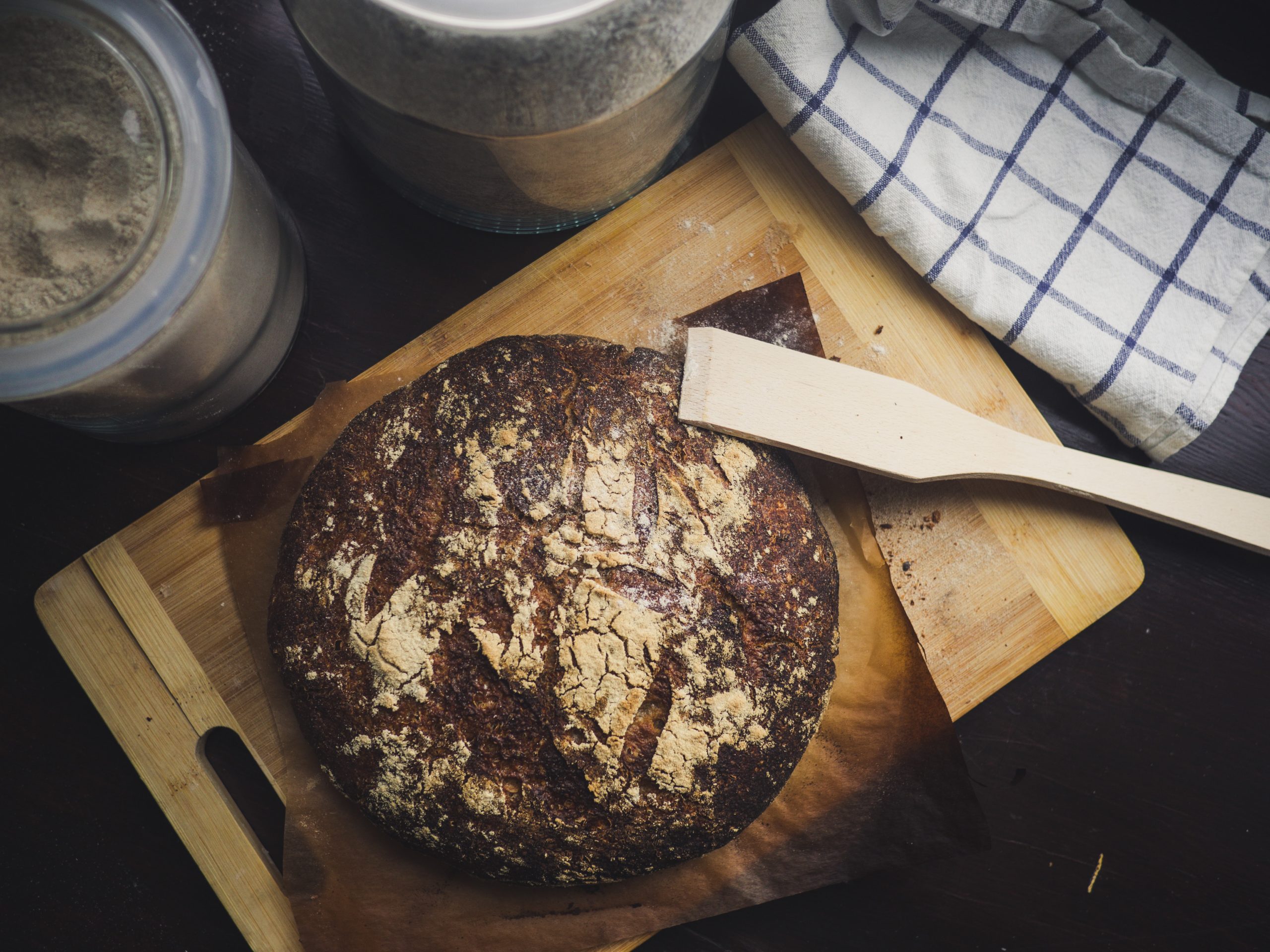
There are other, more delicious reasons to head down to the lake too. The shoreline’s volcanic sands are so warm that Laugarvatn Fontana now runs walking tours to demonstrate how rye bread was historically baked using geothermal energy. First, a hole is dug in the ground, then filled with a pot of dough.
The hole is then covered again and left overnight, only to be dug up the next morning, ready for serving. After seeing the process in action, you are free to sample the bread with a smidgeon of butter and a cut of smoked trout. These lip-smacking bakery tours are available over the weekends but should be pre-booked down to sheer demand.
PLAN YOUR JOURNEY
Travelling to Iceland?
Check our overnight tours with a driver guide that includes a one night stay in a bubble.
*Starting from ISK 59.900 per person
Friðheimar Tomato Farm | Secrets of the Golden Circle
Friðheimar Tomato Farm
Dine inside a greenhouse restaurant and meet Icelandic horses
By Michael Chapman
Friðheimar Tomato Farm
By Michael Chapman
Dine inside a greenhouse restaurant and meet Icelandic horses
Tomatoes are the name of the game at Friðheimar, an organic farm, horse ranch and restaurant located by the Golden Circle sightseeing route in South Iceland.
While Iceland might be most famous for its raw and ethereal nature, its cultural hubs—be they orientated towards art, history or food—have come on leaps and bounds over the last ten or so years.
Friðheimar tomato farm is one example of a family-run business that continues moving from strength to strength, cementing it as a firm favourite among the many thousands of visitors who arrive in Iceland each year. Let us look further at what makes this fascinating stop so worthy of your time.
History of Friðheimar
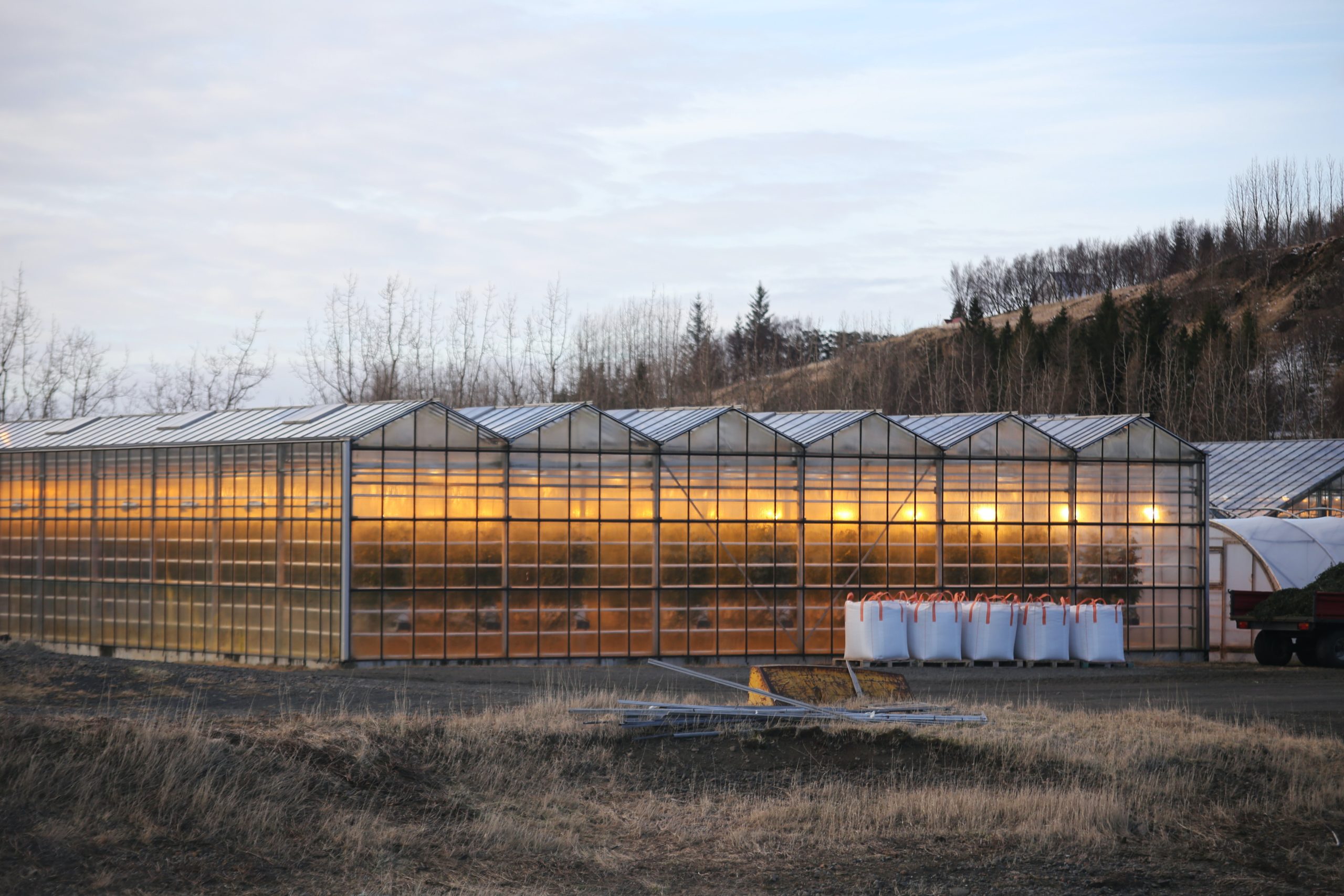
Geothermal energy was first used at Friðheimar as early as 1946, but it was not until a local couple, Knútur and Helena, purchased the property in 1995 that things started to heat up. After finishing construction on new greenhouses, a souvenir’s emporium and an equestrian centre (complete with an outdoor arena and 20-horse stable,) Friðheimar was finally able to declare itself a mainstay of the area; no less, a thoroughbred Icelandic institution.
Today, Friðheimar grows four different strains of tomato. This productivity is despite the long and hard winters in Iceland and is mostly down to climate control computers and how their artificial lighting simulates daytime. These methods were inspired by Knútur and Helena’s frequent trips to Finland, where the local people are highly experienced in growing produce in less-than-optimum conditions.
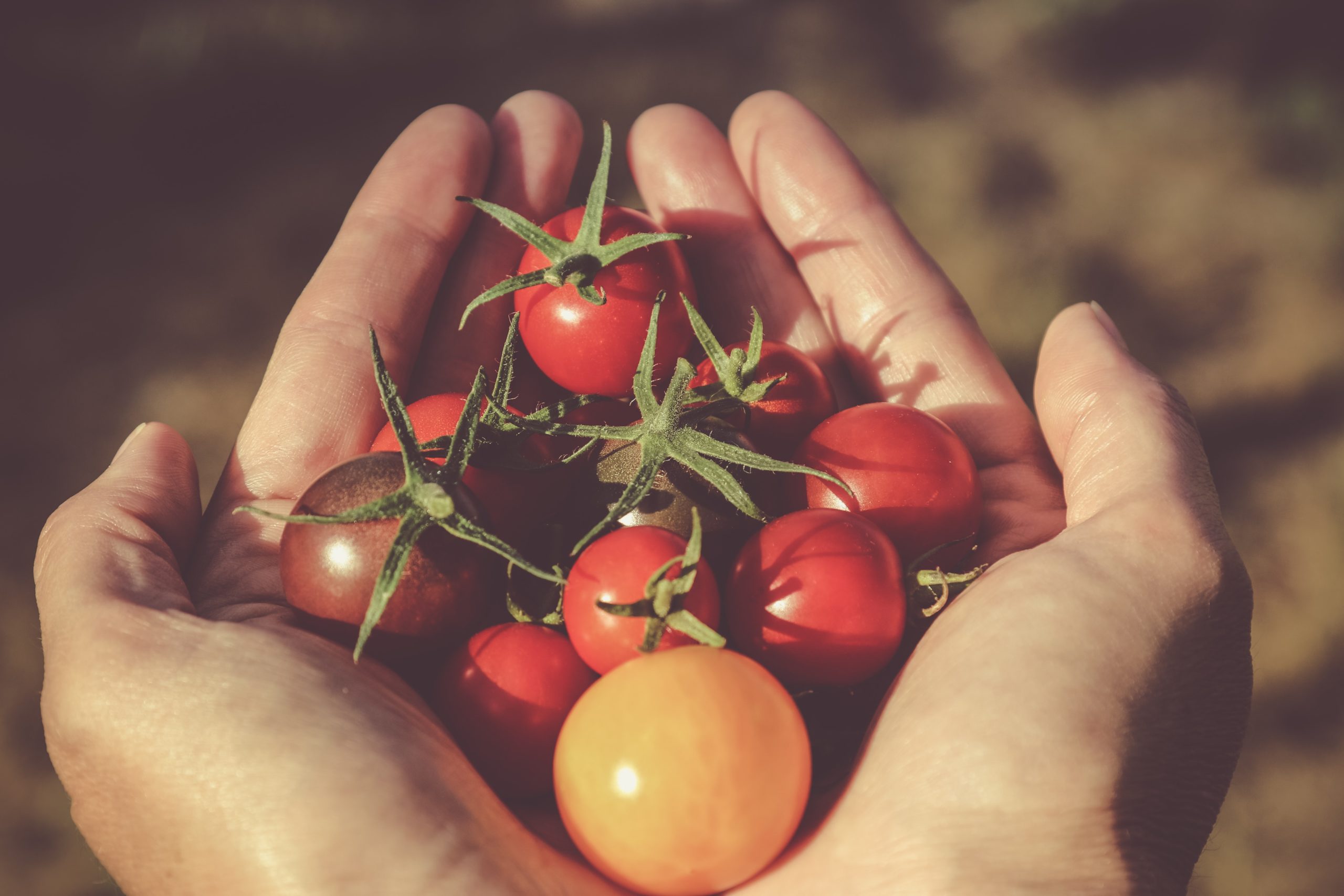
Combining their shared passions for horticulture and horses, Friðheimar was envisioned to be an ambitious, environmentally-conscious operation. In this bright and secluded oasis, guests discover fresh ingredients, chow down on delicious meals and appreciate both the wildlife and serene loveliness of their surroundings. Greenhouse tours provide insight into how the farm is run and provides a deeper understanding of the unique challenges of growing tomatoes and other produce in Iceland.
It is not only horses and tomatoes on which Friðheimar focuses their many talents. Cucumbers have also become something of a speciality, served both in-house and prepared and pickled as souvenirs for customers. Make sure to pick up yourself some jarred treats at the small yet delightful ‘Little Tomato Shop’ the next time you swing by.
Friðheimar makes a fantastic lunch stop while exploring the Golden Circle route and is best visited after a morning spent at Þingvellir National Park.
PLAN YOUR JOURNEY
Travelling to Iceland?
Check our overnight tours with a driver guide that includes a one night stay in a bubble.
*Starting from ISK 59.900 per person
Friðheimar Restaurant
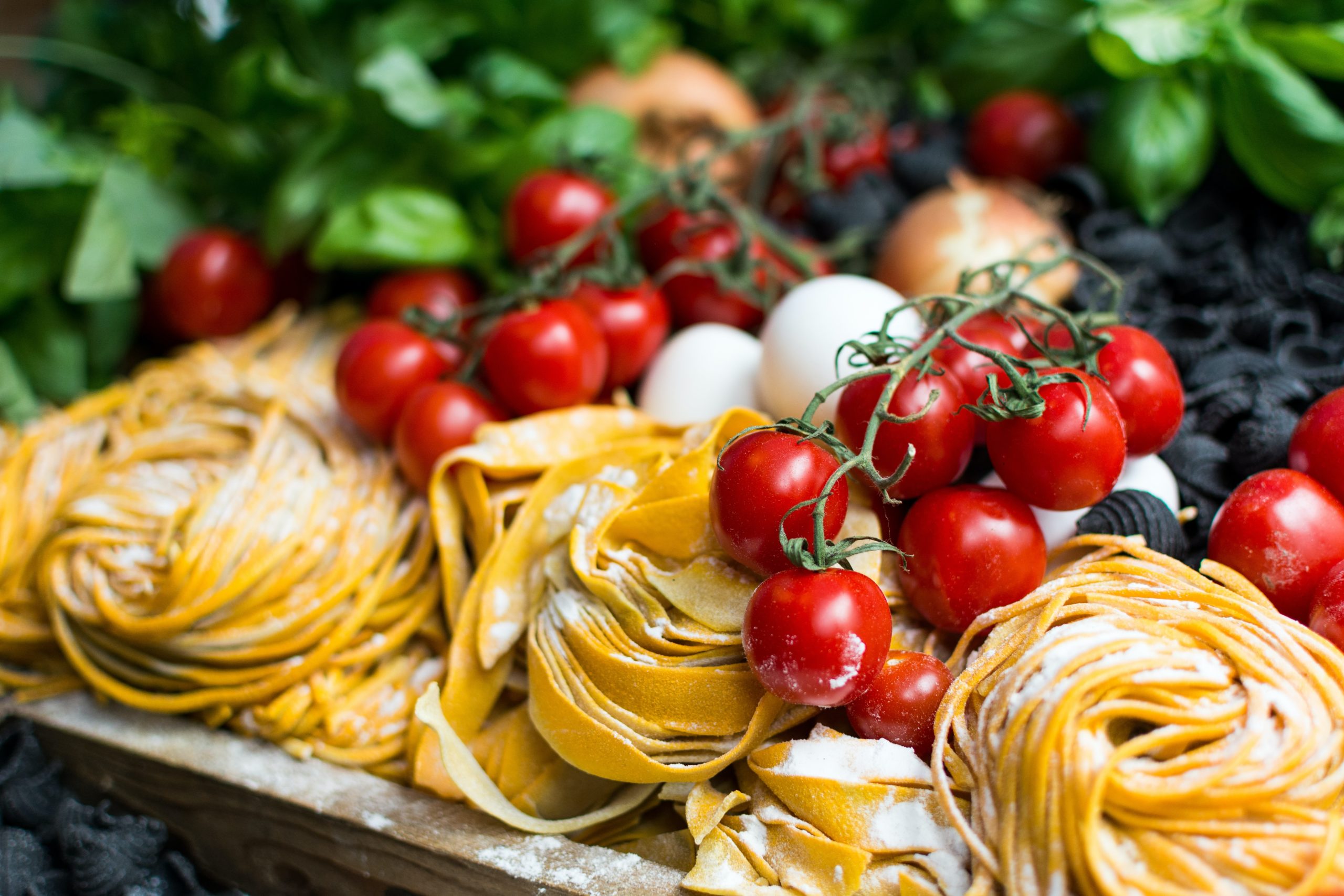
When it’s time to eat, guests are served their food amid the growing plants, making for what feels like a fresh and authentic dining experience. Whilst primarily tomato-based, the menu is as eclectic as it is alluring, with a range of courses to suit even the pickiest eaters in the family.
Famished travellers will find themselves spoilt for choice. Surrounded by lush green vines, ripe with produce, a decision will have to eventually be made between the freshly cooked mussels in tomato sauce or the stone-baked tortilla with basil and mozzarella filling. Then again, traditional tomato soups and home-baked ravioli sound equally tempting.
After your meal, when your belt threatens to buckle, you’ll be offered irresistible desserts like tomato and apple pie, cinnamon cheesecake or even tomato ice cream! If you have the room for it, such sweet treats prove to be the perfect fuel for an afternoon spent sightseeing.

There is also a healthy selection of tomato-based drinks on offer, ranging from three-types of Bloody Mary, tomato schnapps and even tomato beer! If none of these tantalise your pallet, there are regular coffees and teas available too. It would be remiss of us not to recommend you sample the tomato-espresso, however. Where else will you have the opportunity?
Everything that leaves the kitchen is personally overseen by master chef, K.B. Sigfússon, who has experience serving heads of state around the world despite being local to the area. Before tucking in, proud foodies will no doubt revel in the exquisite presentation of every dish served and will rest easy knowing a real culinary expert prepared it.
Friðheimar Restaurant is open throughout the year from noon until 4 PM. Thanks to its popularity among locals and visitors alike, it is always advised to book a table before your arrival.
Friðheimar Horse Show
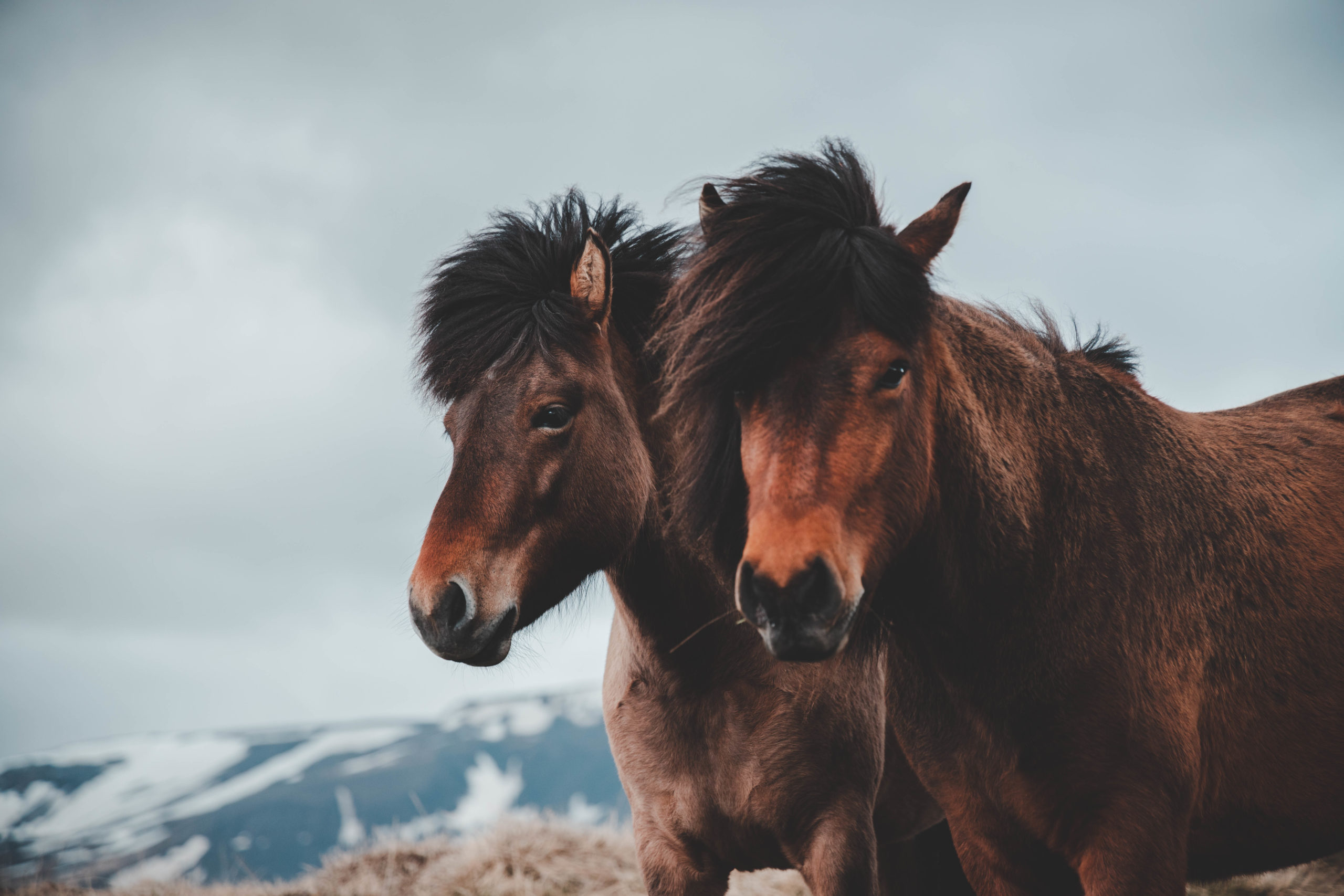
When summer rolls around, Friðheimar puts on its very own horse show, which takes place in their impressive 120-seat outdoor arena. Here, riders display their skill on the saddle while simultaneously showcasing the many merits of Iceland’s unique horse breed.
Known for their intelligence and personable nature, as well as pony-like size and five gaits (or trotting styles if you’d rather), it is impossible not to fall in love with these creatures. Soon enough, you’ll share that same passion for equestrianism that bore Friðheimar into existence in the first place.
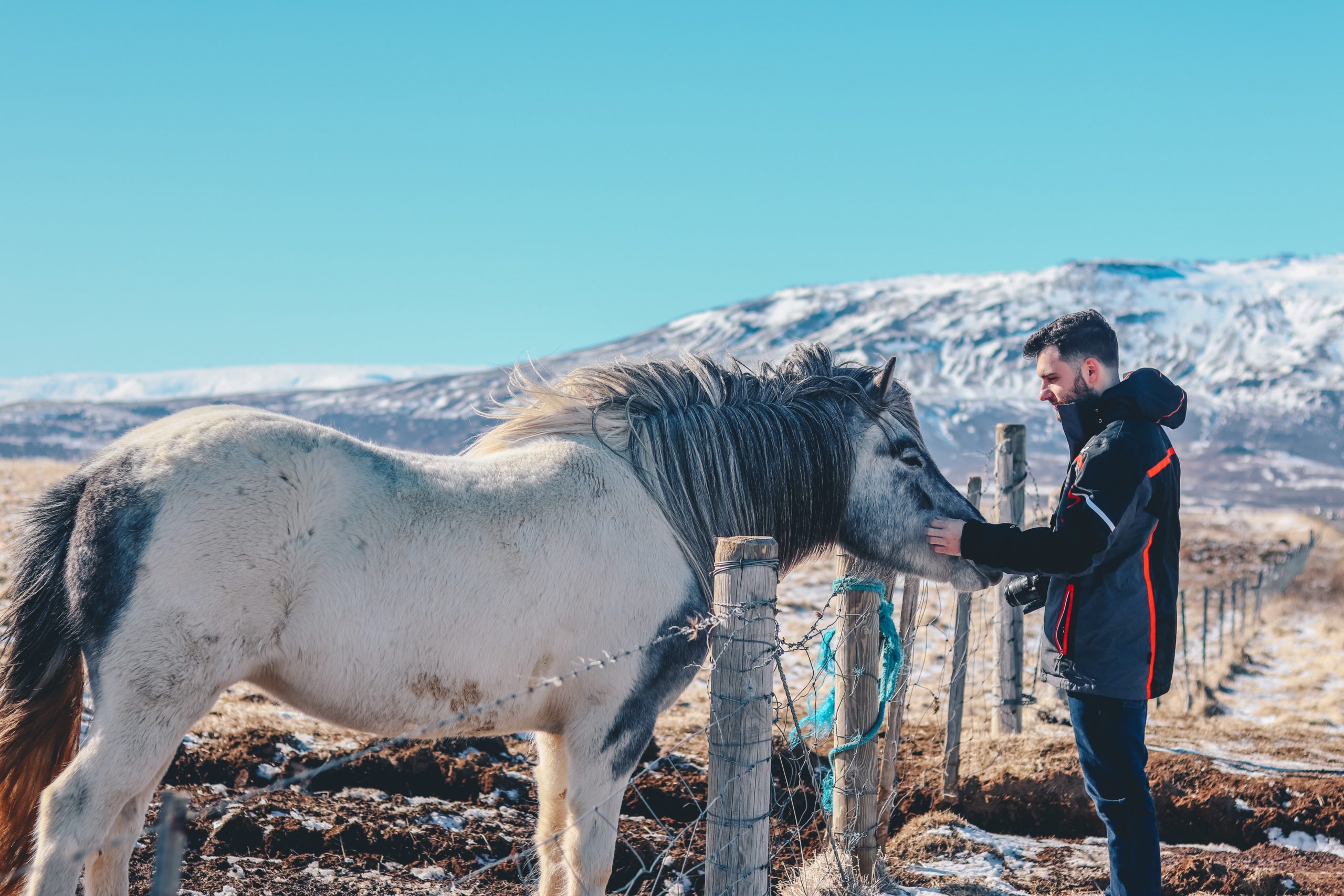
As the show is known, a Meeting with the Icelandic Horse is available in 14 languages. It comes complete with music, hot drinks, and plenty of opportunities to take photos and greet the horses themselves. Travelling groups will be able to watch this delightful event between May and September each year.
Horse breeding is also big business at Friðheimar, with over forty horses now under their ownership. The farm regularly does well at breeding evaluations, with three of their stallions having won first prize at competitions over previous years. Friðheimar breeders hope to draw out the best traits in their horses, namely animals with a good disposition, attractive appearance and ability to trot in five ways.
How to get to Friðheimar
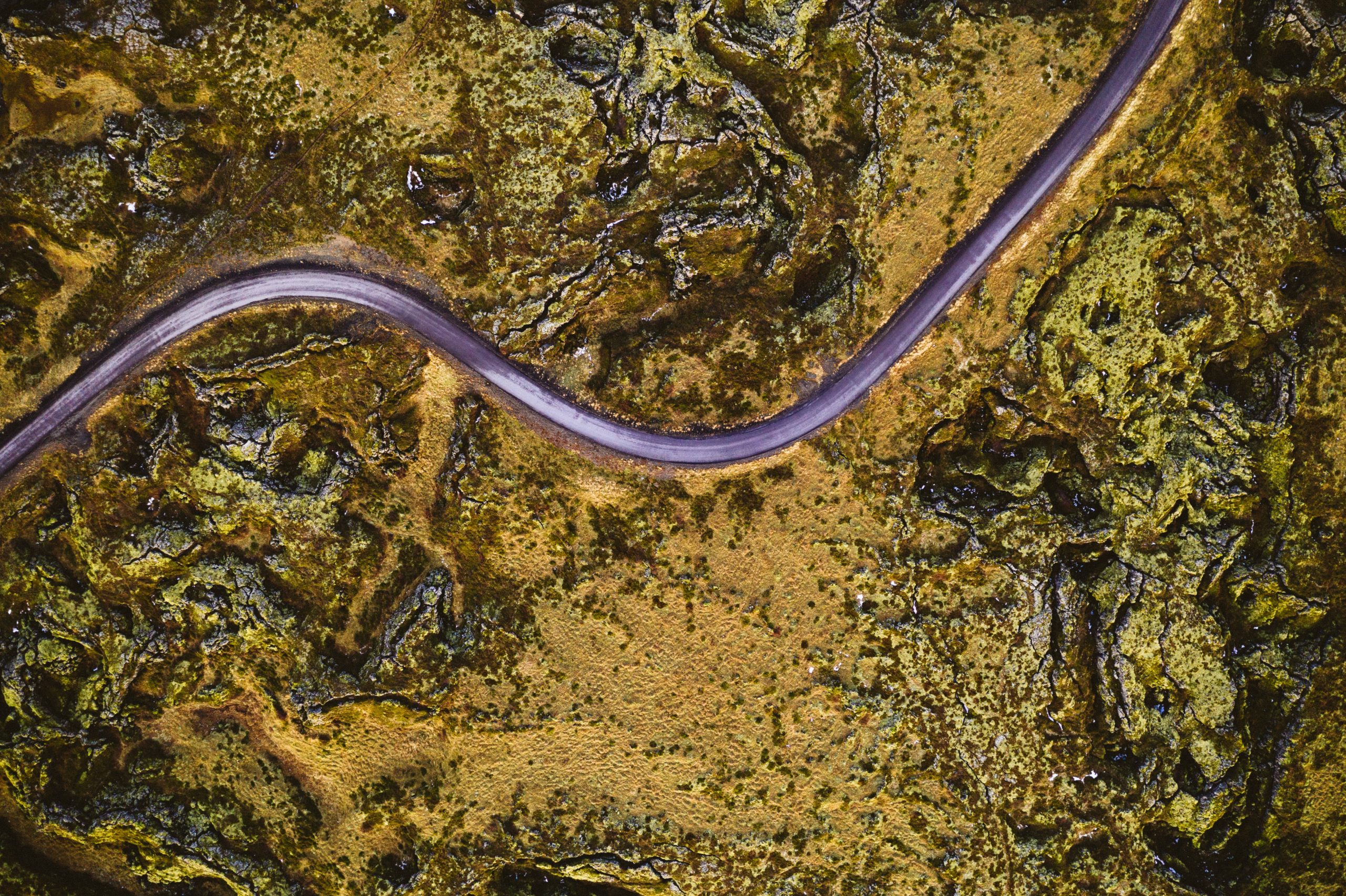
Friðheimar is officially a part of Reykholt village in the Bláskógabyggð municipality of South Iceland. As we mentioned above, this puts it within easy reach of anyone driving between the three sites that have made the Golden Circle so famous: Þingvellir National Park, Geysir geothermal valley and Gullfoss waterfall. You can find the exact distances below:
Friðheimar to Þingvellir – 50 minutes (59.1 kilometres)
Friðheimar to Geysir – 16 minutes (19.1 kilometres)
Friðheimar to Gullfoss – 25 minutes (28.7 kilometres)
Friðheimar to Reykjavik – 1 hour 18 minutes (96.6 kilometres)

Because of these distances, we advise you to visit Thingvellir in the morning and then take your lunch break at Fridheimar before venturing on towards Geysir and Gullfoss. Doing so is, without doubt, the best way to maximise your time.
Of course, this schedule only applies to guests driving themselves around the Golden Circle. Others would much rather leave the driving to somebody else, relaxing by the passenger window as their tour guide tells stories and facts about the local area. There is no better option for exactly such people than to book one of our fabulous Golden Circle bubble tours.
PLAN YOUR JOURNEY
Travelling to Iceland?
Check our overnight tours with a driver guide that includes a one night stay in a bubble.
*Starting from ISK 59.900 per person
Hvítá River | Secrets of the Golden Circle
The Hvítá River
By Michael Chapman
Salmon Fishing, White-Water Rafting and Waterfalls await!
The Hvítá River
By Michael Chapman
Salmon Fishing, White-Water Rafting and Waterfalls await!
The Hvítá river in South Iceland is a force of nature parallel to none. Read on to learn more about this stunning natural waterway.
Water is an omnipresent force in Iceland, revealing itself in its wind-battered shorelines, snaking rivers and glaciers, and its tendency to douse unwary citizens with rain and snow. To put it another way, if Iceland were an amusement ride, then it would almost certainly be one with a sign out-front stating ‘Be warned—you will get wet.’
Even summer visitors cannot avoid a sound drenching from time to time; Iceland’s weather is temperamental, akin to a teenager’s moods, and is more than capable of switching at a moment’s notice. Guests in the winter might be better prepared, sound in the knowledge that soaked clothing and frozen drops around the mouth are all part of an authentic Iceland experience.
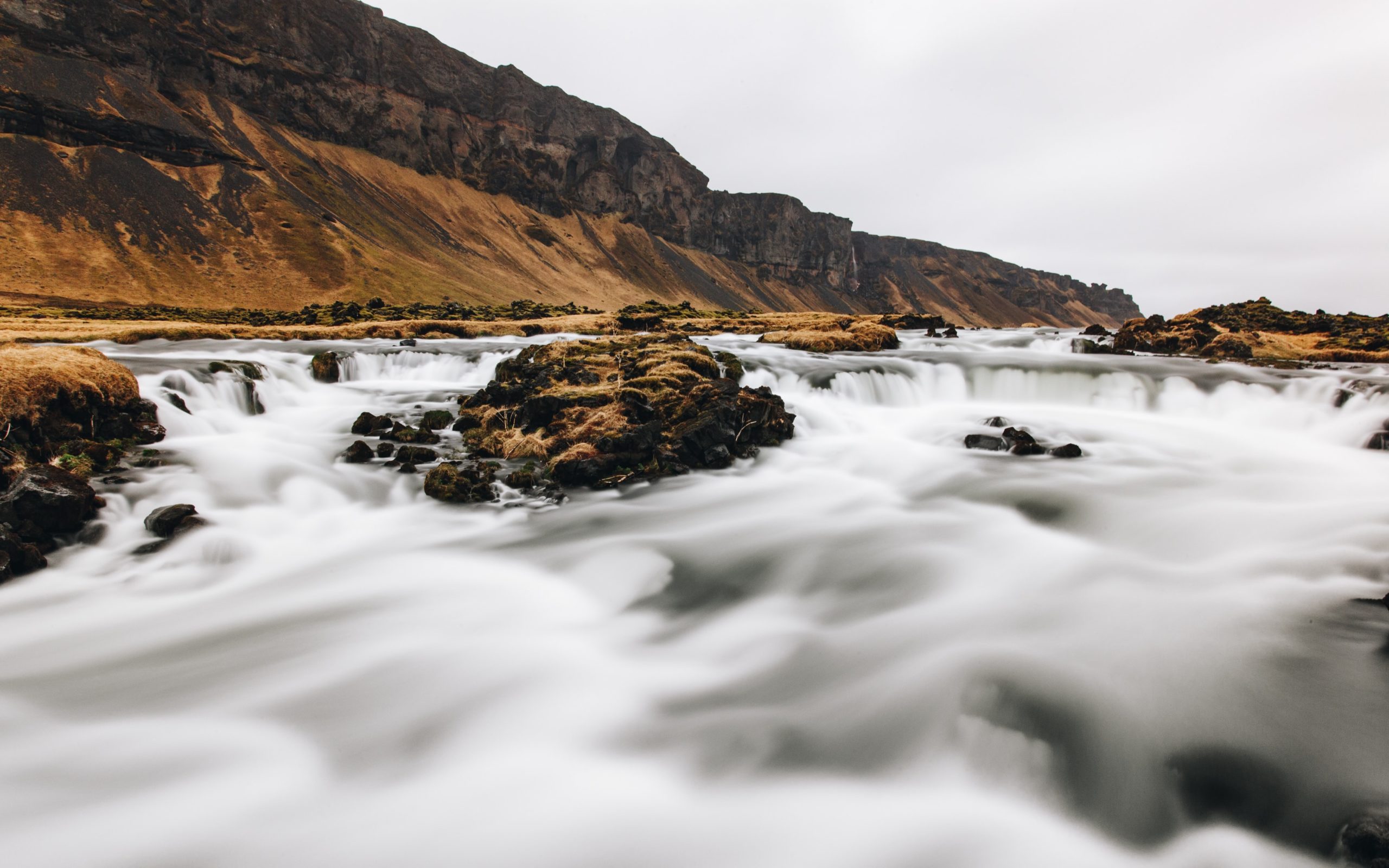
One of the best ways of celebrating Iceland’s water-cycle is by appreciating its glacial rivers, of which there is already a well-established favourite here. Trailing worm-like from the mighty Langjökull glacier, the Hvítá river has long been held in high esteem by local Icelanders for its beauty, purity and crucial role in irrigating the land.
At the same time, the river is feared on account that it floods during heavy rainfall. The main reason for this is the Hvítá river often swallows smaller rivers in the region; thus changes to its flow have a more significant influence over the farmlands and villages of South Iceland. In some particularly bad years, a few settlements have been cut off from major transit routes due to excessive water.
Useful Information about the Hvítá river
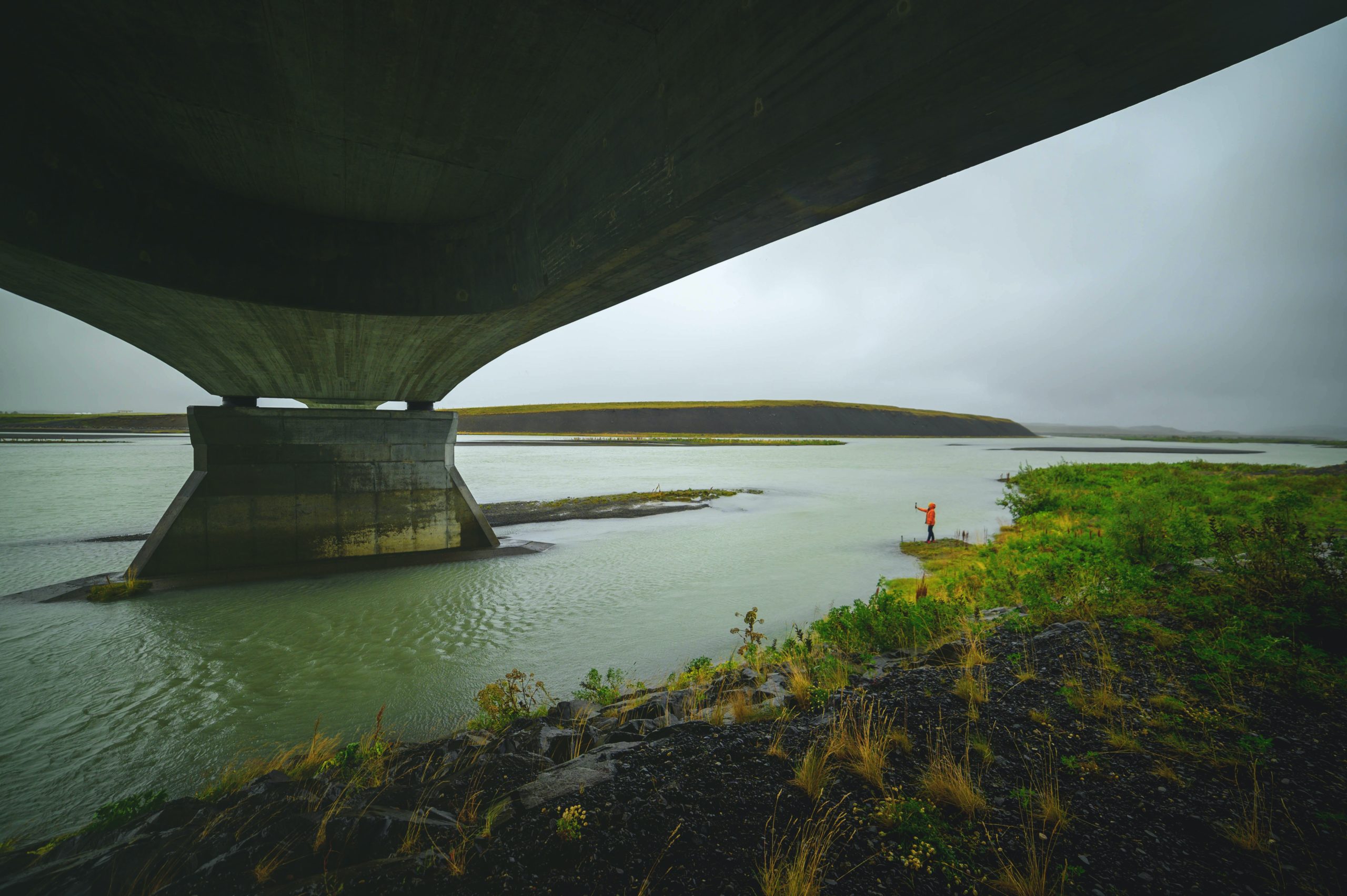
The Hvítá river can trace its origins to Lake Hvítárvatn, roughly 45 kilometres north of the waterfall, Gullfoss. Both the lake and river share the common ‘Hvít’ (White) as part of their name due to their water colour, which in some light, appears close to snow-white. Hvítárvatn covers a total area of 30 km² and boasts a maximum depth of 84 metres.
From the lake, the river travels 40 kilometres (25 miles) south, finally arriving at Gullfoss waterfall, after which it joins with other smaller rivers including the Tungufljót and the Brúará. Now doubled in volume and power, maps show how the Hvítá joins the Sogið river, soon transforming into the Ölfusá river not far from the small town of Skalholt. If added to the Ölfusá’s full-run, then the Hvítá is considered part of the third-longest river in the country.
There are several small, picturesque villages on the Hvítá river besides Skaholt. Guests could stop by Flúðir, famed for its columns of floating steam and the Secret Lagoon spa, or Sólheimar Ecovillage, where just over 100 residents live in perfect symbiosis with nature.
PLAN YOUR JOURNEY
Travelling to Iceland?
Check our overnight tours with a driver guide that includes a one night stay in a bubble.
*Starting from ISK 59.900 per person
Salmon Fishing on the Hvítá river
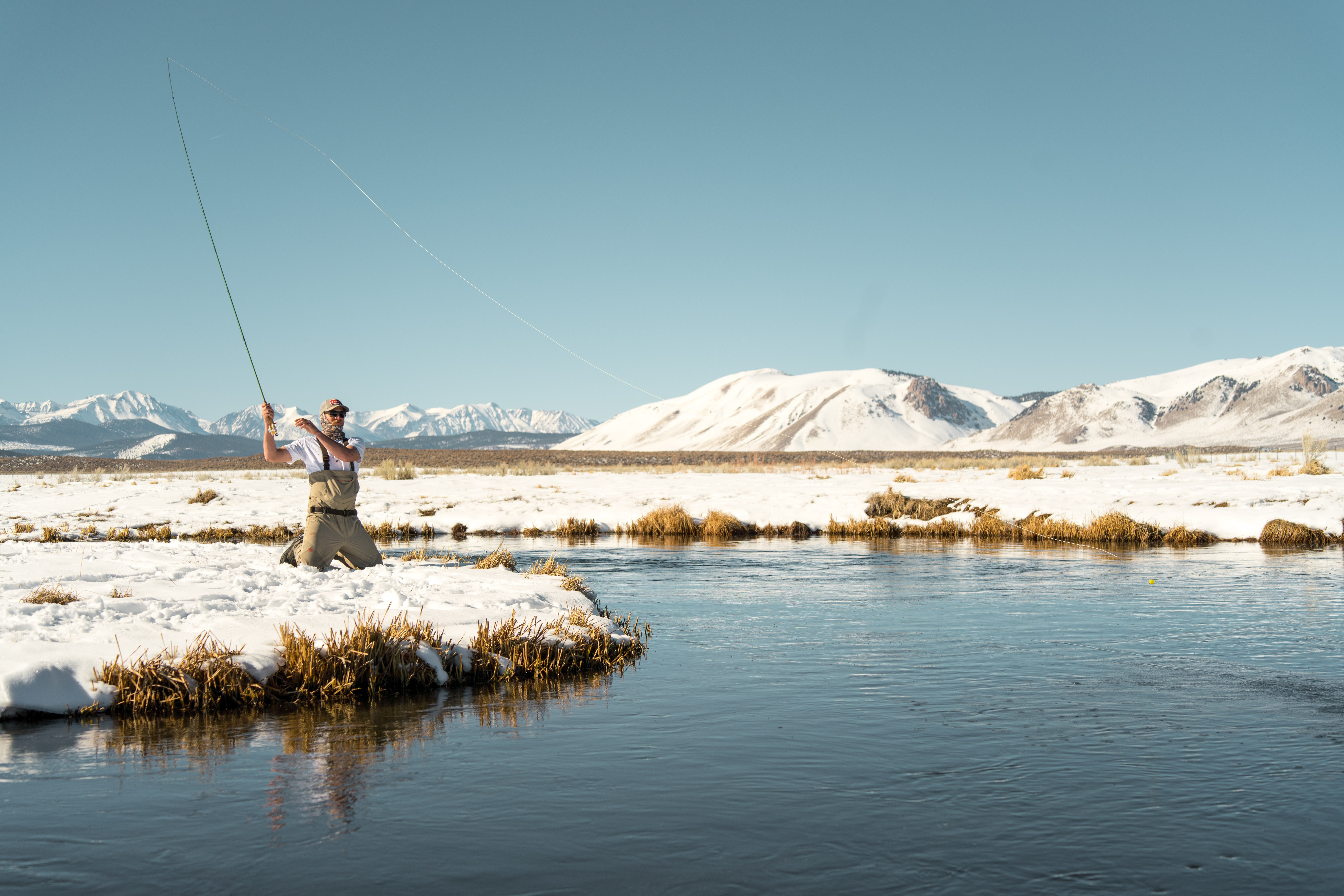
Fishing is a brilliant way to connect with Iceland’s natural environment, providing all those who cast the line with a sense of tranquillity and focus. Thankfully, the Hvítá river is known for being one of the best salmon fishing rivers in the country, offering large stock for anglers and fishermen looking for that prize catch.
Salmon are not found throughout the river but tend to congregate at certain spots, namely where other rivers and tributaries join the greater body of Hvítá. Brown Trout and Arctic Char are also known to frequent the river, providing some diversity to your encounters.
Please be aware that fishing in Iceland without the landowner’s permission is strictly prohibited, and fines await anyone who might attempt to break the rules. Even the landowners themselves are subject to legislation that is far too tedious to go into here. For this reason, we advise taking a fishing trip with a professional tour operator as not only will they know the best spots, but will already have dealt with the legal aspects of the experience.
White Water Rafting on the Hvítá river
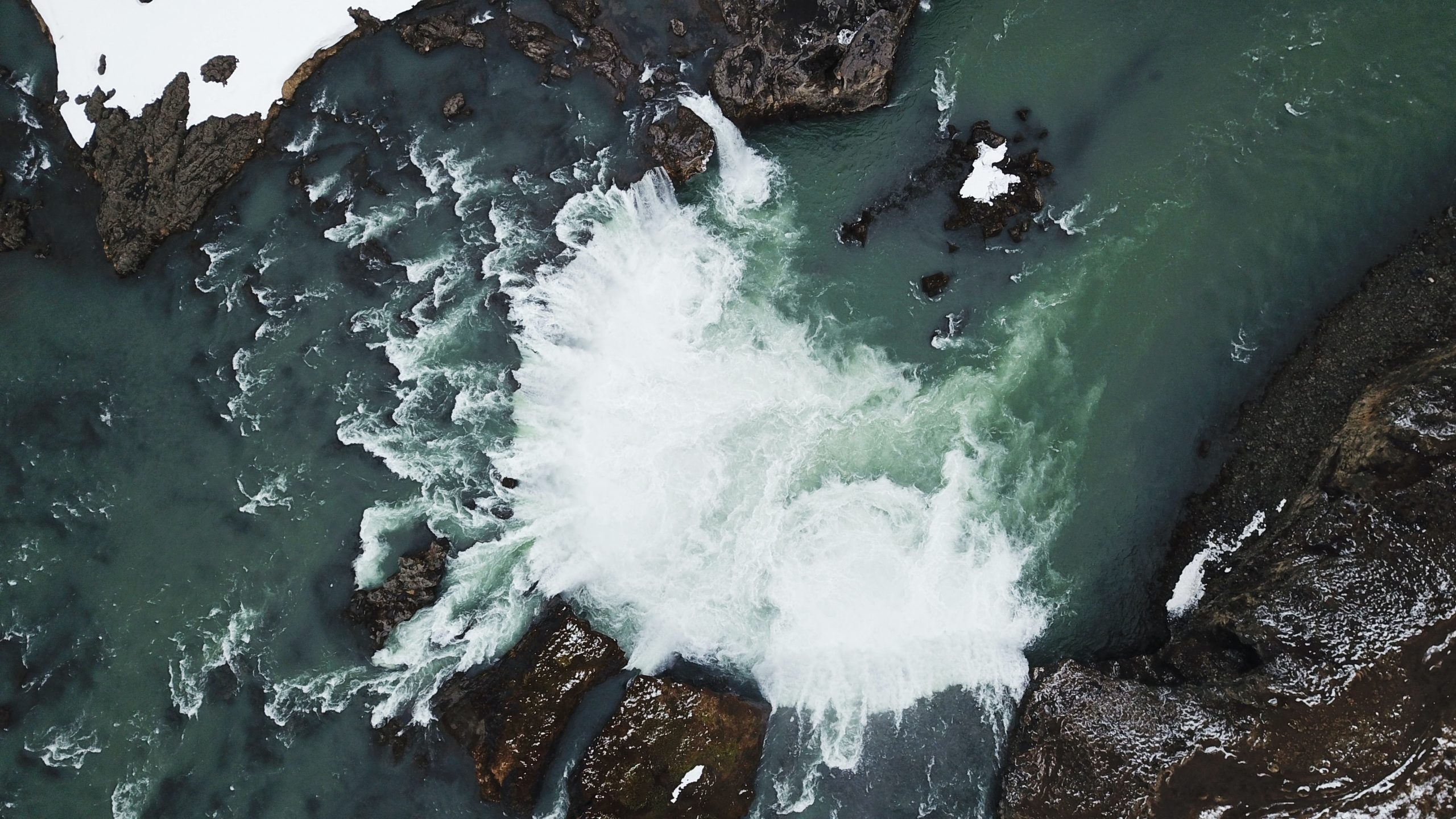
White water rafting is, without question, one of the most thrilling activities that guests can participate in on the Hvítá river. Don’t worry if you’ve never tried your hand at such a thing before; rafting guides in Iceland are experienced, knowledgeable, safety-conscious and, above all, well practised in introducing beginners to the ways of the river.
As you navigate your way through the thrashing waters, you will pass through sites of epic beauty, including the towering walls of Brúarhlöð Canyon. At this site, in particular, it is impossible not to gain some understanding of just how powerful, how influential, the Hvítá has been sculpting the landscape throughout the centuries.
If white-water rafting isn’t your bag, there are other options suited to the solo adventurer. Taking a kayak or a canoe is the best means of setting yourself a fun personal challenge on the Hvita, bypassing the cooperation and numbers necessary for a white-water rafting tour. Just make sure to follow your guide’s instructions throughout, and don’t tackle any rapids that you don’t feel comfortable with.
Gullfoss waterfall
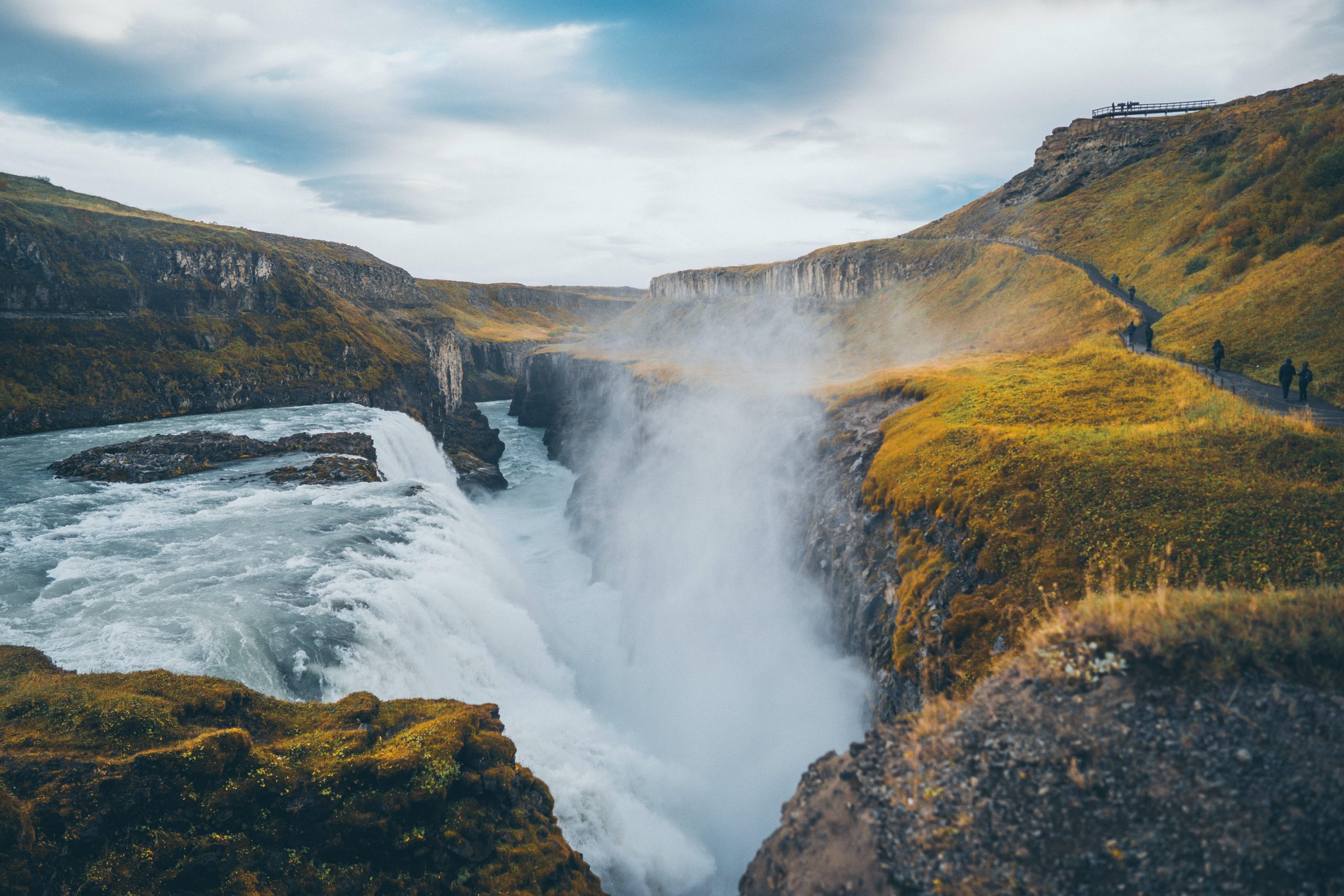
Without argument, Gullfoss waterfall is the river’s most popular addition, drawing crowds in their thousands every year. From two viewpoints, visitors can watch as frothing white water topples a total of 32 metres over two cragged ‘steps’. Such is the Gullfoss’s power that a constant plume of mist is present over the site, and can often be seen en route before the waterfall itself.
Of course, Gullfoss is one of the three main attractions that make up the famous Golden Circle sightseeing route in South Iceland, the other two being Þingvellir National Park and Geysir geothermal springs.
Available to visit in both the summer and winter, we recommend you book our esteemed Golden Circle bubble tour. Aside from having us lead you around the area’s most prestigious sites, you will spend the night looking out for the Northern Lights from your very own transparent bubble accommodation.
What other rivers are in Iceland?
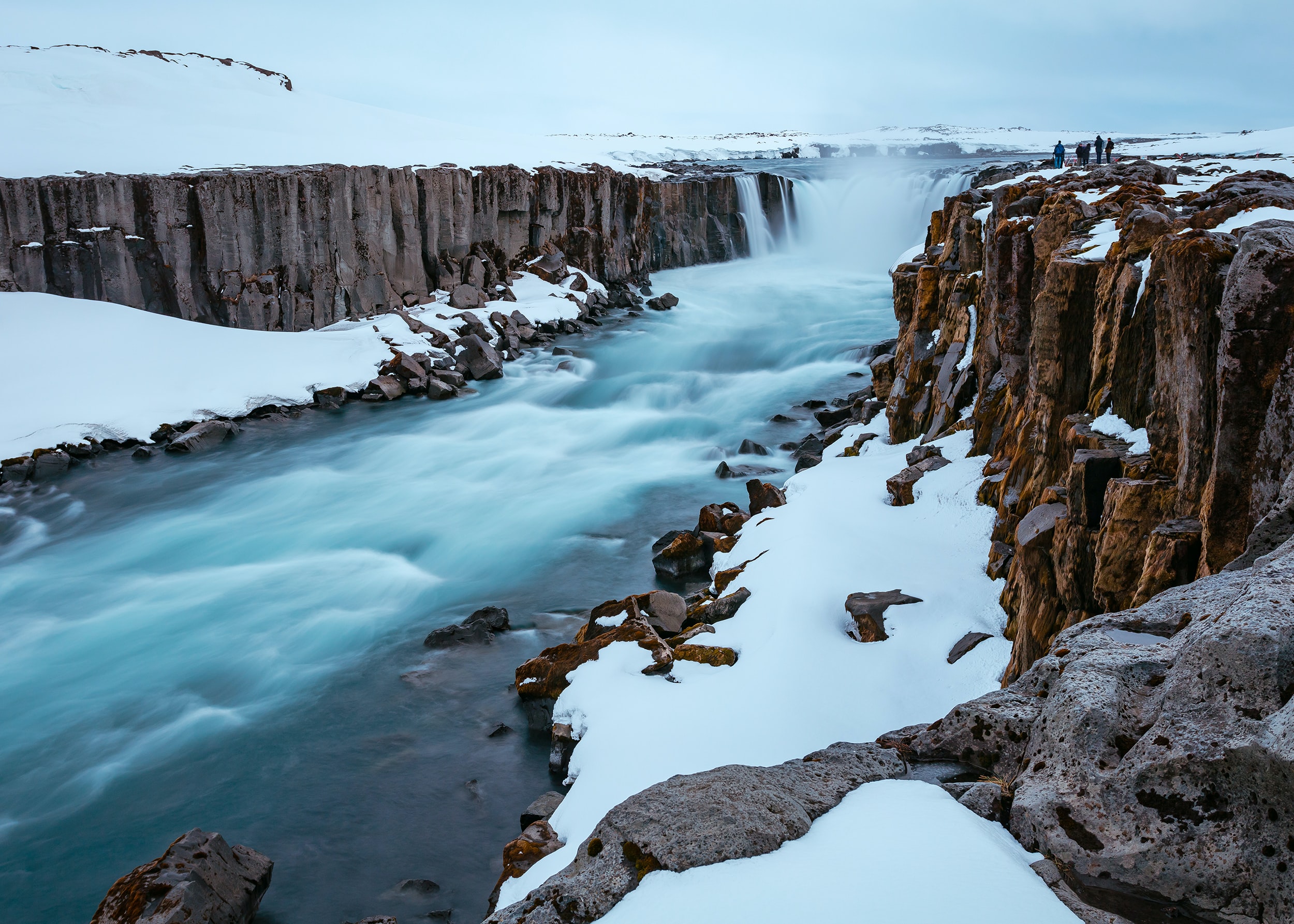
Rivers are plentiful in Iceland, with all the island’s glaciers spouting numerous tributaries from which its water escapes to the Atlantic. While overseas guests might more often visit the Hvítá if only for its proximity to Reykjavik, there are countless other glacial veins that stretch out over this delicate landscape.
Jökulsá á Fjöllum (‘The Glacial Mountain River’) originates from the great glacier Vatnajokull, and is best known for the enormous drop that interrupts its passage; Dettifoss. Often cited as having the most powerful flow rate of any waterfall in Europe, Dettifoss is a dramatic and awe-inspiring powerhouse surrounded by swathes of alien-grey rock formations.
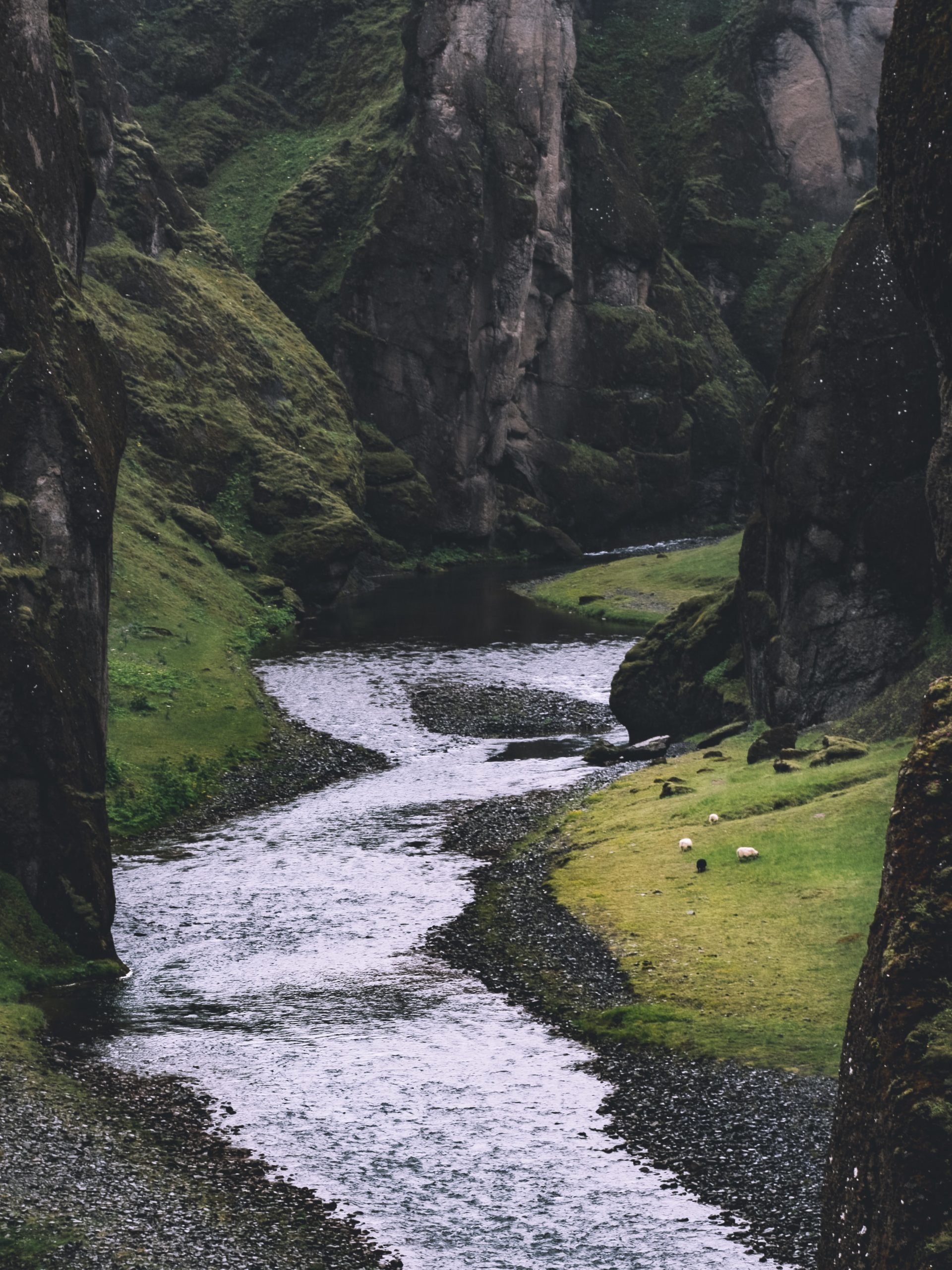
Another important river is the 155 kilometre-long Kúðafljót, which creates staggering colour contrasts as it rushes across the black sand desert of Solheimasandur. To the northwest, the river Blanda travels from Hofsjökull glacier to Húnaflói bay, making picturesque scenery for anyone stopping by the small village of Blönduós.
Other rivers that guests can discover around Iceland include the Fnjóská (‘The River of Dry Wood’), the Jökulsá á Dal (‘Glacial River of the Vale’) and the Skjálfandafljót (‘The River of Tremble’), to name just a handful. If you wish to learn more about Iceland’s rivers, take a glance at the government’s National Parks and Other Protected Areas page.
Make sure to keep an eye on the passing scenery as you travel from region to region; you never know what you’ll discover around the next bend of the river.
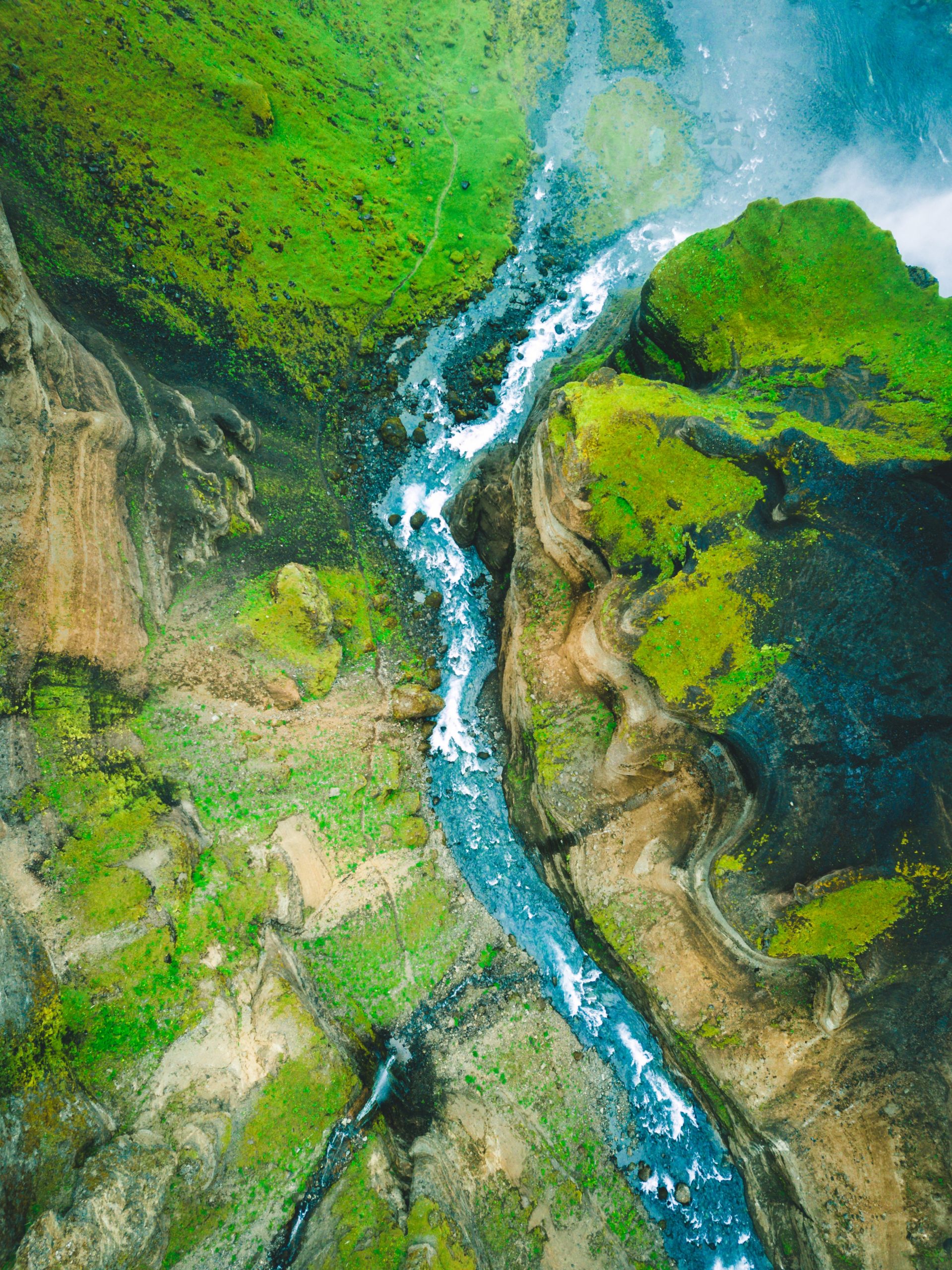
PLAN YOUR JOURNEY
Travelling to Iceland?
Check our overnight tours with a driver guide that includes a one night stay in a bubble.
*Starting from ISK 59.900 per person
Kerid Volcanic Crater Lake | Secrets of the Golden Circle
Kerið Volcanic Crater Lake
By Michael Chapman
Discover this geological gem on the Golden Circle route.
Kerið Volcanic Crater Lake
By Michael Chapman
Discover this geological gem on the Golden Circle route.
Kerid volcanic crater lake lies in Iceland’s Western Volcanic Zone, specifically in a pretty and geologically active part of the country known as Grimsnes. In English, the site is often referred to as Kerith or Kerid.
Kerid has long been a favourite spot among visitors travelling the Golden Circle sightseeing route. Drawing the eye with its vibrant colour and almost perfect form, Kerid has better maintained its shape throughout the years than many other volcanic craters found throughout the area.
Is visiting Kerid volcanic crater worth it?
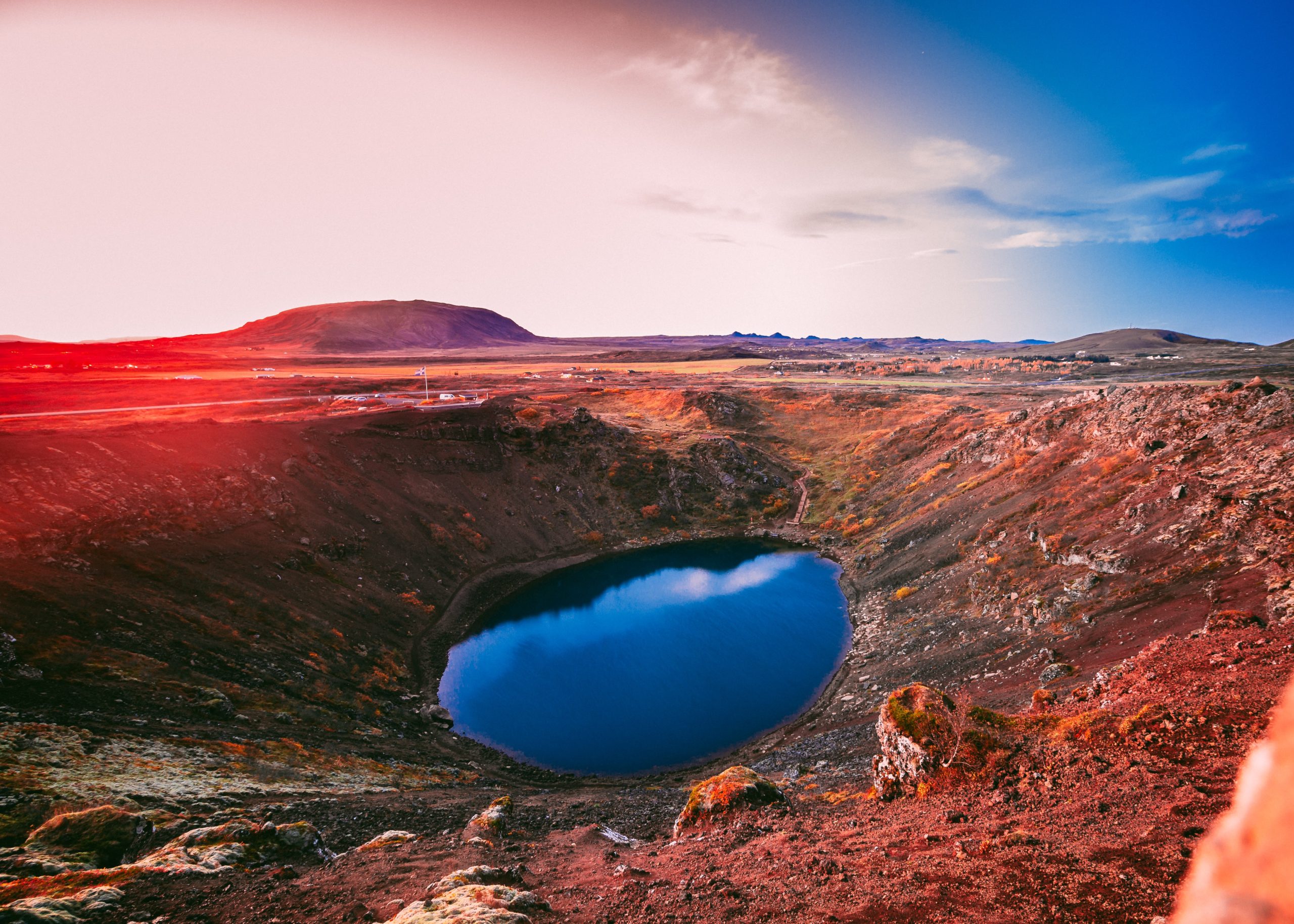
Classified as a side-attraction off the Golden Circle’s three major sites—Þingvellir national park, Geysir springs and Gullfoss waterfall—Kerid crater is more than worth visiting in its own right. This splendid site offers guests a raw insight into natural history while immersed in the majesty of the South Iceland countryside.
Visitors follow a narrow walkway that circumvents the crater, providing brilliant views over the feature as a whole. From this vantage, one can readily appreciate the caldera’s scarlet slopes; loose shag disturbed sporadically by creeping trails of green vegetation, as well as the glittering azure pool that sits at the basin.
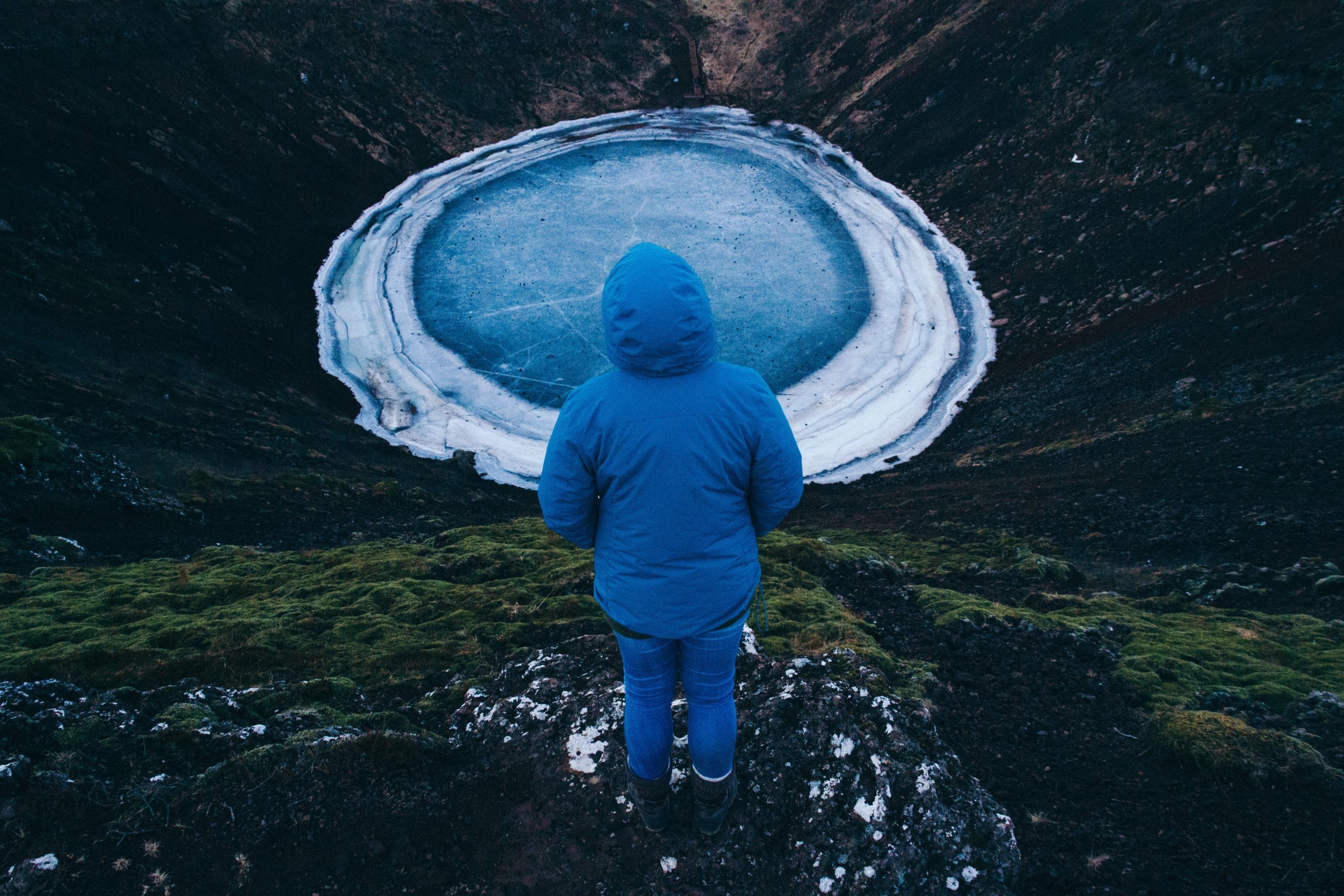
One thing that quickly draws attention upon arrival is the size of the caldera itself. The crater is 55 metres (180 ft) at its deepest point, with a total width of 170 metres (560 ft) on one side and 270 metres (890 ft) on the other.
Guests tend to spend 30 minutes to an hour walking around the crater lip, taking photographs and ogling the surrounding landscape.
Unsurprisingly, Kerid’s beauty has seeped into Icelandic popular culture as the subject of countless artworks and local projects. Previous years have also seen musicians perform at the crater whilst floating atop its lake. The most famous example showcased the Icelandic icon, Björk, who sang there in 1987 as spectators watched on from above.
Kerid volcanic crater’s allure is just as great for scientists and historians studying Iceland’s geological heritage, as well as any visitor hoping to experience this subarctic island’s most unique treasures.
PLAN YOUR JOURNEY
Travelling to Iceland?
Check our overnight tours with a driver guide that includes a one night stay in a bubble.
*Starting from ISK 59.900 per person
How did Kerid volcanic crater form?
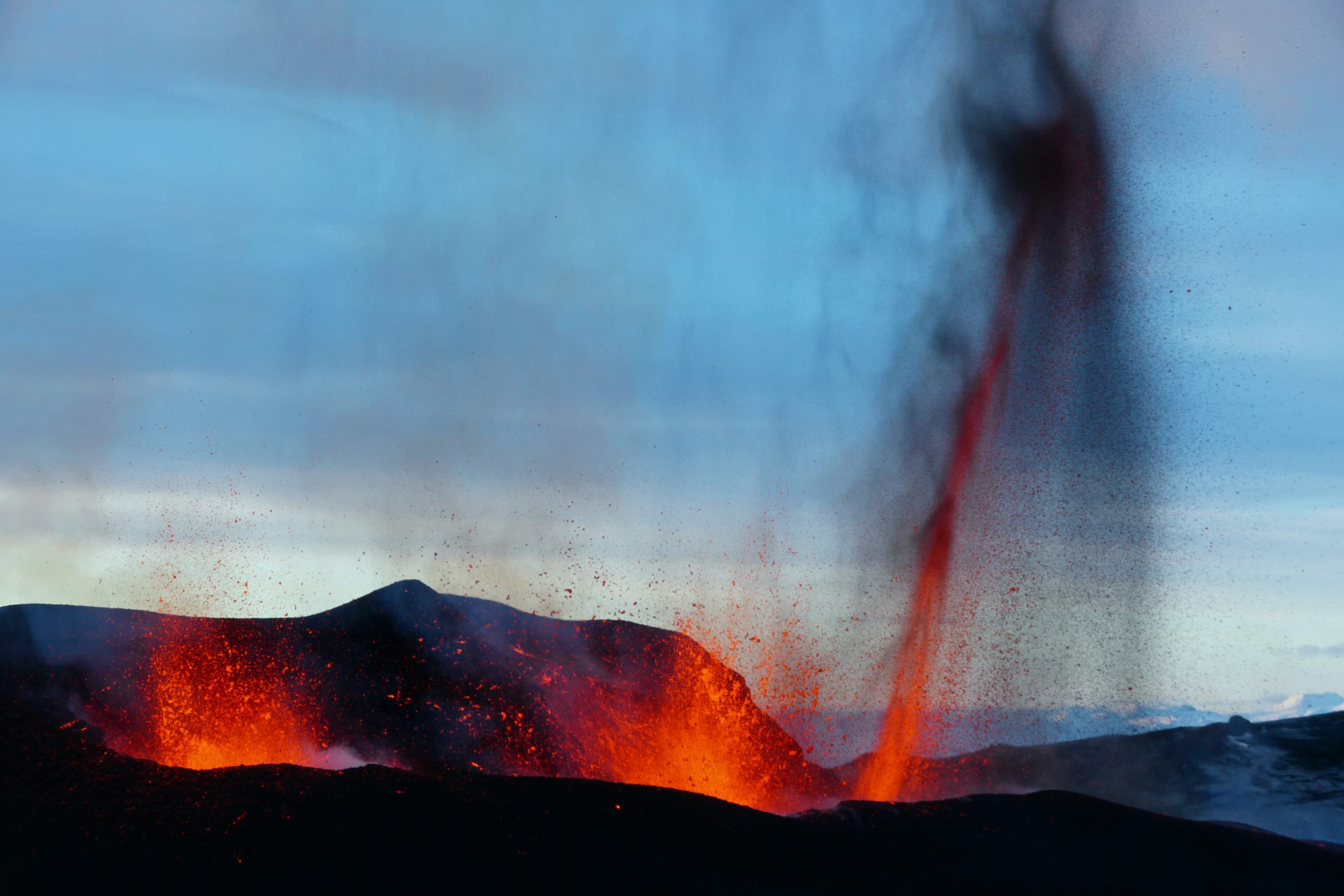
Scientists believe Kerid volcanic crater to be around 6,500 years old, considerably younger than most craters of its kind found in Iceland. Its vibrant red slopes are a clear sign of this geological youth, as the iron deposits found in the rock have not yet turned black.
Though the events that led to Kerid volcanic crater’s formation happened many thousands of years before the first settlers first arrived, logical guesses can still be made about its history.
Given its shape and clean diameter, it is widely accepted that the crater was formerly, at one point or another, a cone-shaped volcano that collapsed after depleting its magma reserve.
How deep is Kerid volcanic crater?
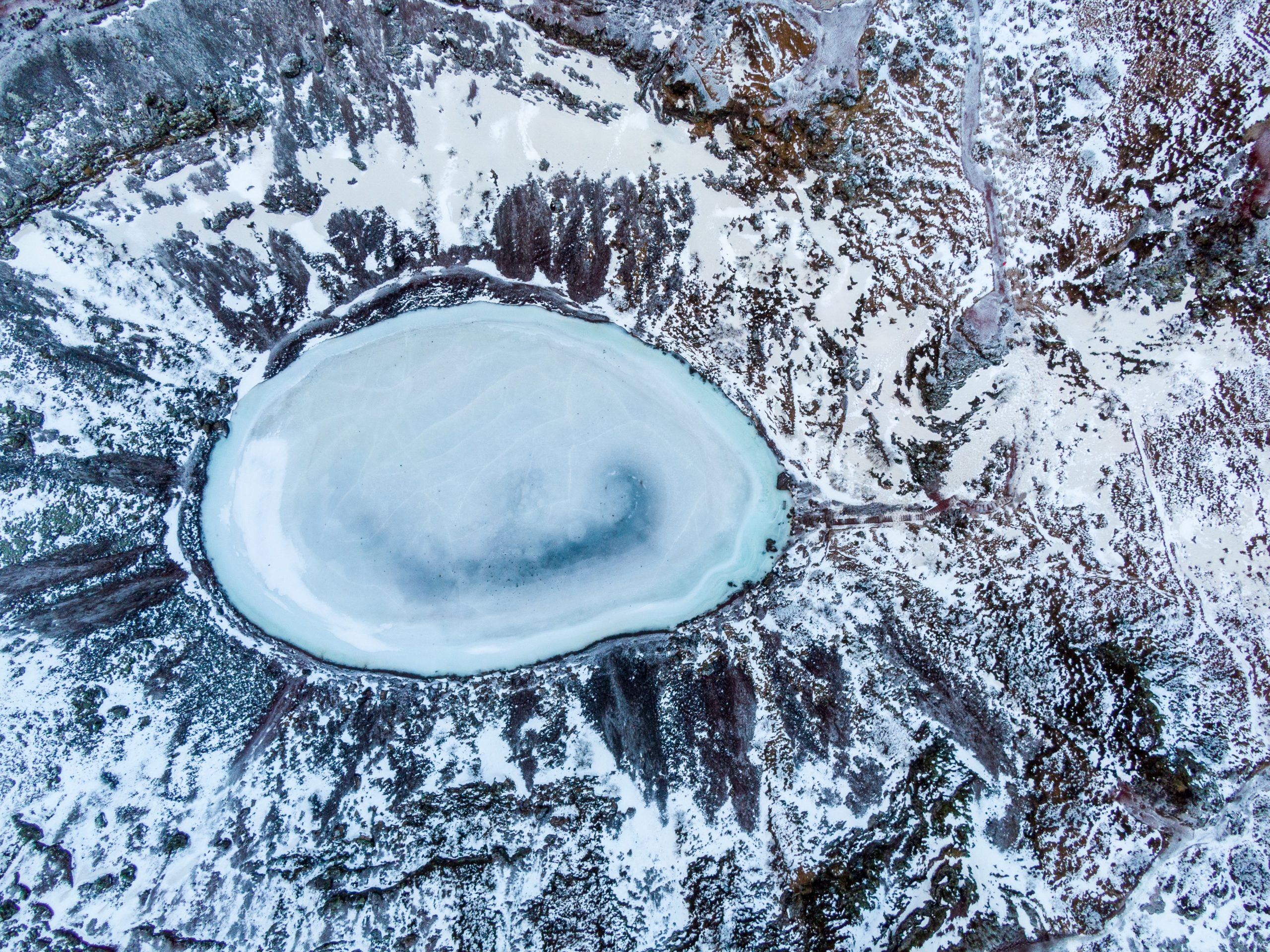
While the water at Kerid volcanic crater might appear like a vast and infinite mirror, the pool is relatively shallow, no more than 7-14 metres at any given time.
Interestingly enough, the lake is not caused by rainfall but levels out at what’s known as the water table, or the zone of saturation. The zone of saturation describes a depth in the ground where rocks are wet-through with water. At Kerid volcanic crater, it is the upper-layer of this zone that guests can see. With that said, how high the water is at any given time can depend on the weather.
Practical information about visiting Kerid volcanic crater

Driving the Golden Circle sightseeing route in Iceland is about the most fun and exciting trip an independent traveller can take. With time to breathe between stops and privacy in the vehicle, self-drivers have the great benefit of being responsible for setting their own pace, allowing for the sculpting of a more personal vacation experience.
Below, you can read the time and distance it will take to drive between Kerid, the capital city and the major attractions on the Golden Circle route:
Kerið to Reykjavik 56 min (68.8 km)
Kerið to Geysir 36 min (46.4 km)
Kerið to Gullfoss 46 min (56.0 km)
Kerið to Þingvellir 38 min (43.2 km)
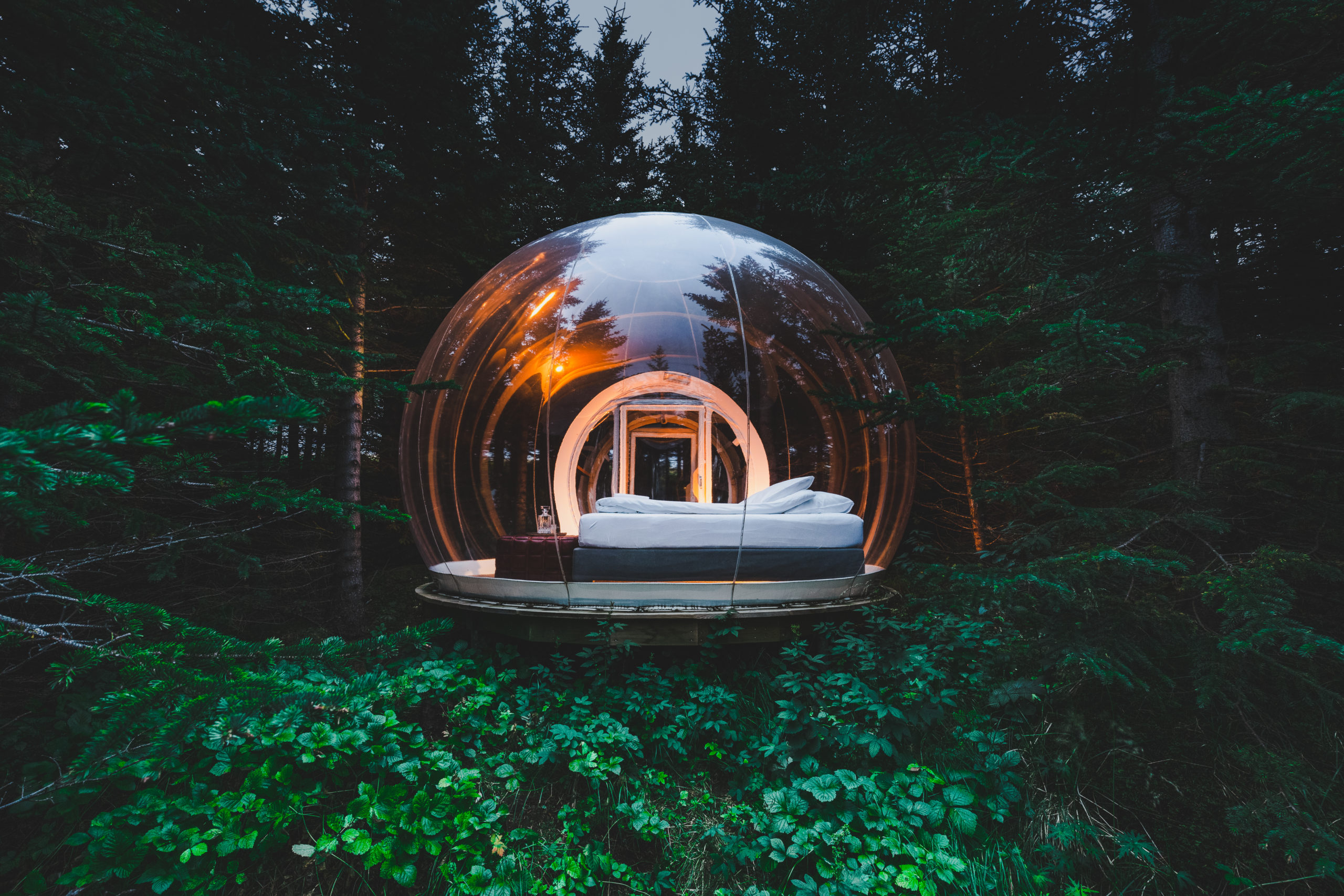
If you are looking to book a guided Golden Circle tour with a professional agency, make sure to double-check before departure that Kerið crater is a scheduled stop. As stated, the crater is not considered among the three top attractions, so will not be prioritised during the experience.
Guided tours come with many benefits: a personable and informative guide, hidden secrets, interesting tidbits and, importantly, leaving the driving to someone else.
If you are interested in experiencing the Golden Circle, plus other secret delights en route, be sure to check out our Golden Circle Bubble tour.
Not only will you and your partner embark on the sightseeing adventure of a lifetime, but we will also provide you with a transparent bubble in which to spend overnight and look out for the Northern Lights.
Visitors should note that there is a parking fee of 400 ISK on-site. While this is unusual and somewhat unwelcome considering most natural attractions are free to visit in Iceland, the money you spend will help the landowners make sure Kerid volcanic crater is looked after for many years to come.
Are there other volcanic craters in Iceland?
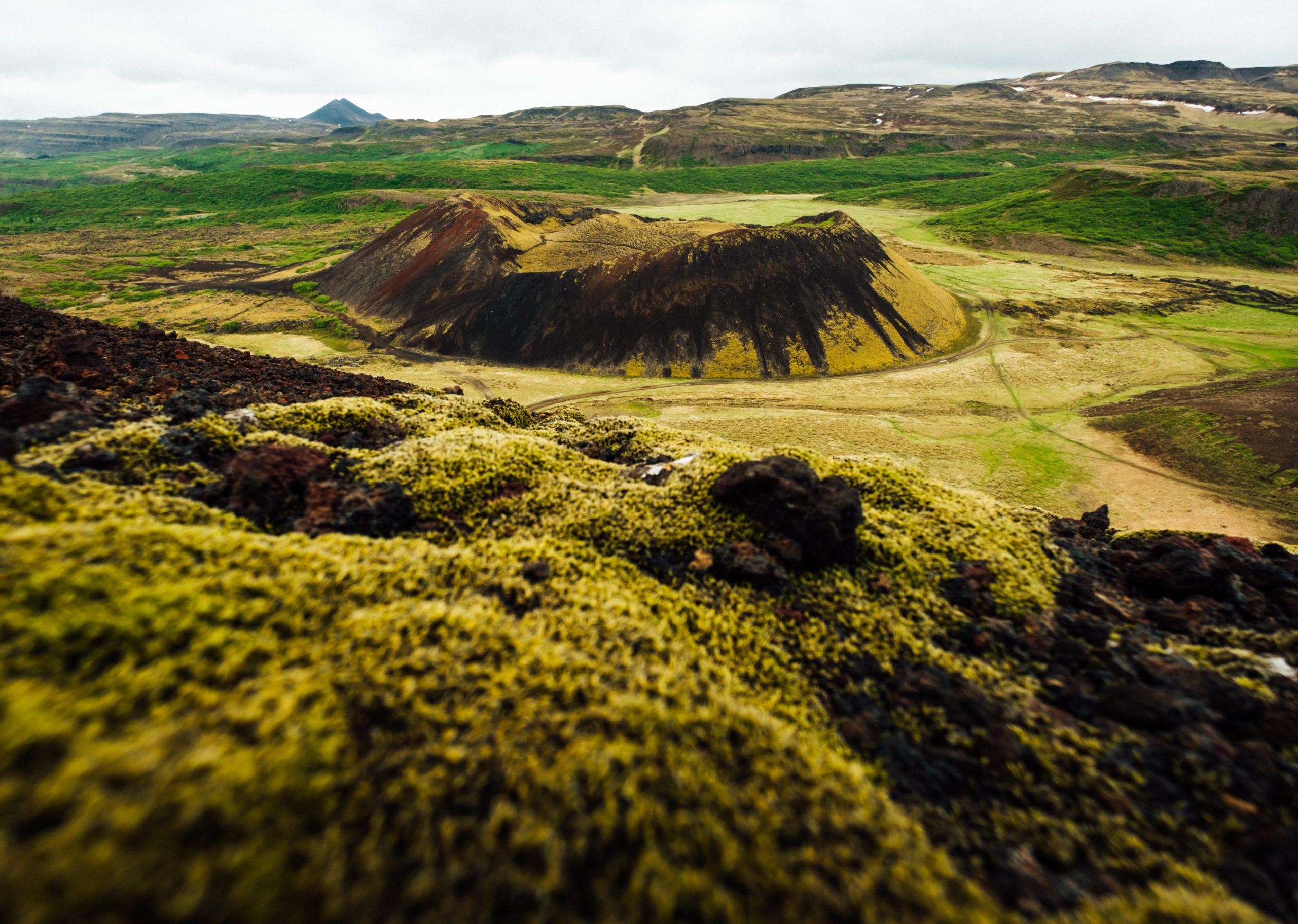
Seyðishólar and Kerhóll are volcanic crater clusters also found in the Grímsnes area. Both are between 5,000 – 6,000 years old, roughly the same age as the Grímsnes lava fields surrounding them, and are the tallest craters in the area. It is fantastic fun to hike up these colourful calderas on clear days, taking in the incredible views around you.
Another popular crater is Saxhóll, located on the western tip of the Snaefellsnes Peninsula. Sitting at the base of the domineering stratovolcano, Snæfellsjökull, Saxhóll comes complete with an award-winning spiral staircase that leads guests to the crater’s highest point. From up here, you’ll have staggering views over the peninsula, which is nicknamed ‘Iceland in Miniature’ thanks to the wealth and diversity of its attractions.
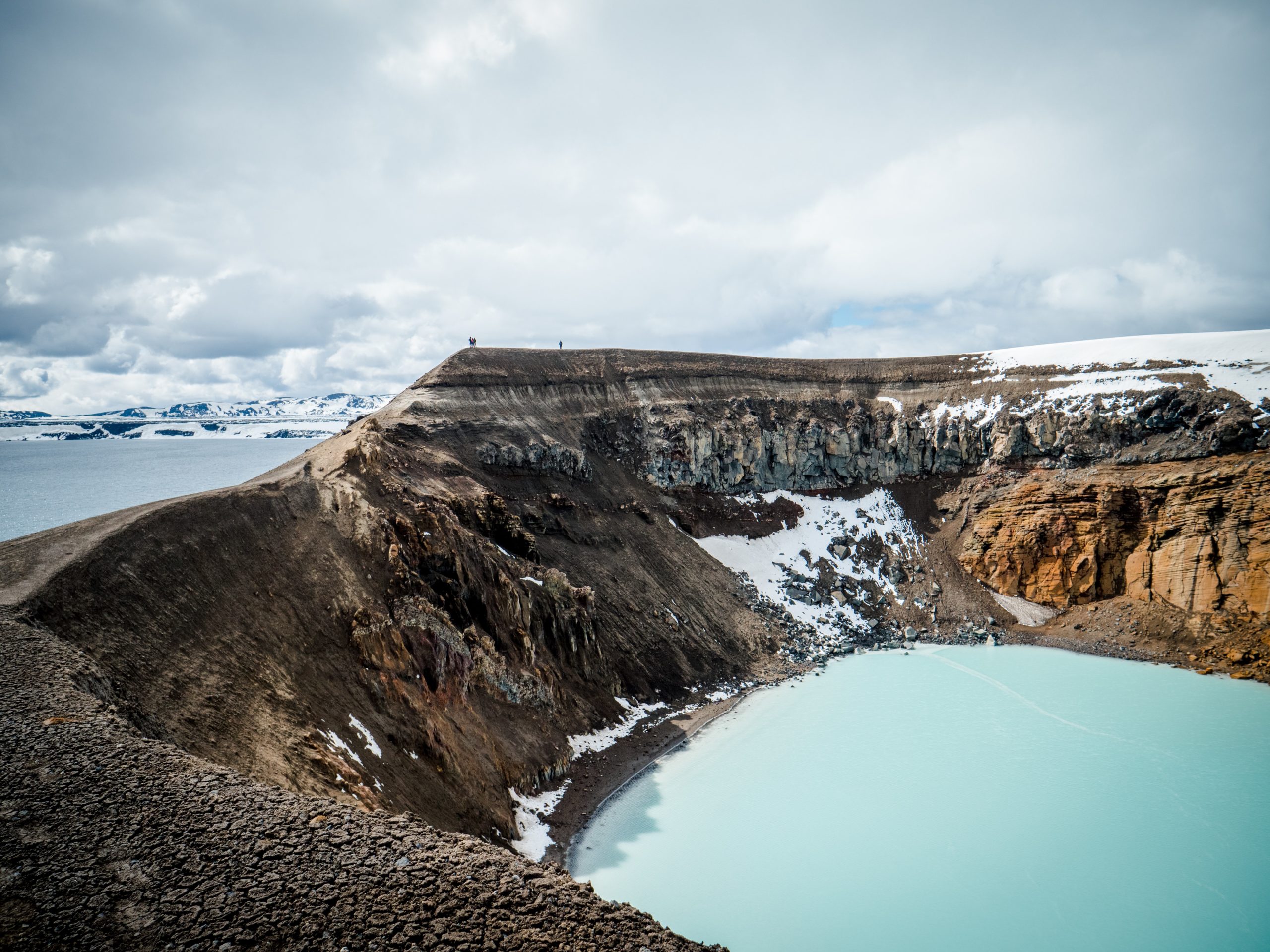
Those looking for more dramatic, more remote craters, then Askja in the Icelandic Highlands is for you. At the bottom of this crater is an aquamarine pool known as Viti; reminiscent of Kerid, but far more extensive in scope.
Alternatively, Eldfell crater in the Westman islands makes for a fascinating and thrilling discovery, especially when you consider the violent eruptions that took place there as late as 1973.
There are, of course, many more lava fields, craters, geothermal beds and volcanoes to be found across Iceland—too many to mention here, by some stretch.
But, if you are interested in learning more about the epic sightseeing opportunities available to you, we recommend our Secrets of the Golden Circle articles, including Faxi and Bruarfoss waterfalls.
PLAN YOUR JOURNEY
Travelling to Iceland?
Check our overnight tours with a driver guide that includes a one night stay in a bubble.
*Starting from ISK 59.900 per person
Brúarfoss Waterfall | Secrets of the Golden Circle
Brúarfoss Waterfall
By Michael Chapman
Discover its stunning blue waters.
Brúarfoss Waterfall
By Michael Chapman
Discover its stunning blue waters.
Brúarfoss waterfall sets itself apart thanks to its fantastical aesthetic and lack of crowds. This beautiful feature is one of the many side-attractions found on Iceland’s famous Golden Circle sightseeing route.
Brúarfoss is part of the Brúará river, which is composed of meltwater from west Iceland’s largest glacier, Langjökull. Due to these icy origins, the waterfall is a vibrant aquamarine; a shade so rich and breathtaking, so unnatural in appearance, that its waters have long been an essential stop for passing nature-lovers.
For this reason solely, Brúarfoss is sometimes referred to by guides as ‘Iceland’s Bluest Waterfall’, though this has nothing to do with the meaning behind its proper name. Brúarfoss actually translates to ‘Bridge Falls’, coined after a dramatic rock arch that once crossed over the feature, but has long since disappeared due to erosion. Do not get this confused with Barnafoss waterfall in West Iceland, which was also famous for a rock arch that no longer exists.
Today, the river Brúará runs vast and powerful through the landscape, only narrowing into a sharp crevasse at the point where the waterfall drops. Such unique geometry is serene and visually striking, despite the fact the waterfall is only around 5 metres in height. This filtering over the rocks in snaking tributaries helps disturb the water and create vivid tones of white and blue.
How to get to Brúarfoss Waterfall
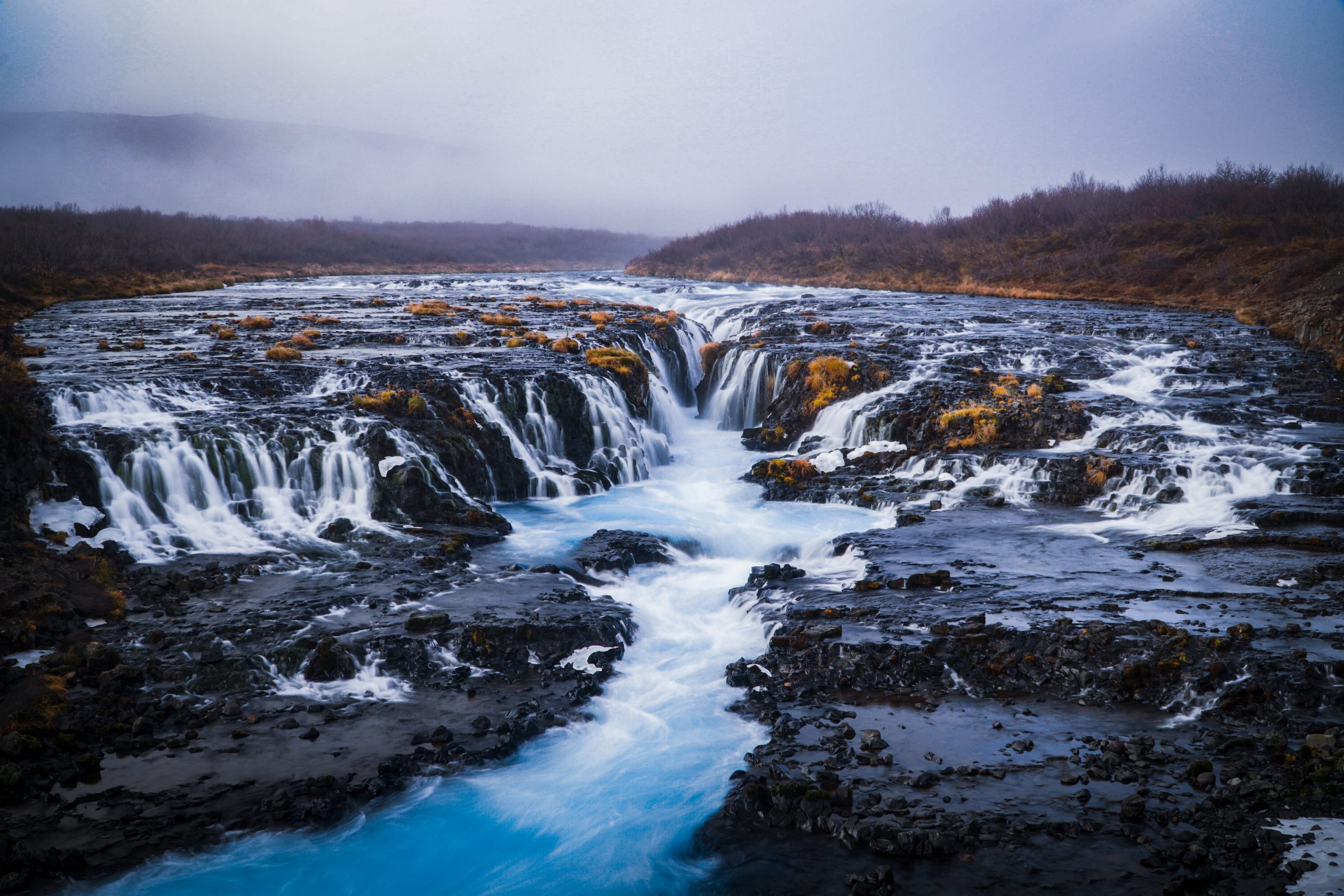
Visiting this stunning waterfall first requires a pleasant hike through the Icelandic countryside. Unlike many other features in this country, Brúarfoss is not accessible from the road but is instead tucked away, just out of reach of those not willing to make the extra effort. All in all, it will take around three hours walking to and from the waterfall, a round-trip just short of 7.8 kilometres (4.5 miles).
Its distance from the car park might be the leading reason why Brúarfoss does not get the attention and appreciation it rightfully deserves. Though small in size, it offers colour and action in what are otherwise peaceful surroundings; a real hidden gem if ever there was one.
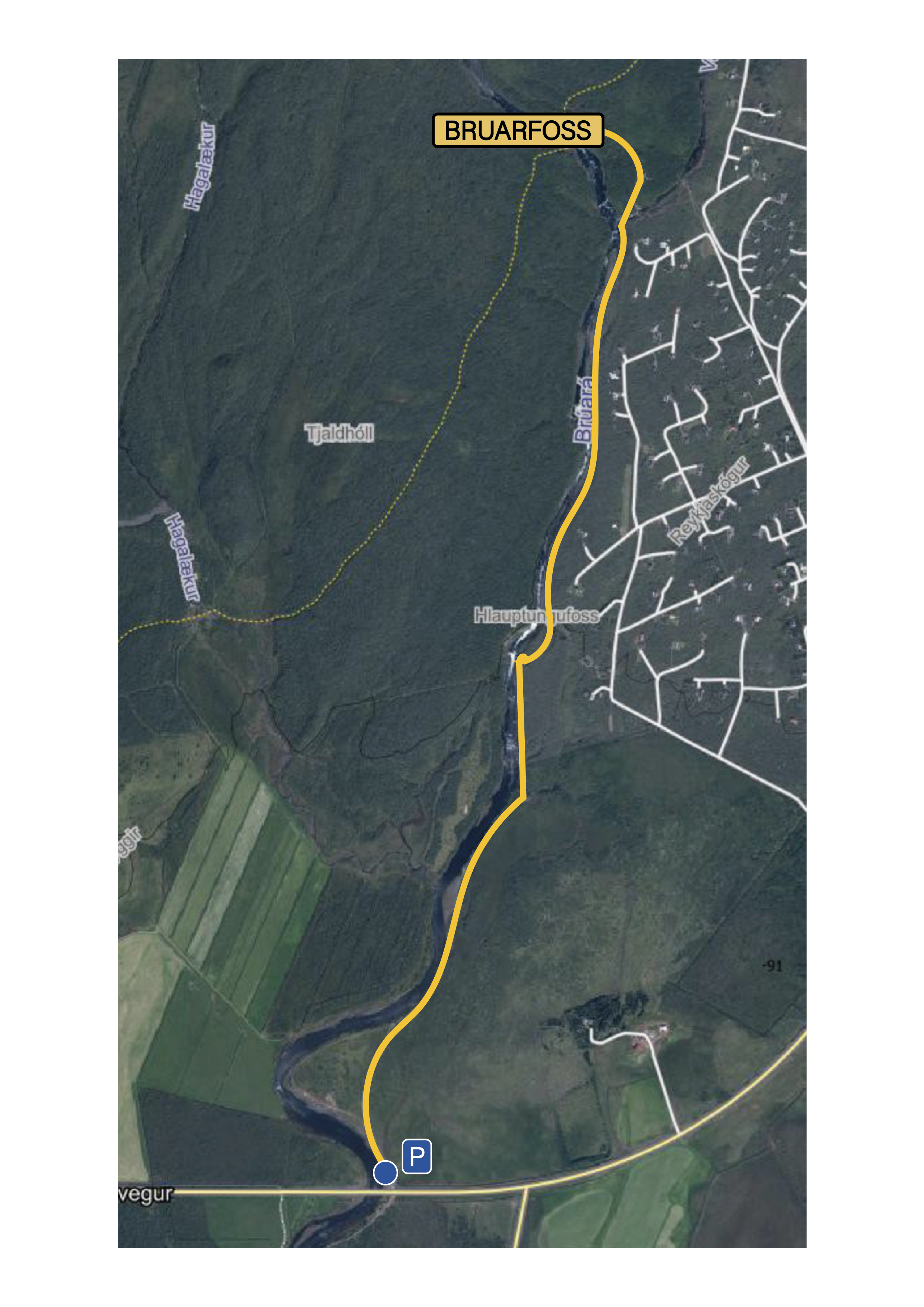
The hike is a fabulous experience in itself too, offering the chance to observe local wildlife, get some exercise and acknowledge the lush beauty around you. Throughout your hike, you will be following bends in the Brúará river, venturing ever further into a landscape of tufty green hillsides and stark volcanic ridges.
You will also discover two smaller waterfalls en route; Hlauptungufoss and Midfoss. While lacking the drama of their neighbour just up the river, both these falls offer that same depth of blue and make for both appealing photographs and welcome companions of the trail.
If you are travelling to the waterfall directly from Iceland’s capital, Reykjavik, expect a journey of 91 miles, roughly an hour and twenty minutes in the car. Driving is your only option unless you’ve booked a private tour specifically mentioning a visit to Brúarfoss as no public transport goes to the site.
PLAN YOUR JOURNEY
Travelling to Iceland?
Check our overnight tours with a driver guide that includes a one night stay in a bubble.
*Starting from ISK 59.900 per person
Is Brúarfoss waterfall closed to the public?
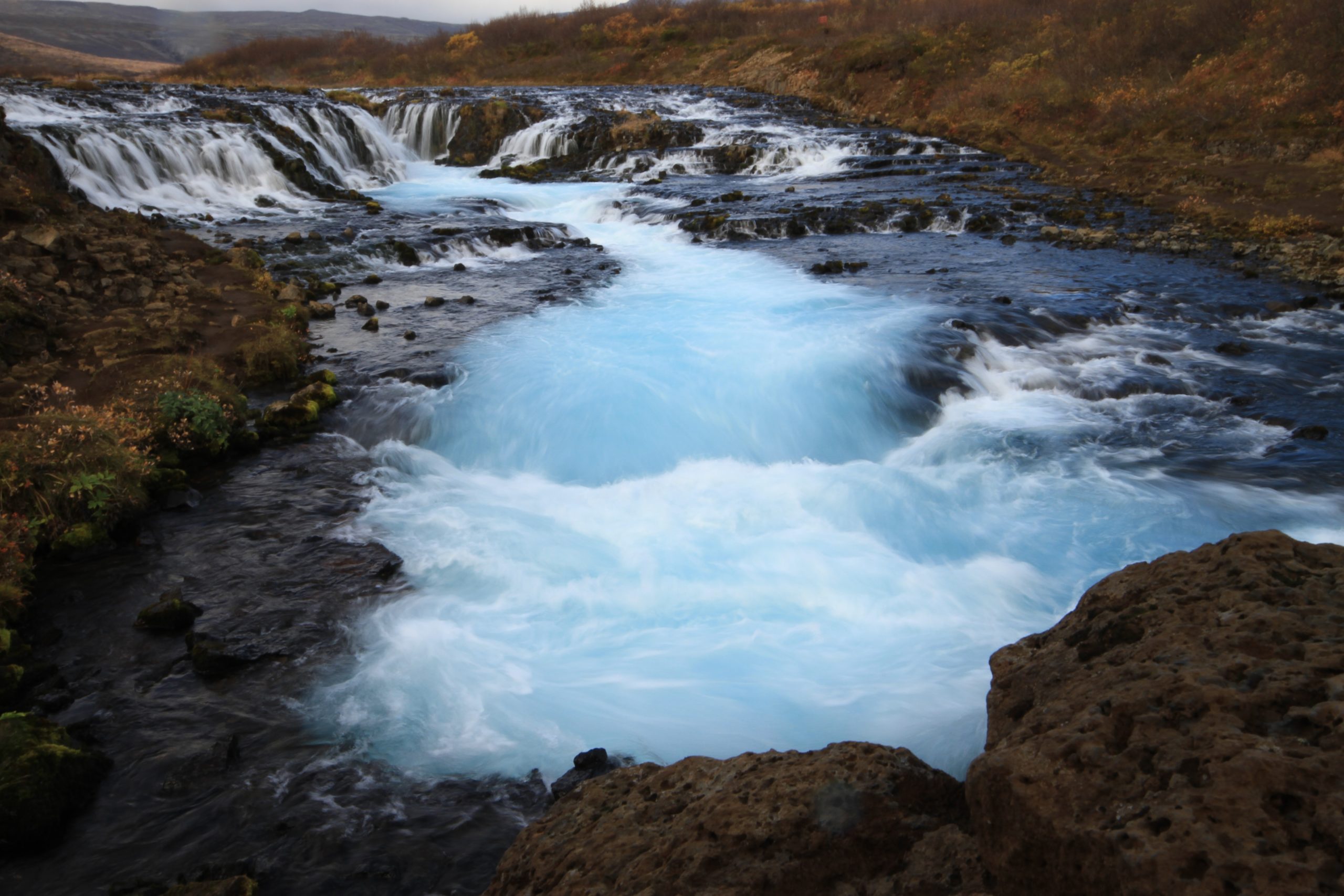
Beware, there is misinformation posted online claiming that visiting Brúarfoss is no longer possible. Such statements are not valid, though there have been changes made regarding how guests can access the site. Being aware of these changes is particularly useful for repeat visitors to Iceland who hope to discover the waterfall for a second time.
In previous years, there was a short walking trail that led directly from a small car park on the river to the cascading blue waters themselves. However, one of the landowners decided to close the path, leaving overseas guests no option but to take the longer route round.
While this might sound harsh and curmudgeonly, this denial of access resulted from visitors leaving litter, debris (and even worse) on the trail, disregarding barriers and stop signs, and even treading through the private gardens of nearby summer homes. As was to be expected, the locals finally had enough of the poor behaviour.
By enlarge, most visitors to Iceland are respectful and conscientious, but there is always a minority who think themselves above the rules. Our environment, no less our home, is very fragile, so please make sure to pay nature the utmost respect during your visit to Iceland, leaving nothing behind but footsteps wherever you go.
Is it worth visiting Brúarfoss waterfall?
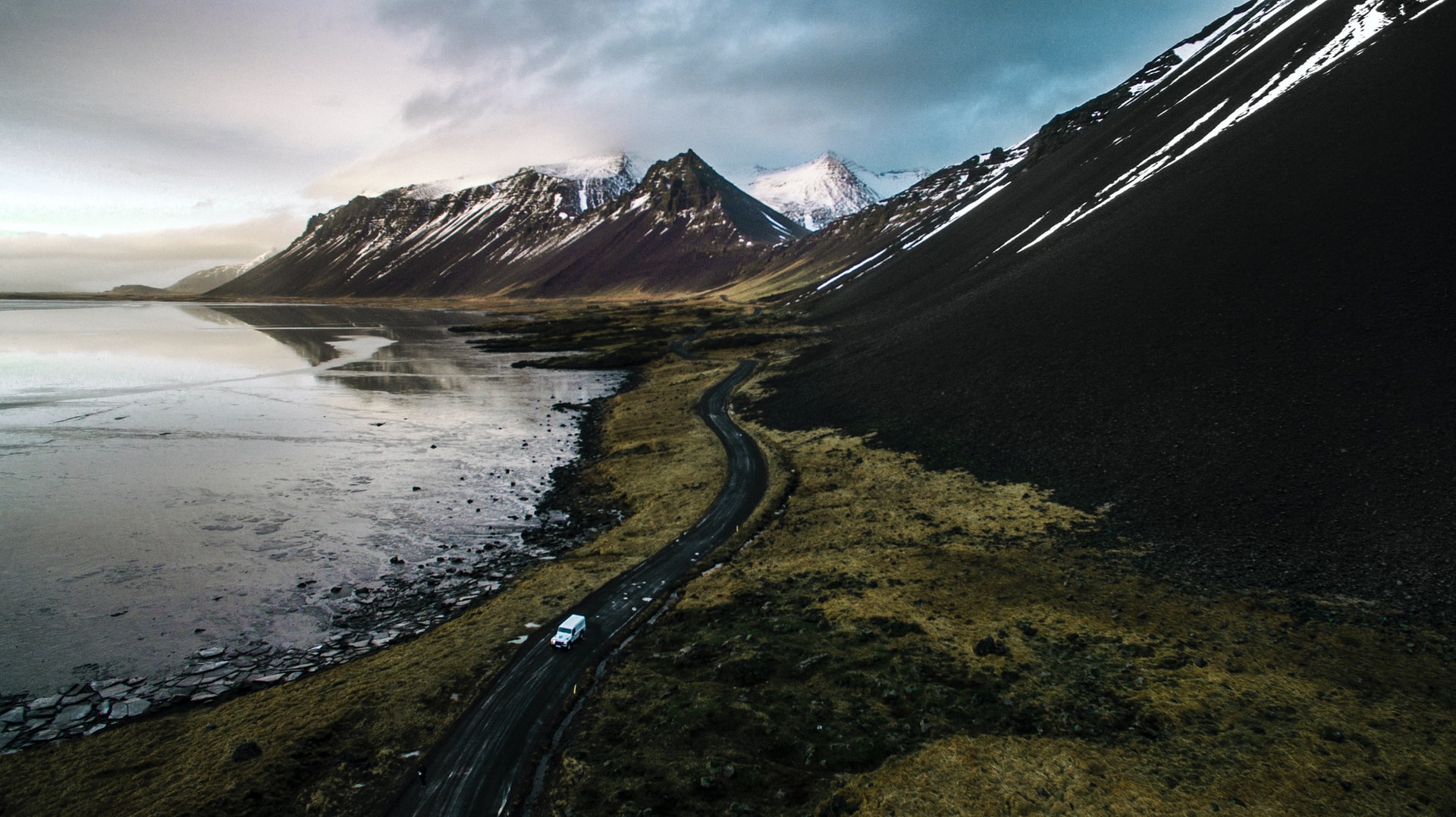
As we’ve mentioned, visitors can find Brúarfoss waterfall near the Golden Circle route’s three major sites. The waterfall is around 25 kilometres from the far more dramatic Gullfoss, and only 15 kilometres from the steamy pools of Geysir geothermal springs.
One should make a detour to Brúarfoss after a morning spent in Þingvellir National Park so as to best maximise your time on the road. Such proximity to Geysir and Gullfoss makes it an easy diversion while exploring places that have made South Iceland famous worldwide. Just make sure to account for the time hiking, and even split your Golden Circle into two days if that is preferable.
Time management during your holiday is vital as there are many memorable attractions on the Golden Circle vying for your attention. For instance, intrepid sightseers can see other waterfalls en route besides Brúarfoss, namely the stunning Faxi, and the lesser-known Helgufoss and Thorufoss. Given that fact, one must decide which sites to prioritise before setting out.
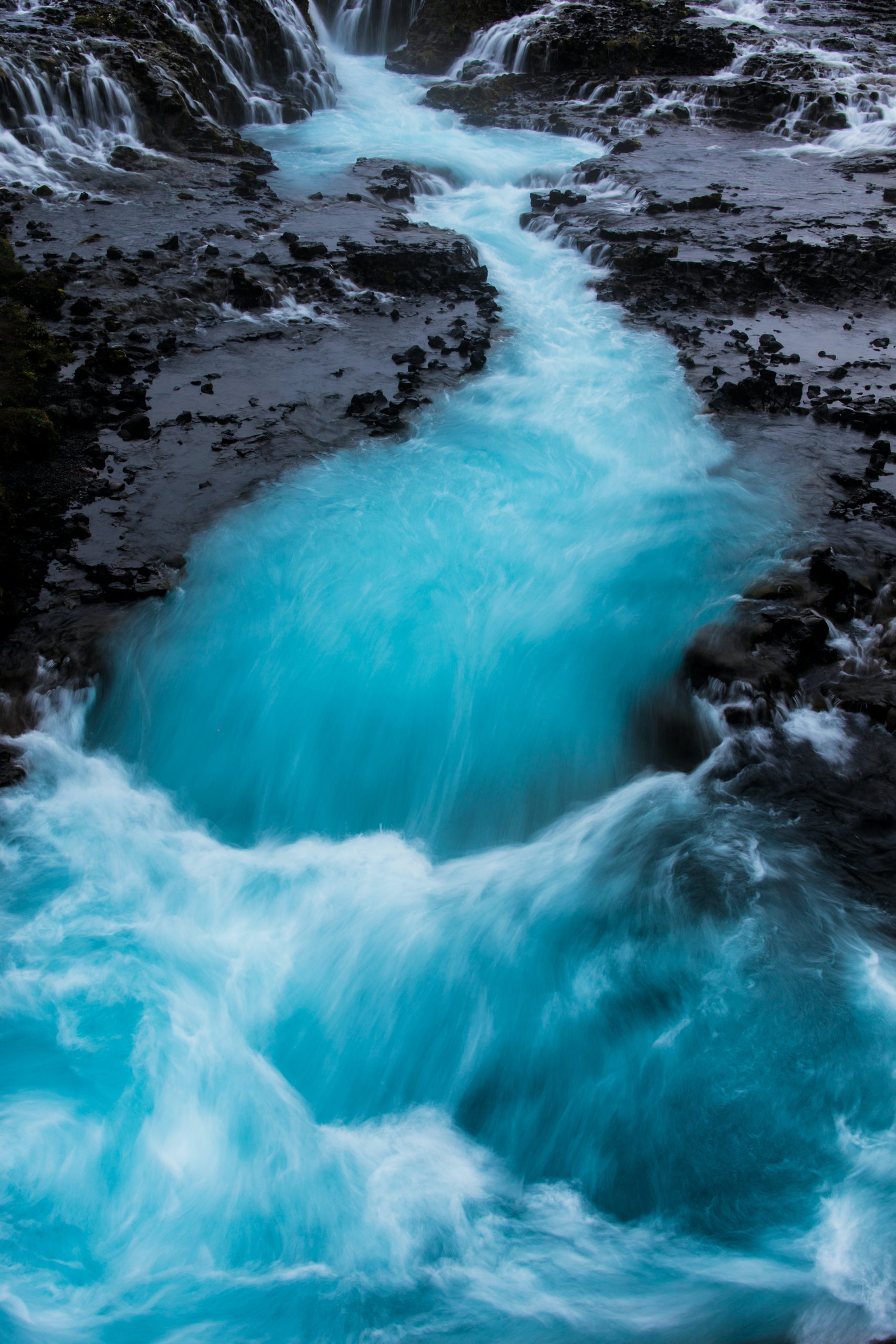
Of course, many other points of interest do not involve cascading water, including Kerid volcanic crater, Fridheimar tomato farm or Iceland’s oldest outdoor pool, the Secret Lagoon. In short, there is so much to see and do in South Iceland that it would take months to discover it all.
If you do decide to visit Brúarfoss waterfall, you’ll be blessed with one of the country’s most awe-inspiring water features; an attraction that is not bolshy or brash, but charming, subtle, even ethereal in its beauty. Keeping the hike in mind, you’ll want to ensure you are dressed in several warm clothing layers, as well as a pair of hiking boots capable of conquering the trail’s rough terrain.
If you plan on visiting the Golden Circle and all it has to offer, make sure to read our feature articles, Driving the Golden Circle in Summer and Driving the Golden Circle in Winter.
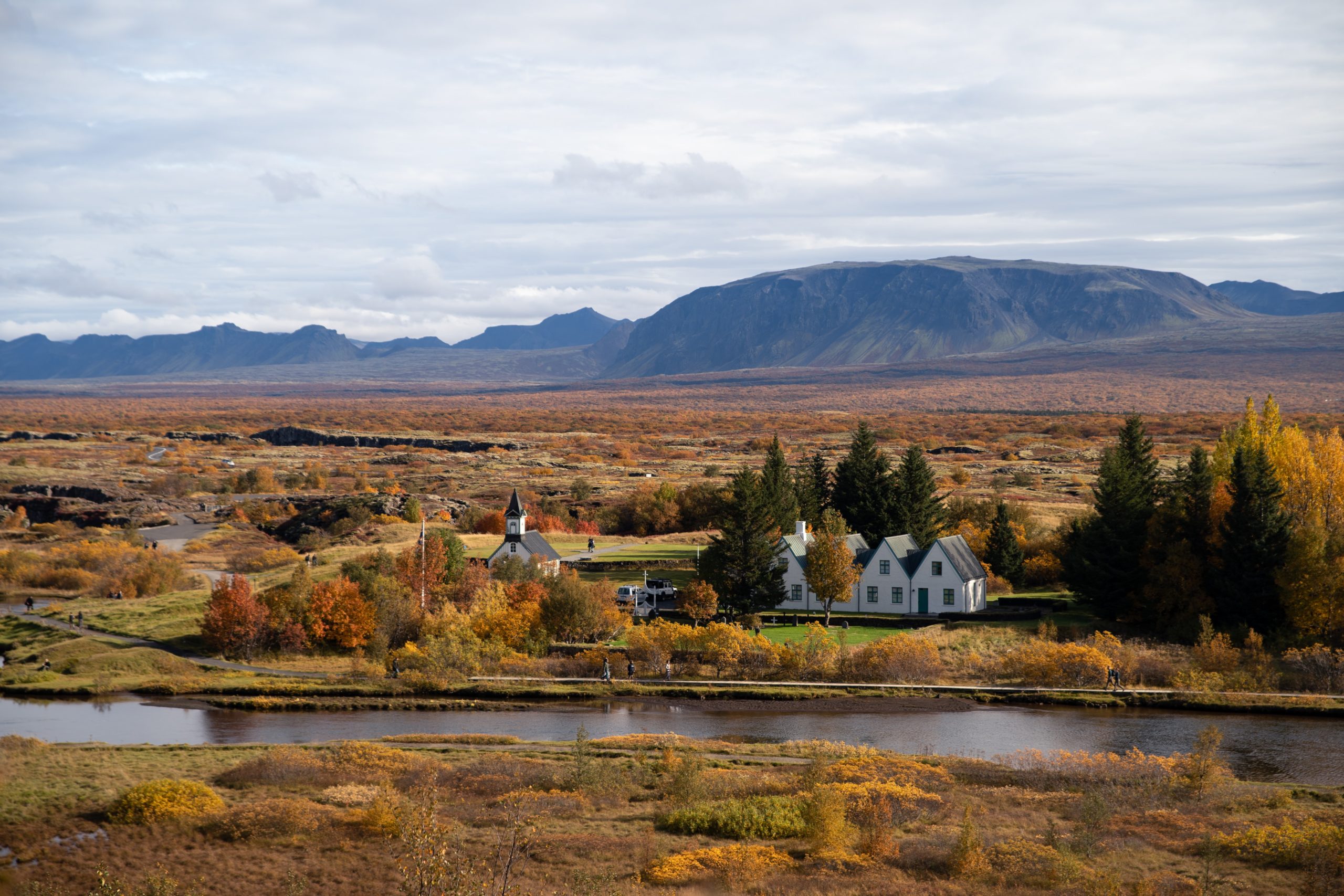
PLAN YOUR JOURNEY
Travelling to Iceland?
Check our overnight tours with a driver guide that includes a one night stay in a bubble.
*Starting from ISK 59.900 per person
Faxi Waterfall | Secrets of the Golden Circle
Faxi Waterfall
Faxi waterfall is a true gem in South Iceland.
Faxi Waterfall
Faxi waterfall is a true gem in South Iceland.
Faxi waterfall is an impossible place not to fall in love with.
With a short drop enclosed by shrub-strewn meadows and tight patches of pine forest, these breathtaking rapids spread across the riverbank to create a welcome, picturesque addition to South Iceland’s scenery.
Faxi is found on the Golden Circle sightseeing route, a mere five-minute detour off the main trail. It is considered a side-attraction rather than a major one because it is far more serene, and far less powerful, than nearby Gullfoss waterfall.
For that reason, Faxi—or Faxa, as it is sometimes referred to—is considered lower in rank than its neighbours, but that does not mean it is any less worthy of admiration. The main sites that comprise the Golden Circle are Þingvellir National Park, Geysir geothermal springs and Gullfoss waterfall, though just like Faxi, there is much more on offer for those who know where to look.
If you are planning on experiencing this area during the coming year, make sure to check out our fantastic Golden Circle Bubble experience. Not only will we ferry you to each top site, but will also provide a transparent bubble from which you can spend the night looking out over the Northern Lights, or landscapes bathed under the Midnight Sun.
The waterfall’s name likely has its origins in the Icelandic word for a horse’s mane, ‘fax‘. Indeed, it is apparent why someone would make such a connotation; the waters ripple and shake over the rocks like the hair of a stallion blown back in the wind. In such moments, it is hard to shake the ancient and mystic ambience that Iceland so quickly instils upon its visitors.
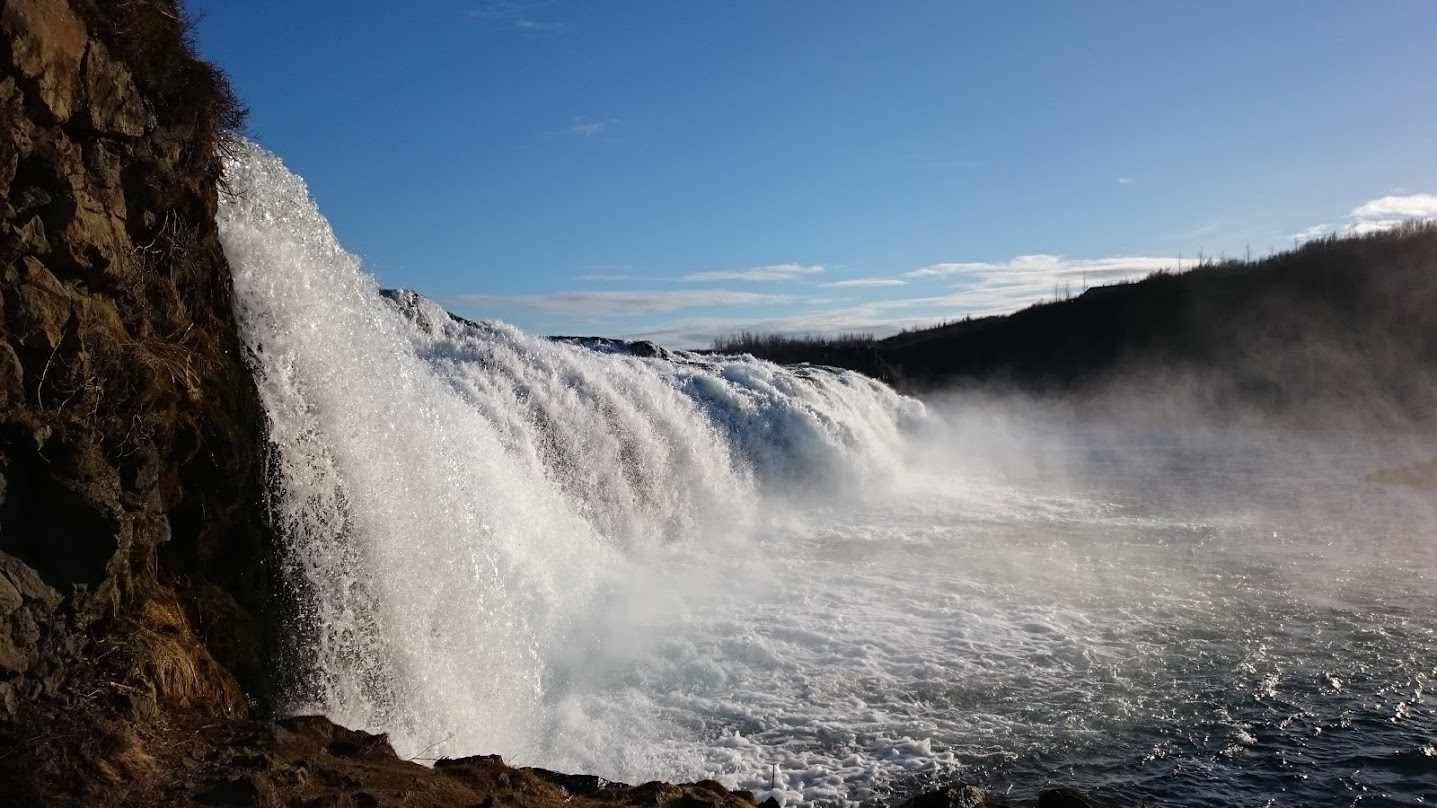
Faxi is also known as Vatnsleysufoss, which means ‘Empty Falls’. The reasons behind this name are unknown, and appear to fly in the face of the truth, for the waterfall runs smooth and powerful throughout the year. The falls reach 7 metres in height, which appears small considering its grand 80-metre width.
Faxi waterfall can be found 12 kilometres from Geysir geothermal springs and 18 kilometres from Gullfoss waterfall, while only nine kilometres from the charming village of Reykholt.
Can you eat at Faxi waterfall?
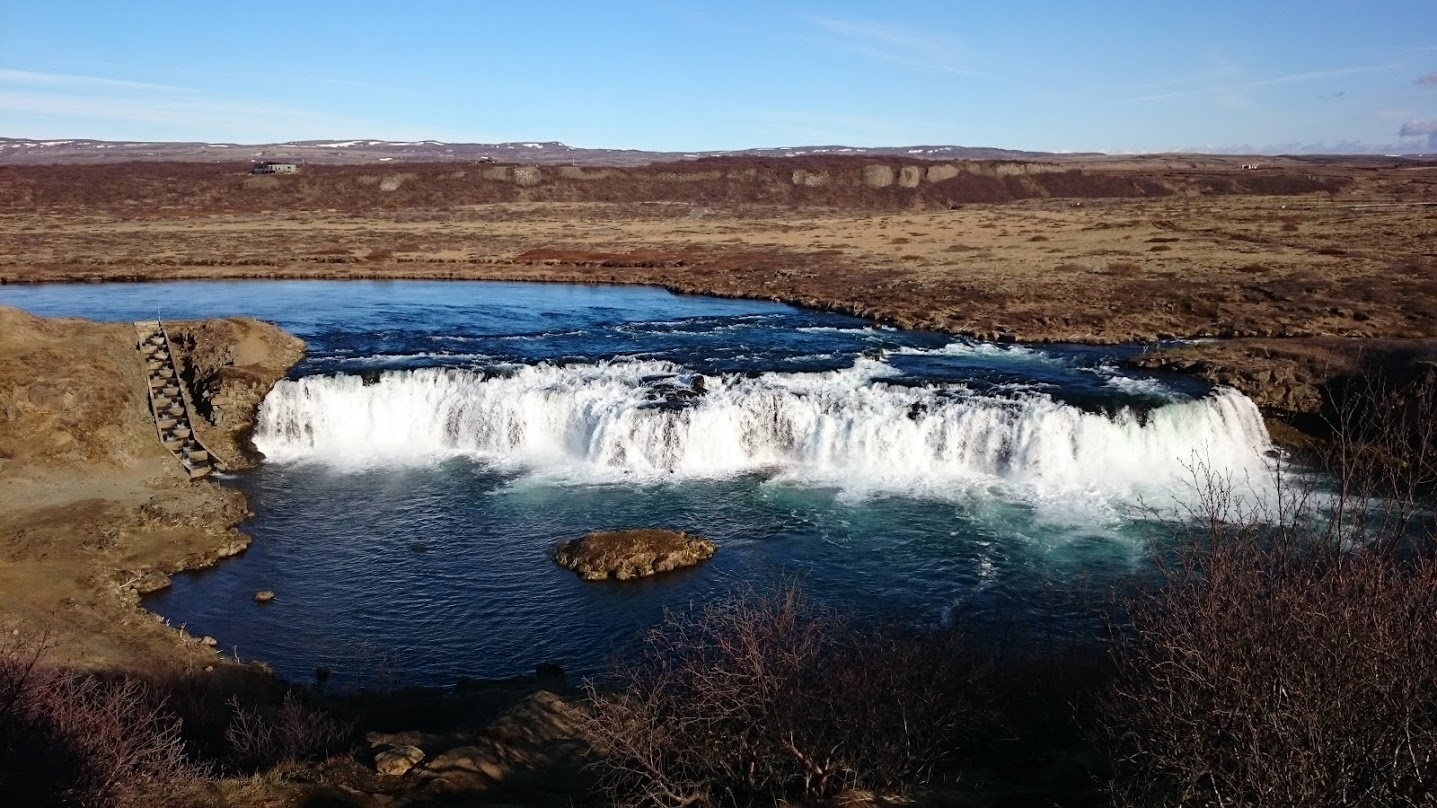
While its building might not look like much from the outside, the restaurant, Vid Faxa, makes for a lovely lunch stop thanks to its prized menu and splendid views over Faxi. Stopping in is a welcome break from the mad dash the Golden Circle can be, especially for travellers with a full appetite and craving for quality.
Chilling on the restaurant’s wooden deck, you’ll have your choice of coffee, tea or soda, and will likely want to order one of the succulent hamburgers that have helped bolster Vid Faxa’s reputation as more than just a roadside snack joint. If meat is not your thing, the restaurant has recently tried their hand at baked treats, which is particularly promising for anyone with a hankering for chocolate whilst out on the road.
PLAN YOUR JOURNEY
Travelling to Iceland?
Check our overnight tours with a driver guide that includes a one night stay in a bubble.
*Starting from ISK 59.900 per person
Salmon ladder and fishing at Faxi waterfall
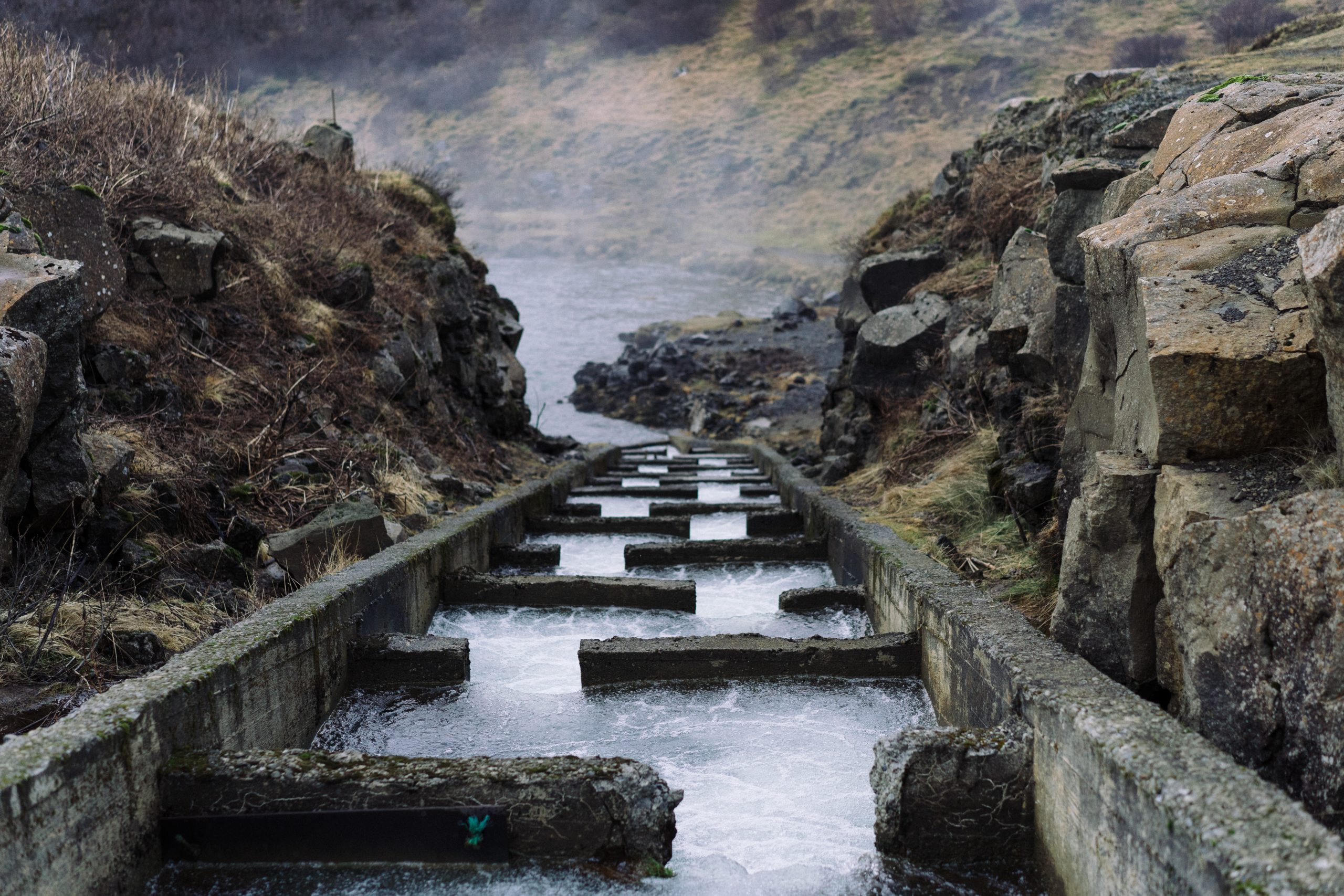
Have you ever seen a sobbing child’s tears stop midway at the sight of ice cream? We have and it’s always a heartwarming sight. Ice cream has that same show-stopping effect in Iceland. Come cold, winter or hurricane; ice cream parlors like Valdis are always in business.
Directly beside the waterfall is a salmon ladder built by compassionate locals so migrating salmon can swim upriver unbothered by the falls’ thrashing white waters. It is easy to miss this feature entirely given how entrancing the waterfall is, but it is possible to watch the fish jump and navigate their way up this small concrete channel during certain months of the year.
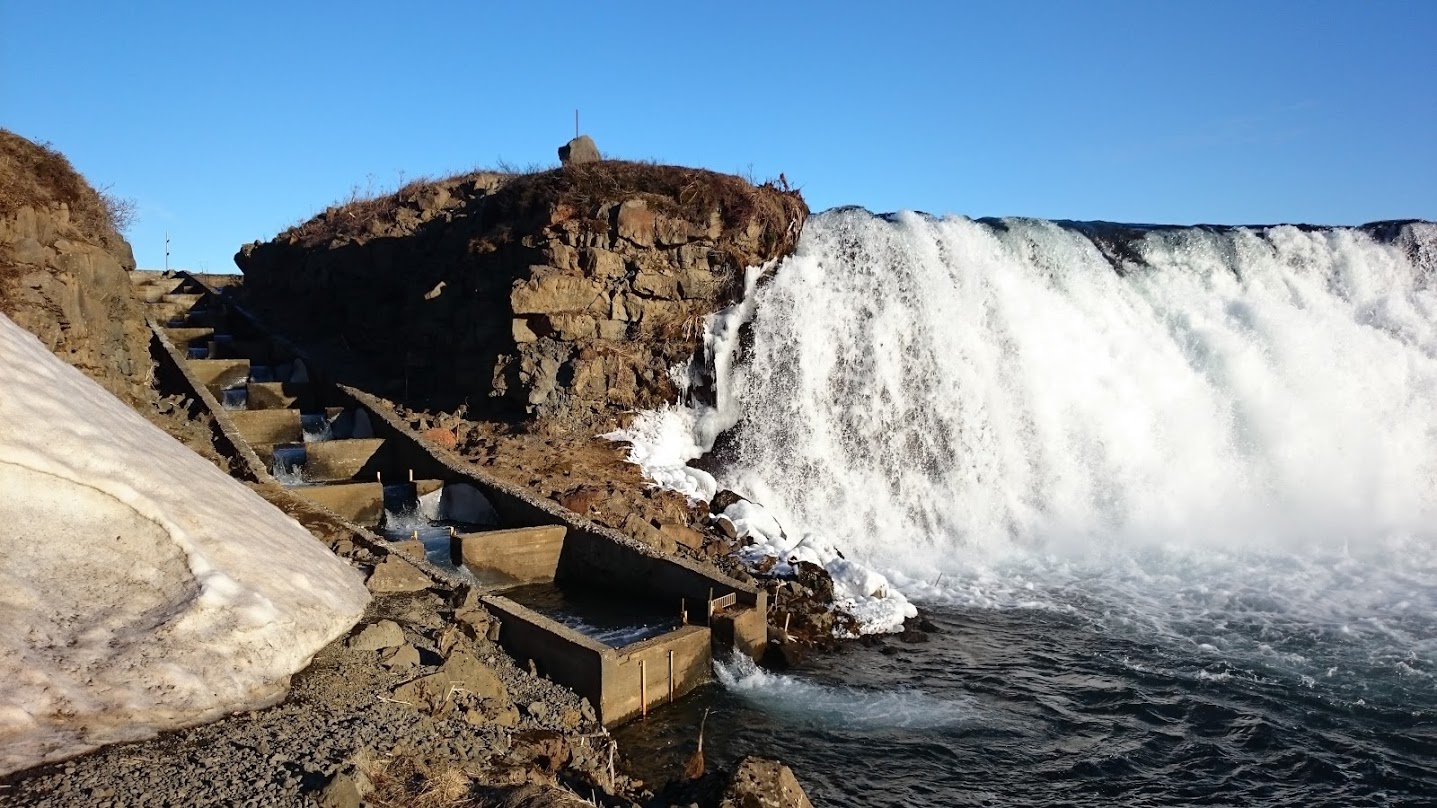
As the presence of a salmon ladder would suggest, the Tungufljót river is considered one of Iceland’s best fishing spots. Some companies allow anglers to stand right at the waterfall base, which makes for as iconic memories as it does photographs. Aside from salmon, fishermen can also catch brown sea trout weighing up to 15 pounds.
There are a handful of regulations regarding fishing in Tungufljót to keep in mind, however. Aside from the license one must have, there is a limit of two fish per pole, and fishermen must release all fish over 70 centimetres.
If you’re hoping to experience fishing here, it is recommended you go with a professional guide, as not only will they point you to the right areas, but will also be on hand with the correct equipment.
Réttir - The Annual Sheep Round-Up in Iceland
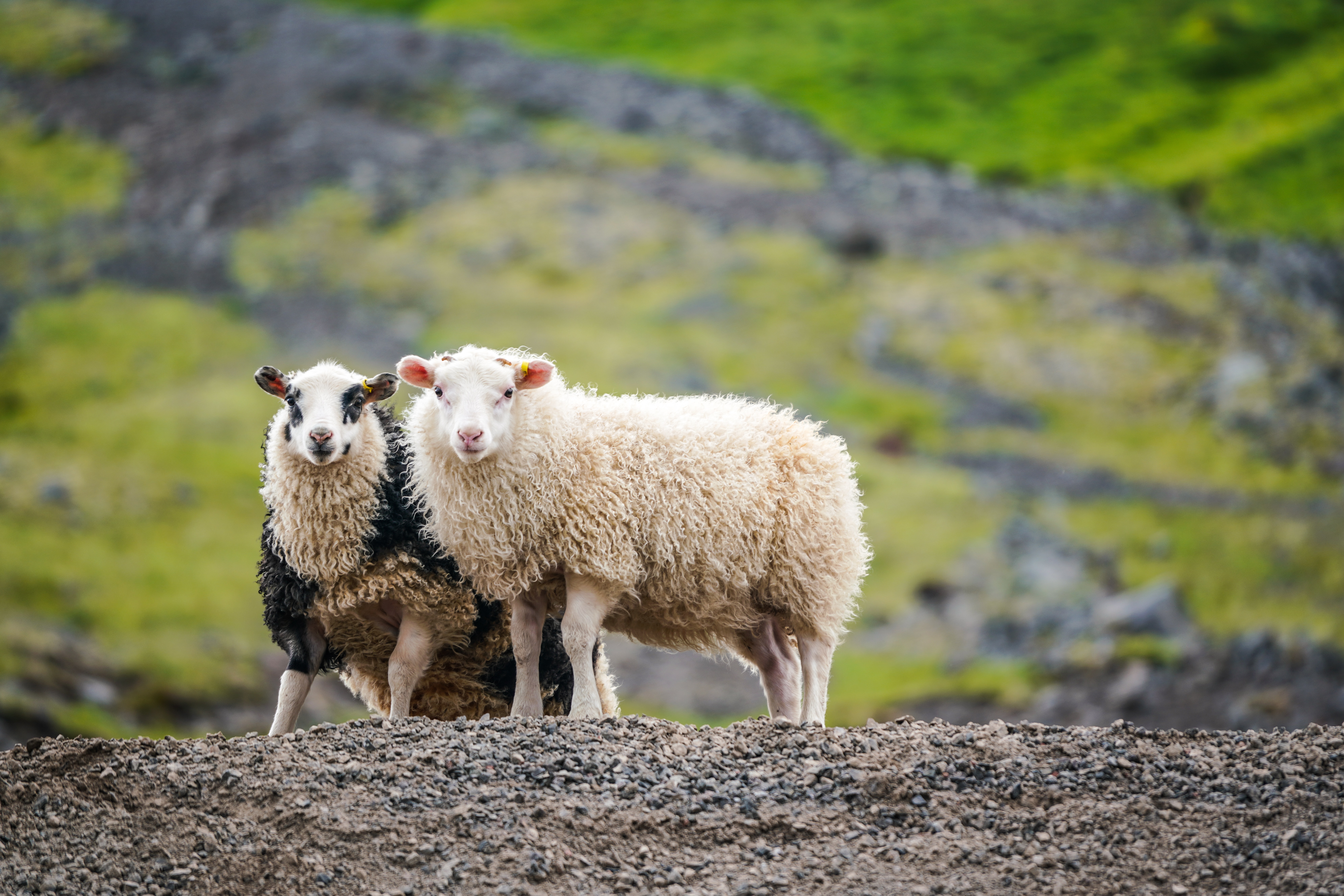
Réttir refers to the annual sheep round-up that takes place throughout Iceland in September. During the summer months, farmers allow over 800,000 sheep free-reign of the island, only to collect them again before the hardships of winter roll in. At Faxi, visitors can observe a réttir herding pen from the waterfall’s viewing platform.
This shepherding event is one of Iceland’s oldest social and cultural traditions, though it takes place today with the aid of ATVs, sheepdogs, horses, and local volunteers. If you arrive at Faxi during the right time of year, there is a chance you will see age-old custom in action, and could even get involved yourself.
The name Réttir is taken directly from the historic pens used to sort the collected sheep. First, a circular fence is built with triangular sections that branch off it like sun rays. Each section is then allocated to a specific farmer and his flock. After the sorting is done, Icelanders tend to party the evening away, focusing on serving delicious lamb meals between well-earned alcoholic beverages.
Naturally, sheep have been an essential part of the Icelandic way of life for centuries, providing nourishment, wool and collective purpose.
How do I get to Faxi waterfall?
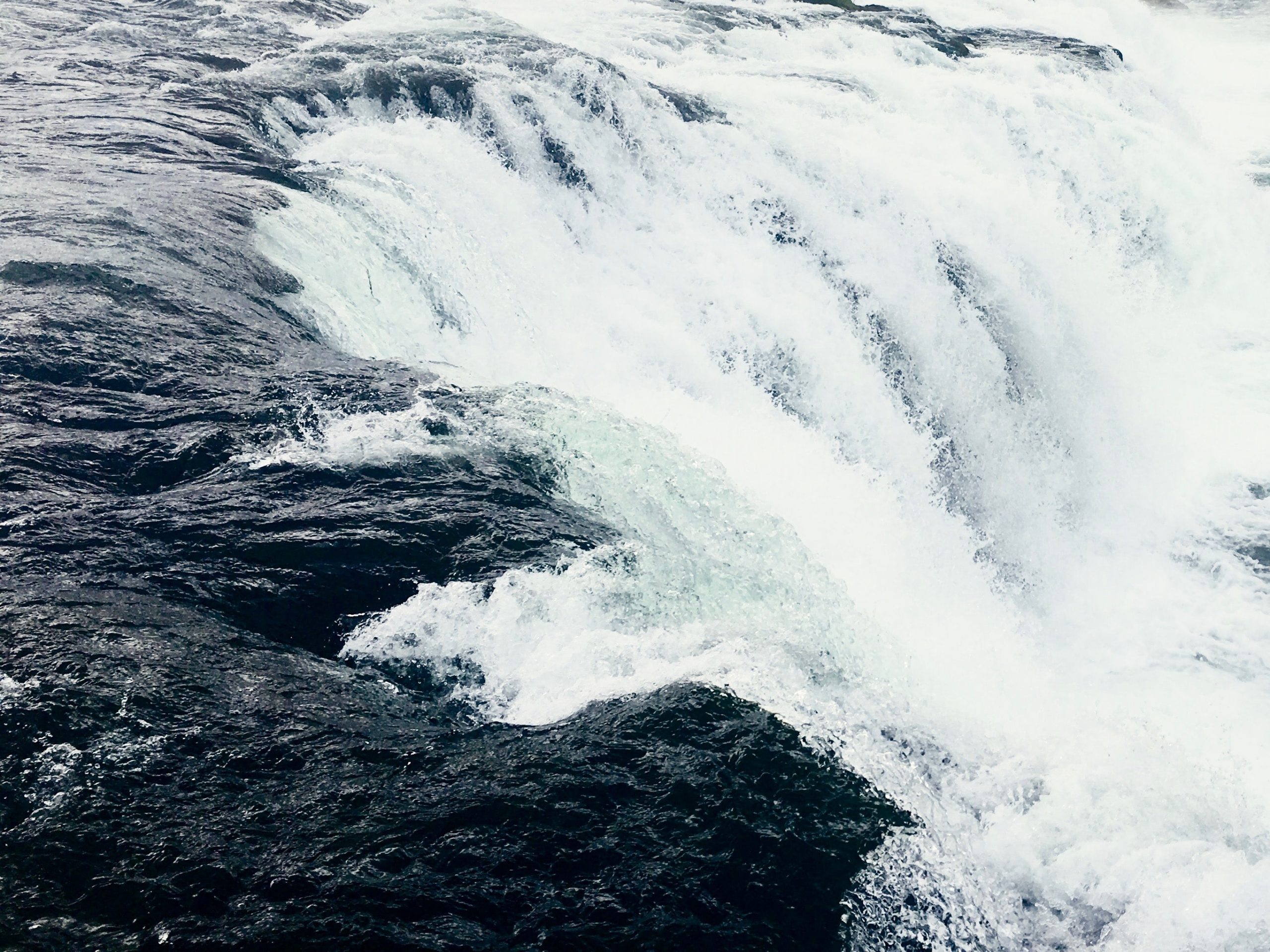
Faxi waterfall can be accessed throughout the year; fortunate given the winter and summer each dramatically alters this feature’s appearance without ever stripping it of its beauty.
Iceland’s capital, Reykjavík, is approximately 104 kilometres from Faxi waterfall, roughly a 90-minute drive, more or less. If you are looking to travel to this site directly from the city, we recommend you stick to the following route;
- Drive along Road 01 (Vesturlandsvegur) until you reach Mosfellsbær town.
- From Mosfellsbær, divert onto Road 361 (Þingvallavegur).
- After Lake Þingvallavatn, head westward onto Road 365 (Lyngdalsheiðavegur).
- You will arrive at Laugarvatn village. Continue onto Road 37 (Laugarvatnsvegur) before heading down Road 35. It is here you will find a turning into Faxi waterfall car park.
Most visitors will visit Faxi as part of their Golden Circle adventure, in which case, they need only watch out for signposts. Given the waterfall is between Gullfoss and Geysir, it is best to visit during the latter half of your sightseeing experience, considering you visit the national park first.
PLAN YOUR JOURNEY
Travelling to Iceland?
Check our overnight tours with a driver guide that includes a one night stay in a bubble.
*Starting from ISK 59.900 per person
Thingvellir National Park | Iceland's Beautiful World Heritage Site
Thingvellir National Park
By Michael Chapman
Translating to Fields of Parliament, Þingvellir National Park is the birthplace of Icelandic democracy
Thingvellir National Park
By Michael Chapman
Translating to Fields of Parliament, Þingvellir National Park is the birthplace of Icelandic democracy
What is Thingvellir?
Þingvellir is a national park and UNESCO World Heritage site in South Iceland. With a total size of 240 square kilometres, Þingvellir remains an important place nationally due to its valued part in history and vital contributions to Icelandic art, literature and culture.
Locals and visitors alike flock to Þingvellir for its natural beauty, a unique blend of volcanic lava rock, lush vegetation and encircling mountains. Today, the park is part of South Iceland’s famous Golden Circle sightseeing route alongside the sputtering pools of Geysir geothermal springs and the powerful 32-metre high waterfall, Gullfoss.
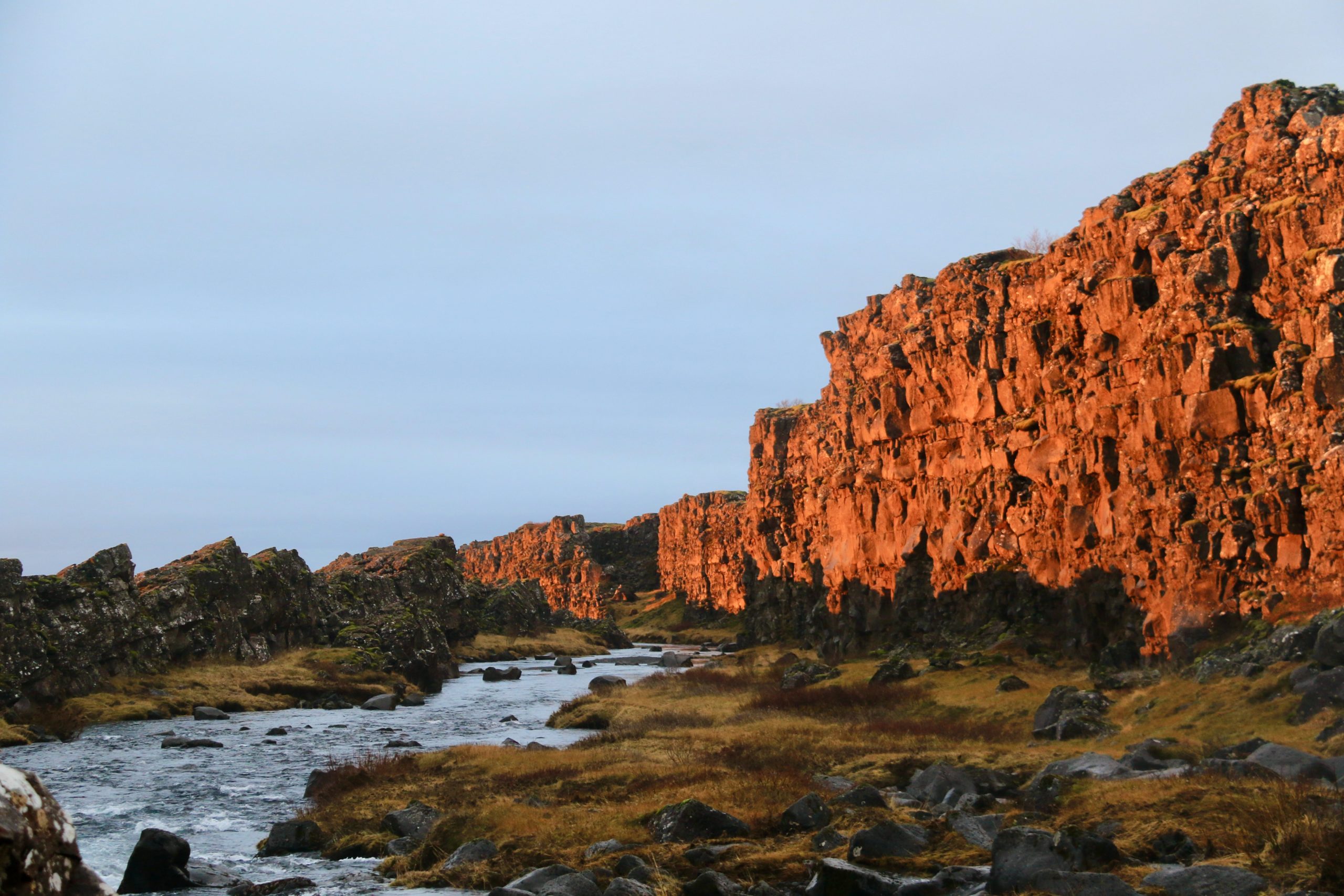
For this article’s purpose, we will be focusing on Þingvellir, which tends to be the first site visitors choose to make a stop. Anyone who has visited this area can attest to its odd and ancient ambience. When a light mist rolls over its gnarled pyroclast, when the wind howls ghostly across its glacial ravines and caverns, it is frankly impossible not to feel moved by your surroundings.
Because of these reasons, Þingvellir attracts thousands of visitors each year, all of whom to choose to experience the national park in their own style. Some decide that visiting in summer is best, opting for more daylight hours beneath the Midnight Sun to see Þingvellir’s hidden corners. Others choose the winter, entranced by the promise of auroras and fewer crowds.

Regardless of which season you visit, we recommend booking a Golden Circle bubble tour, as not only will you discover Þingvellir, Geysir and Gullfoss, but also spend the night in a transparent bubble, hidden away in the quiet Icelandic wilderness. Our bubble locations fit perfectly on your route, and provide a depth of solitude and affinity with nature that no other accommodation choice can rival.
The History of Thingvellir National Park
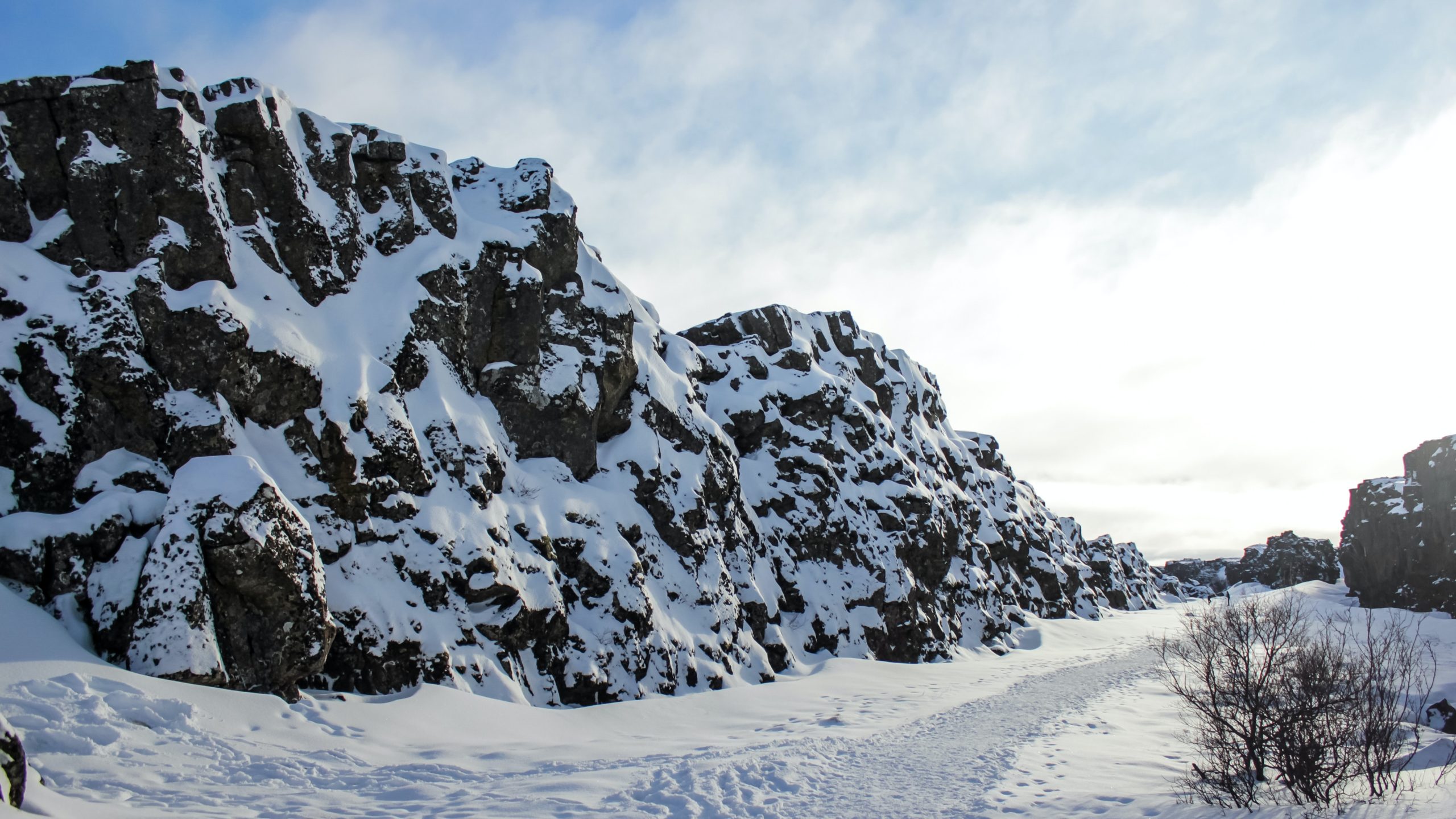
Icelandic history and culture are rich with Þingvellir’s influence. Without hordes of people congregating at this site throughout the years, Iceland would not have existed as we know it today. In this sense, Þingvellir is akin to the Athenian’s Pnyx, or the Roman Senate, and has arguably contributed as much to the development of parliamentary democracy.
Þingvellir translates to “Fields of Parliament” because Iceland’s first government, the Althingi, formed therein 930 AD. In the years prior, new settlers had had to make do with local assemblies, but as the island population grew, bolstered by Norsemen and Celts, the need for greater governance quickly became apparent.
Þingvellir was chosen as the new assembly site by Grímur Geitskör (nickname; Goatshoe) who decided on several factors. Not only did the area have high cliff sides perfect for speaking to crowds—notably, the Lögberg, or Law Rock—but attendees could also reach it from the island’s most populated regions.
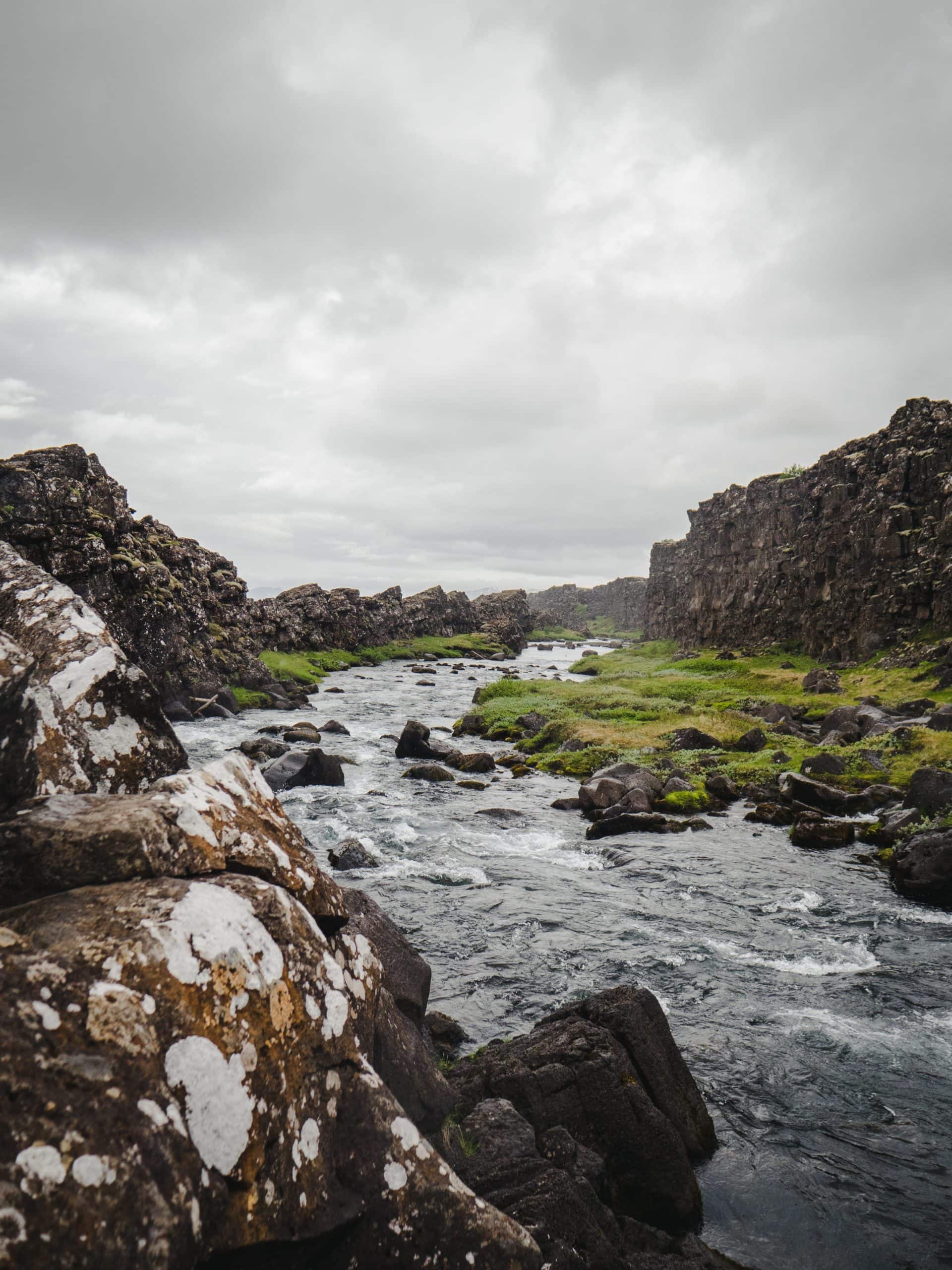
On top of that, Þingvellir’s landowner had recently been found guilty of murder, and thus had his property stripped of him. While this might sound a lot like government conspiracy, technically, there was no government yet in existence—say about that what you will!
Throughout the Icelandic Commonwealth, different clans would gather at Þingvellir to discuss the passing of legislation, trade goods and see justice enacted. It was also a time of festivities and socialising; entertainers, farmers and artisans would gather to make plans and share stories, setting the foundation for a shared language and culture.
Another important event at Þingvellir occurred In 1000 AD, less than a Century after the Althingi’s formation. It would be the new government’s first test, and one that famously took three days and three nights to solve. Of course, we are talking about the sensitive matter of state religion.
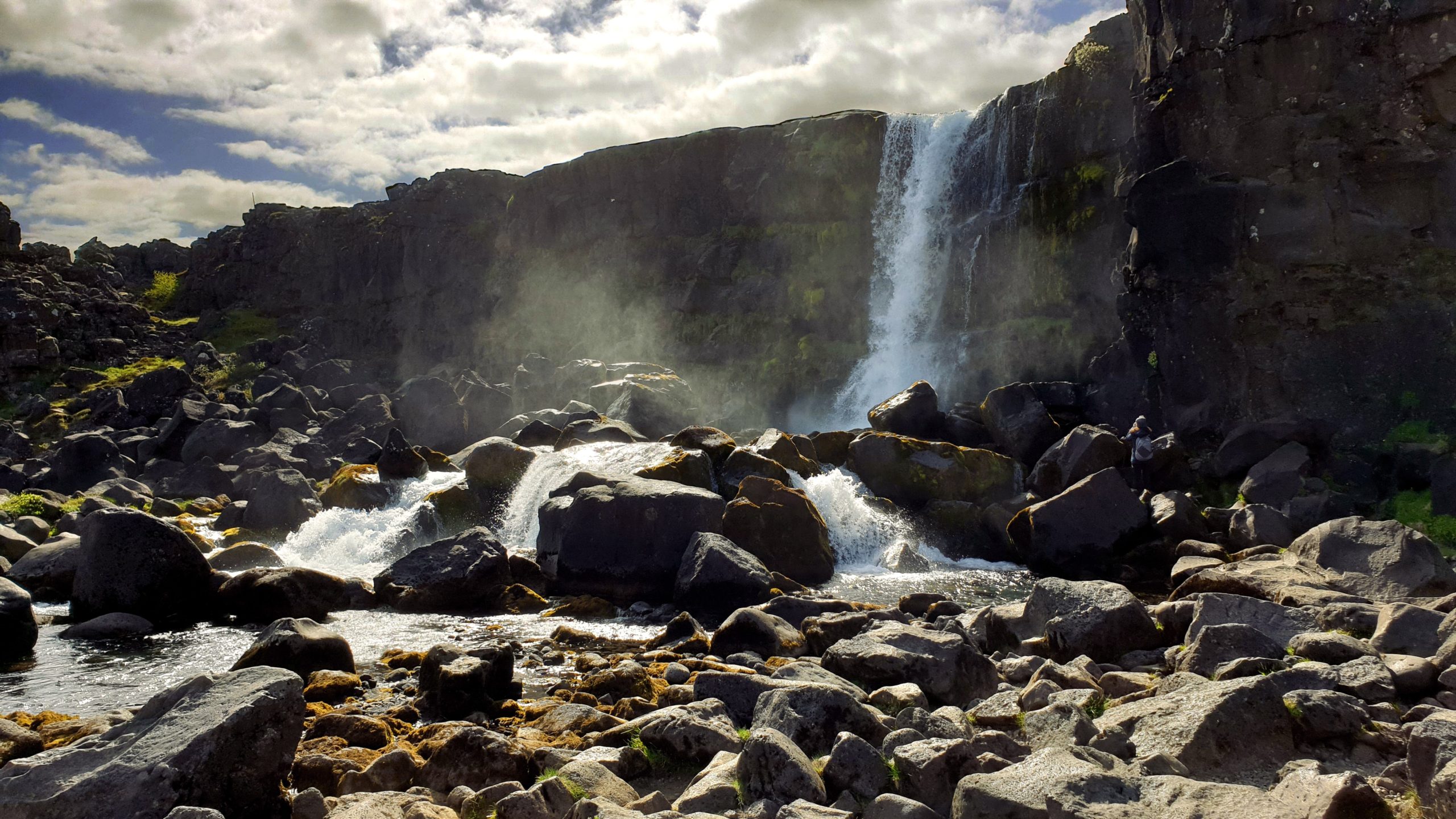
Having brought a belief in the Norse Pantheon from Norway, Icelanders soon faced pressure from overseas trading partners to convert en masse from Paganism to Christianity. This ban was because most Europeans were disturbed by the idea of doing business with heathens, who they considered barbaric and uncivilised, and many ecclesiastical nations outright banned the practice.
Eventually, the lawspeaker Þorgeir Þorkelsson deliberated long enough, concluding that Iceland would be a Christian country. However, he added a caveat; those who wished to continue worshipping the Pagan Gods were permitted to do so as long as their reverence remained secret. It is for this reason, perhaps, that many Icelanders today have faith in a mixture of beliefs, adopting elements of both ideologies into an uneasy, yet unique marriage.
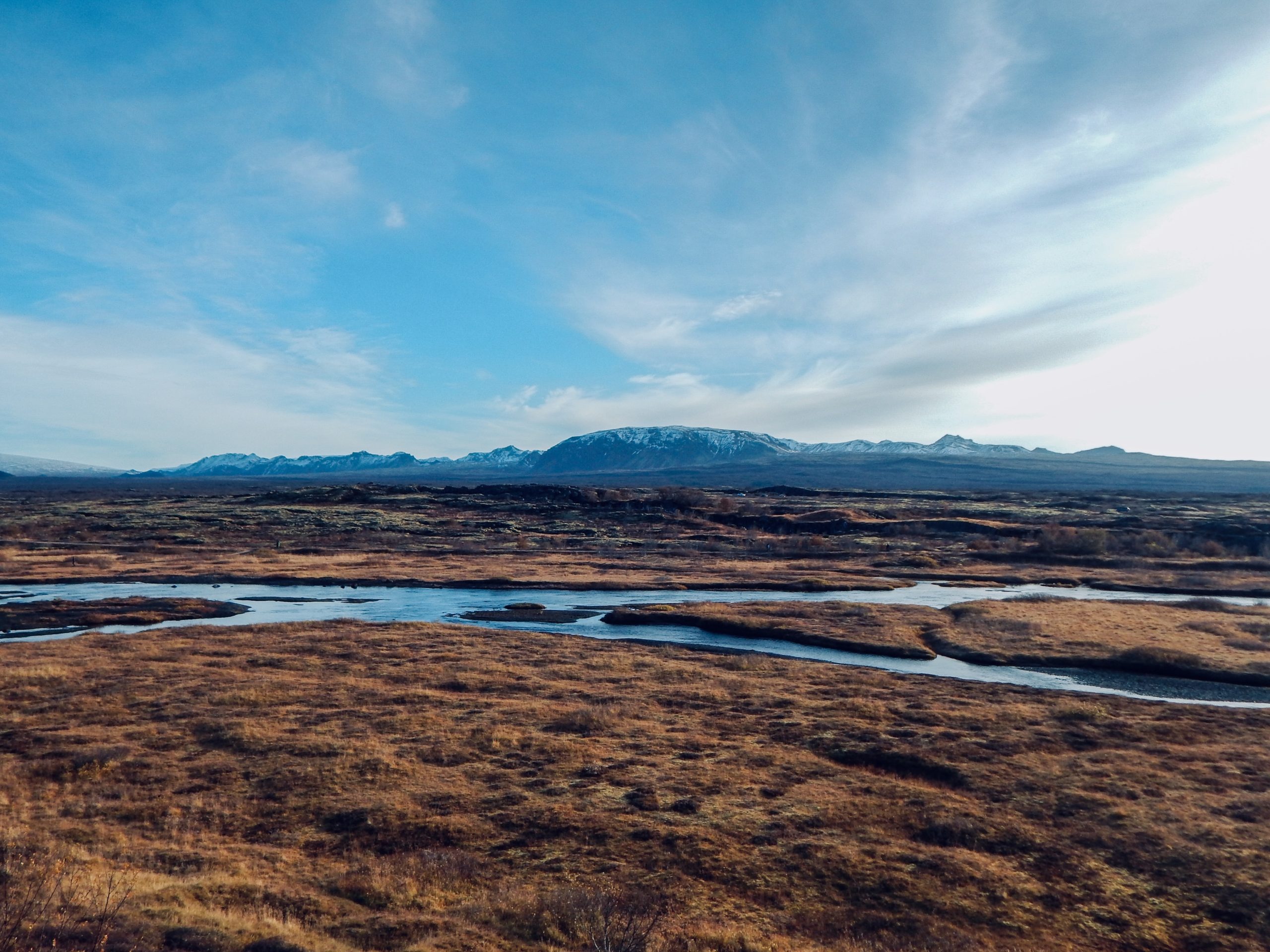
Speaking of religious matters, there is a peculiar contribution to the diaries of medieval Icelandic scholar, Snorri Sturluson, that describe a party of 80 armed men visiting Þingvellir on a private matter. Some have speculated that these mysterious guests might have been the Knights Templar on a mission to hide the Holy Grail. Though this might sound a preposterous notion, Snorri left no explanation as to why they arrived in the first place.
Þingvellir National Park was founded in 1930 to celebrate the 1000th anniversary of the Althingi’s formation. Such establishment felt necessary after Þingvellir’s re-emergence as a national symbol during the 19th Century. However, it was only in 2004 that the park became a designated World Heritage Site after expanding its borders to protect the biodiversity of the greater area.
PLAN YOUR JOURNEY
Travelling to Iceland?
Check our overnight tours with a driver guide that includes a one night stay in a bubble.
*Starting from ISK 59.900 per person
The Geology and Nature of Thingvellir National Park
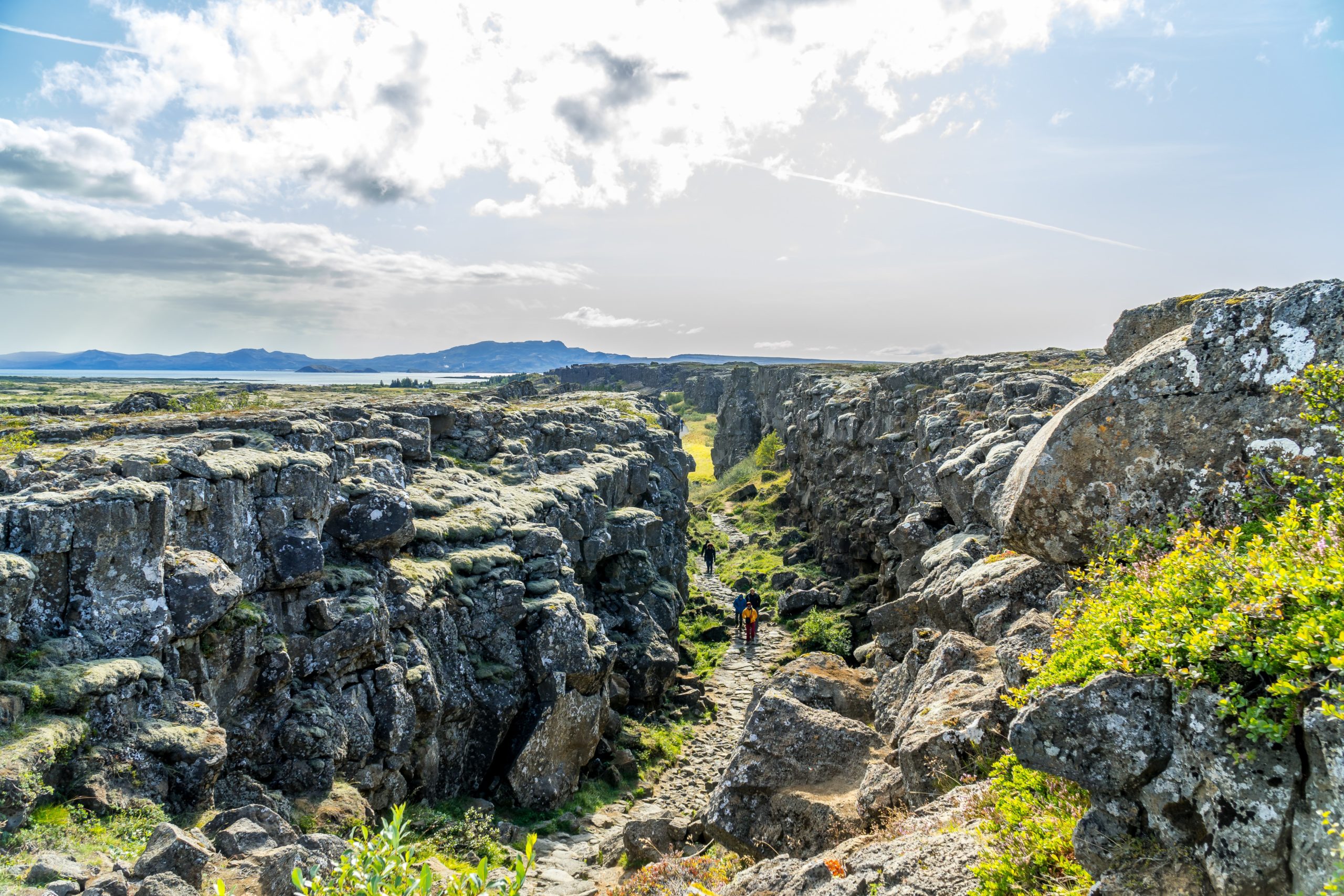
As one might expect, it is not only Þingvellir’s history that makes visiting here fascinating and worthwhile. Every rock and cliff-edge, every fissure and boulder tells a story that begins with this island’s violent formation around 17 million years ago.
Known as the Mid-Atlantic Ridge, Iceland sits on a boundary between two tectonic plates, the Eurasian and the North American, and is thus easily influenced by primordial elements and the movement of the earth. While this might sound abstract and, dare we say, academic, this neovolcanic zone can be observed at the national park through the exposure of its tectonic plates.
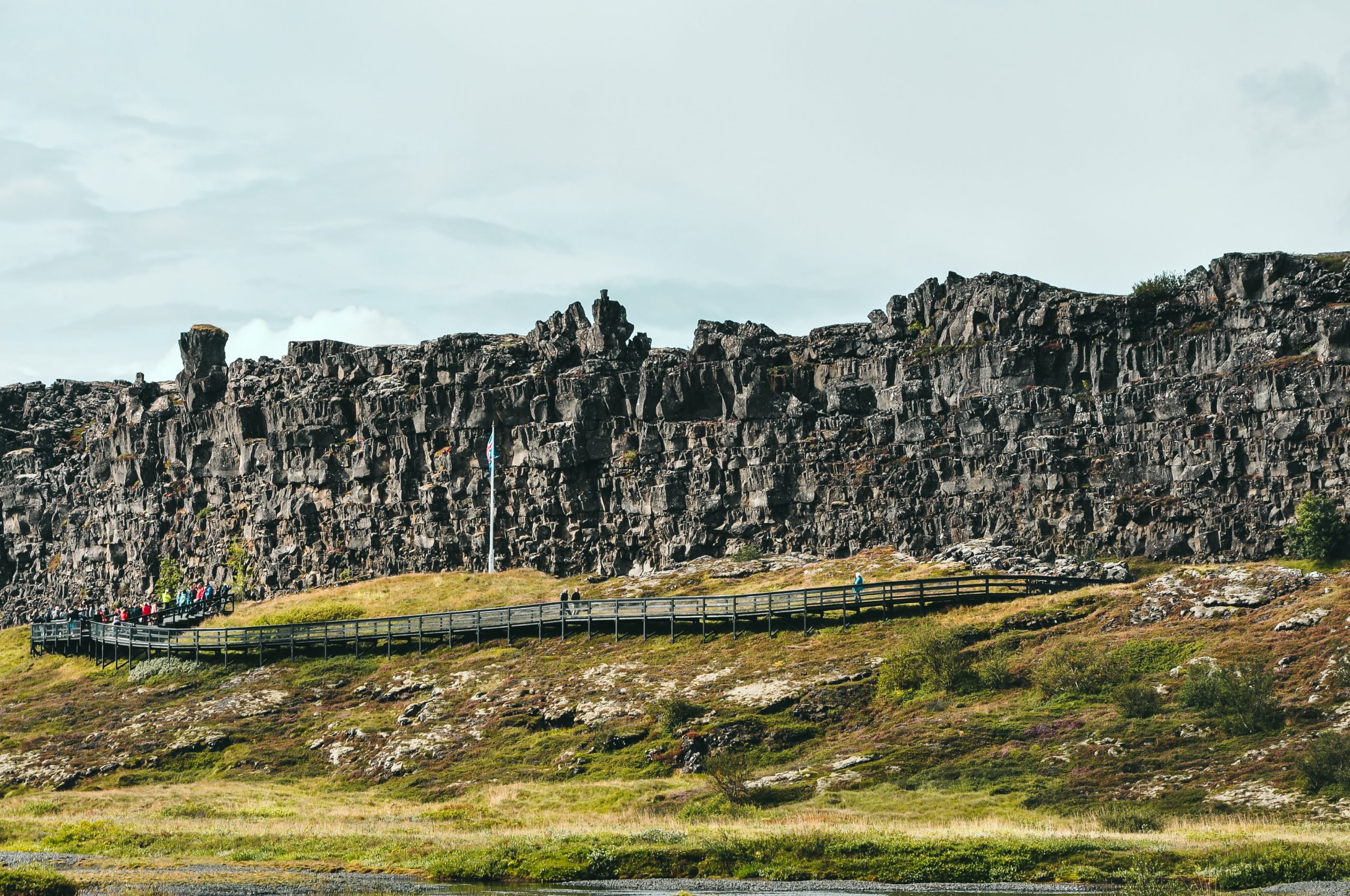
What lies in between is an ancient field of dried magma, one that becomes emerald-green with moss in the summer, and stark white in winter. With stark contrasts abound, visiting this national park is an entirely different experience depending on the season; perfect for repeat guests looking for something new on a second visit to the land of ice and fire.
Spring and summer visitors will find Þingvellir blooming with plant life. There are over 170 different vegetation species to be found, including just short of half the flora found in the country. Wildlife lovers can also discover over 50 bird species, counting goldeneye and harlequin ducks, and even the rarely-spotted white-tail eagle.
What to see and do in Thingvellir National Park in Iceland
Your first stop will likely be at Þingvellir’s Visitors Centre, which is a great place to buy maps and brochures, information booklets, souvenirs and snacks. Friendly park rangers will layout what you can see and do in Þingvellir, as well as point you towards spots that have taken your interest. For instance, fans of popular culture will want to find the precise locations where filmmakers shot HBO’s Game of Thrones in Þingvellir.
Almannagja gorge and viewpoint

Besides the Visitor’s Centre, you will find an observation point atop the Almannagja gorge. From here, you will have panoramic views over the national park, which is as beneficial to nature-lovers as it is budding landscape photographers. The park’s quintessential aspects can be seen in detail, from the picturesque white church, Þingvallakirkja, to Silfra Fissure and even the Eurasian tectonic plate, decipherable as a dark, wavy line in the far distance.
A gravel walkway leads from the observation point parallel to the North American tectonic plate, meaning you’ll always have a rocky cliffside towering over the side of you. En route, you will notice several display boards that go into more detail about Þingvellir’s history and will cross a bridge over the infamous drowning pool.
Known to locals as Drekkingarhylur, this largely-unimpressive patch of water was utilised by state-executioners as a means of disposing of women guilty of adultery and infanticide. Looking down on the drowning pool, it’s disturbing to associate its untroubled waters with cruel and antiquated punishment, while also evident that history’s darkest chapters make for fascinating subjects.
As much could be said for Lögberg rock, where it is thought over 70 people were sentenced to die, or even Höggstokkseyri, the bank of the river where beheadings took place. While the trail might seem filled with morbid sites, it is fascinating to realise how far Iceland has come from the dark and challenging days of the settlement period.
Öxarárfoss waterfall
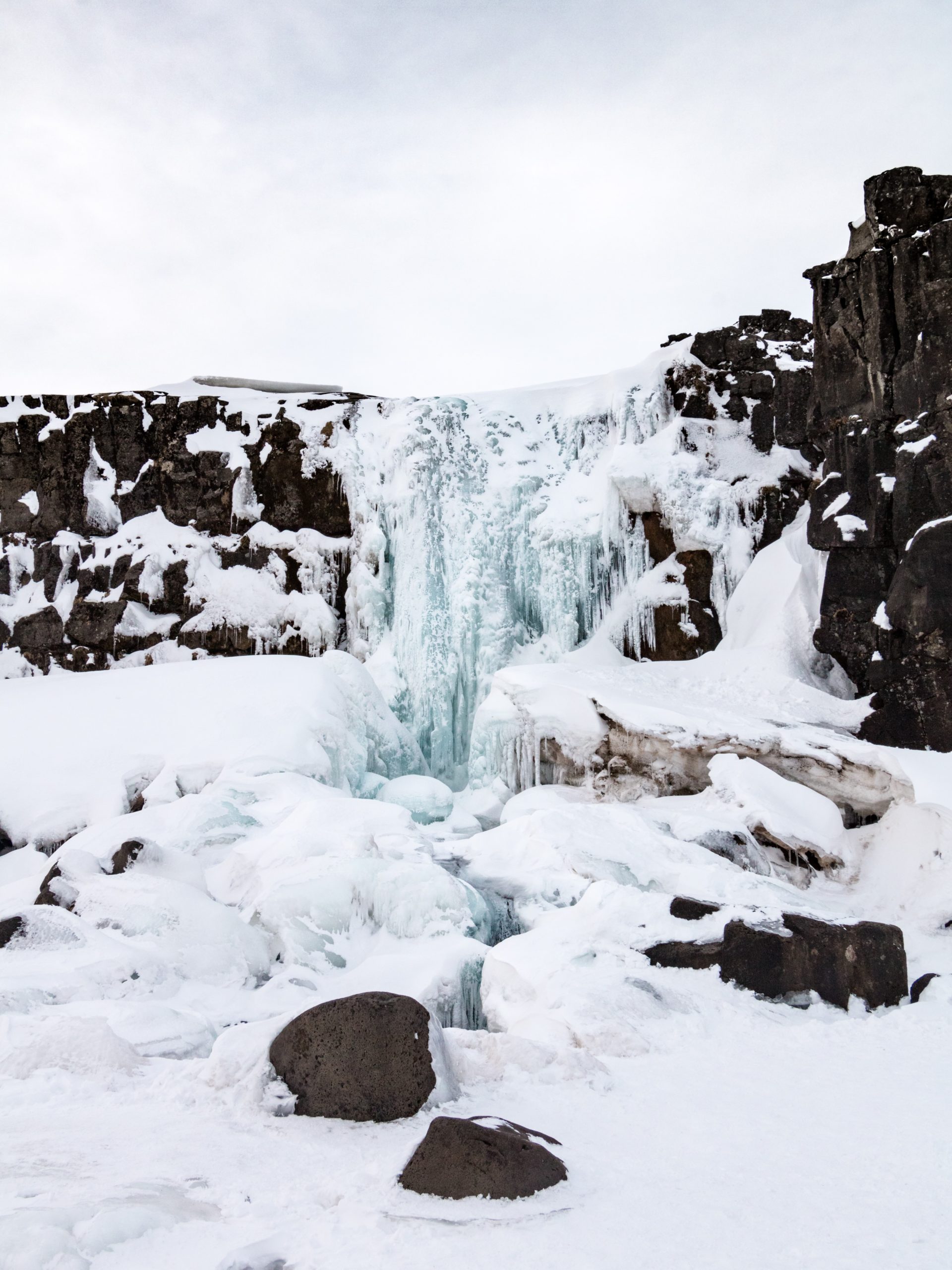
Öxarárfoss waterfall (Axe Falls) is one of the main sights of Þingvellir National Park and can be found at the end of Almannagja gorge. It flows as part of the lake-to-lake river, Öxará. At only 13 metres high, Öxarárfoss is not the tallest waterfall in Iceland, nor the widest or most powerful. Still, it possesses an innate, natural beauty that is captivating when seen firsthand.
Interestingly enough, it is thought that Öxarárfoss is not entirely natural, but is instead the result of a historical water diversion. Geological records seem to indicate a dried riverbed west of the waterfall’s location, which we can assume was altered to supply the gathering crowds at Þingvellir with fresh drinking water.
During the winter, Öxarárfoss is known to freeze completely, making for unbelievable photo opportunities. Ice climbers have even managed to ascend the frozen falls, though this is not readily available to most visitors.
Snorkelling and scuba diving at Silfra fissure
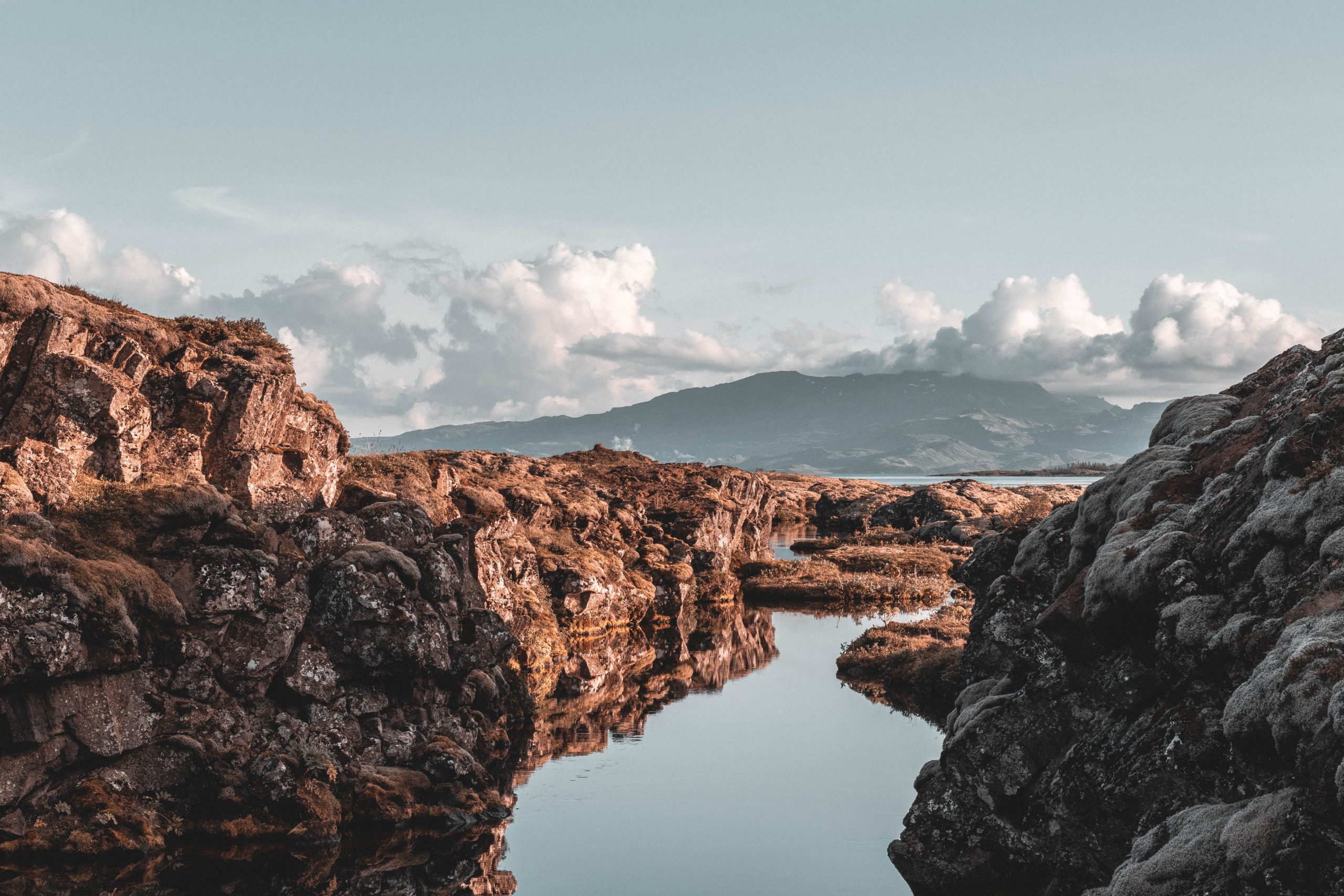
Renowned the world over for its dramatic underwater scenery, frigid water temperature and amazing 100-metre visibility, Silfra Fissure in Þingvellir National Park doubles as Iceland’s most popular snorkelling and scuba diving spot. Available in both winter and summer, this aquatic adventure is thrilling and beautiful in equal-measure, and makes for the perfect side activity on a Golden Circle trip.
While snorkelling and scuba diving typically put one in mind of hot tropical beaches, vibrant fish-life and handsome instructors, things could not be more different in Iceland. To protect from a water temperature that remains 2-4°Celsius (35-39°Fahrenheit) throughout the year, guests will have to adorn themselves in a thick thermal drysuit, as well as neoprene hoods, gloves and boots.
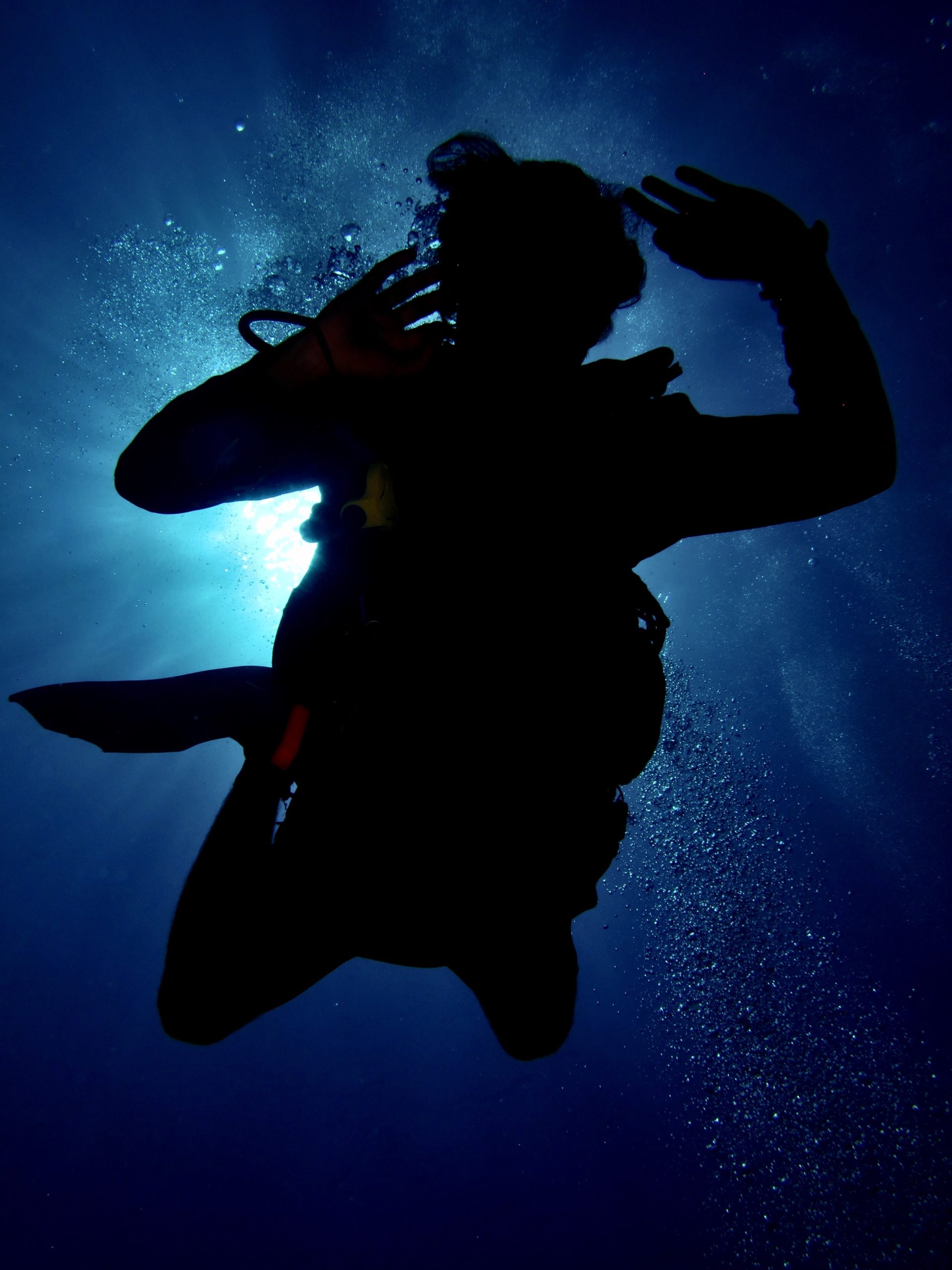
While the equipment might feel bulky, it will keep you warm and comfortable throughout the experience. Aside from that, the drysuit helps with buoyancy, keeping you rooted at the surface. As you enter the ravine, it’s best to gently push into the water, keeping your mask below the surface and the snorkel-tip above it. From there, your face will quickly go numb—trust us, it’s not as bad as it sounds—and the current will do the rest, gently sweeping you and the other snorkelers along from one beautiful section to another.
The first significant part of the ravine, aside from the entrance point, is also its most expansive; Silfra Hall. After making your way over a strip of shallow rocks, you will float out into a vast and open underwater canyon. As you progress along the fissure, the sapphire-blue majesty of Silfra Cathedral will reveal itself, complete with glimmering algae, shifting silica and the odd baby fish that has ventured too far from the lake.
It is important to note that snorkelling at Silfra Fissure is only available for comfortable and competent swimmers. Scuba divers will have to provide evidence of a drysuit certification, as well as logged drysuit dives.
Lake Thingvallavatn
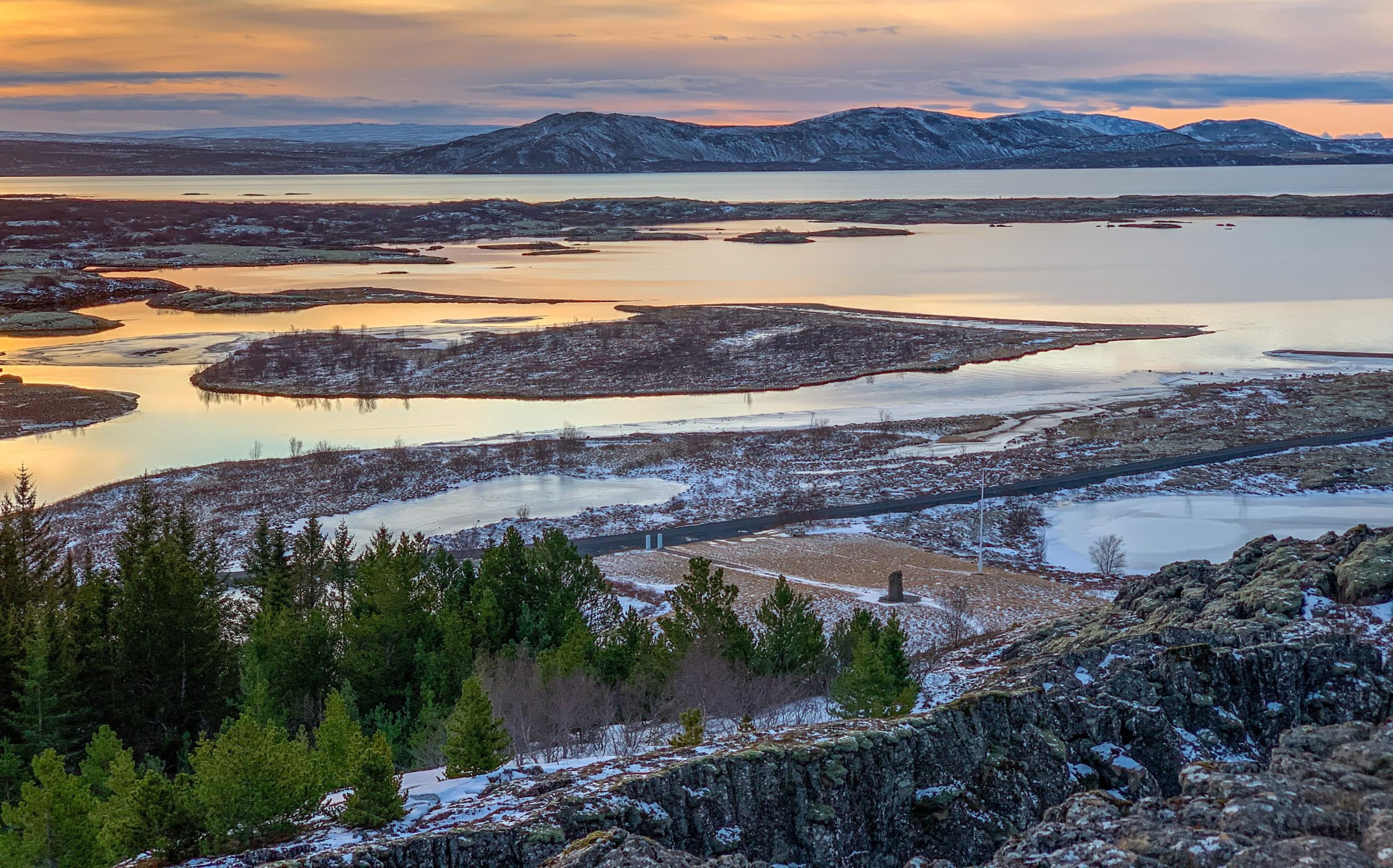
Lake Þingvallavatn is the largest natural water body in Iceland and can be first witnessed when driving from the capital to the national park. Enclosed by gently steaming mountains and hills, Þingvallavatn can look lush and stunning on summer days, while downright alien and eerie in winter.
There are not many fish in Lake Þingvallavatn, but brown trout, arctic charr and three-spined stickleback count as the exception. Their presence in the lake is of interest to scientists, especially those studying how fish species adapt to new environments over 10,000 years of isolation. For instance, it is believed that Þingvallavatn’s brown trout are the largest found globally because of the lake’s constant influx of fresh water.
Those experienced scuba diving with a drysuit also have the opportunity to check out Davíðsgjá, or David’s Crack, which is considered the darker, deeper and more dramatic version of nearby Silfra Fissure. This site requires a shore entrance from a pebble-strewn bay, as well as a short swim to your descent point. Given the visibility matches that of Silfra, divers will have incredible views over Davíðsgjá’s phenomenal landscape, and will likely spot far more fish than otherwise.
The Icelandic Friendship Forest
Alright, while the Icelandic Friendship Forest lacks the drama of most attractions found across this country, it is a novel and often beautiful stop during your time in Þingvellir, if only for a quick five minutes. Attractions of a quieter, more subtle character can be quite the relief on a journey filled with so much epic scenery and action.
In a country that’s mostly barren of trees, the Icelandic Friendship Forest does not do much in the way of reforestation efforts. Classifying it as a forest at all seems wildly over-enthusiastic, in fact. Instead, this minute patch of woodland is a symbolic location, made up of the many trees and plants that have been donated to Iceland by overseas governments.
If you are interested in world affairs, nature and diplomacy, you’ll find this site just off the main road before entering the west of the national park.
How to travel to Thingvellir National Park from Reykjavik?
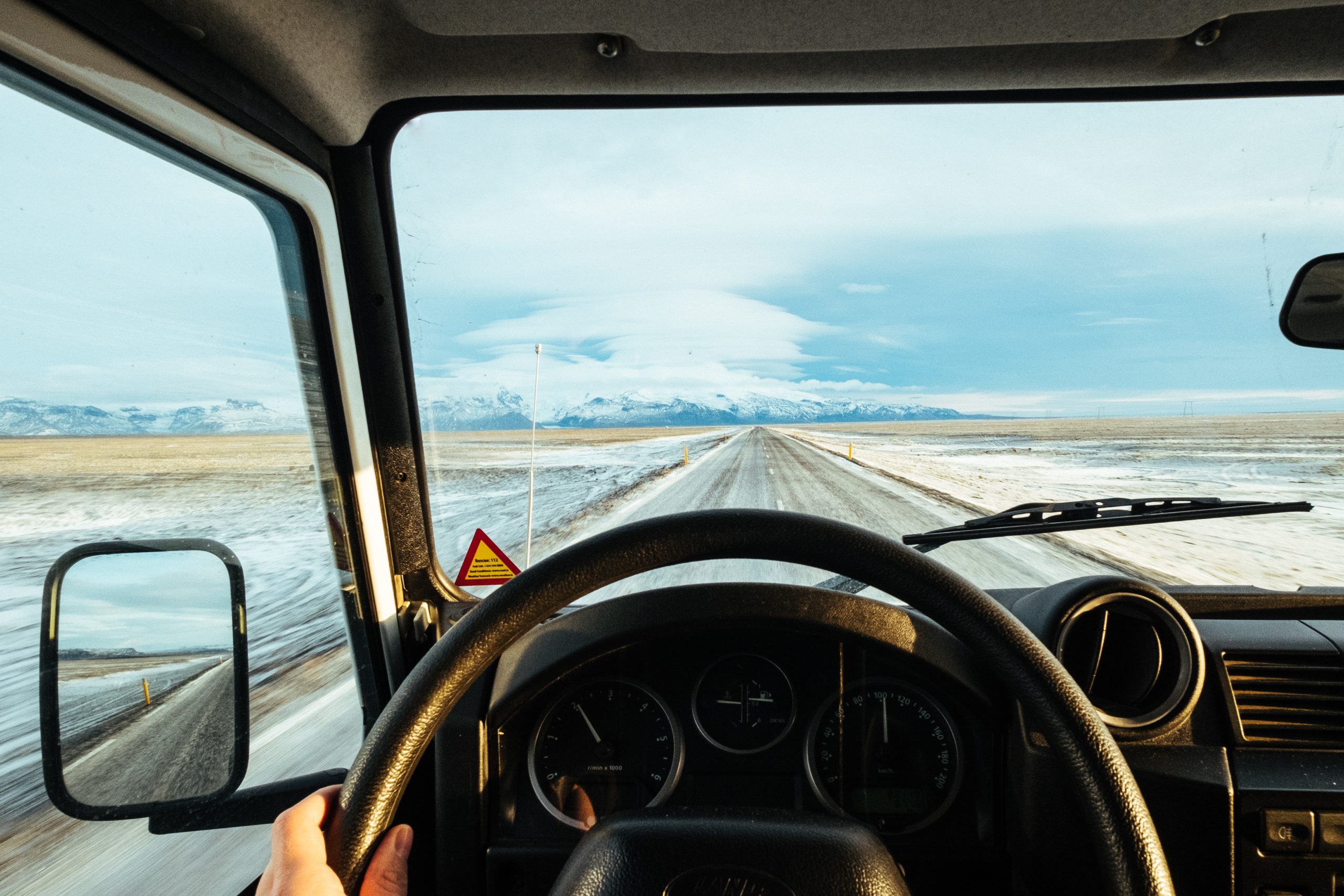
Þingvellir National Park is approximately 47.4 kilometres from Iceland’s capital, Reykjavik, translating to what is roughly a forty-minute drive. This trip comes as a welcome commute; one of vast and epic landscapes, where human-made structures of the city quickly give way to sparse hills and wild open country.
How much time should I spend at Thingvellir National Park?
How much time you choose to spend at Þingvellir National Park comes down to personal preference. However, we would push you to take several hours discovering all this beloved site has to offer. Your time in Iceland is valuable and rare, so maximising every second the experience should always be a priority.
Guests partaking in a snorkelling or scuba diving tour in Silfra will need to allot more time in the park. Those experiencing the entire Golden Circle sightseeing route will usually spend around 8-hours appreciating the sights, taking travel times into consideration.
Is there parking at Thingvellir National Park?
Perfect for self-drivers and solo travellers, there is parking on-site at Þingvellir. Valid for the entire day, the parking fee is 750 ISK for cars five seats or less, and 1000 ISK for anything bigger. This fee allows you to park your vehicle in any of the lots around the national park, minus the one used solely by snorkelling and scuba diving operators.
What attractions are nearby to Thingvellir National Park?
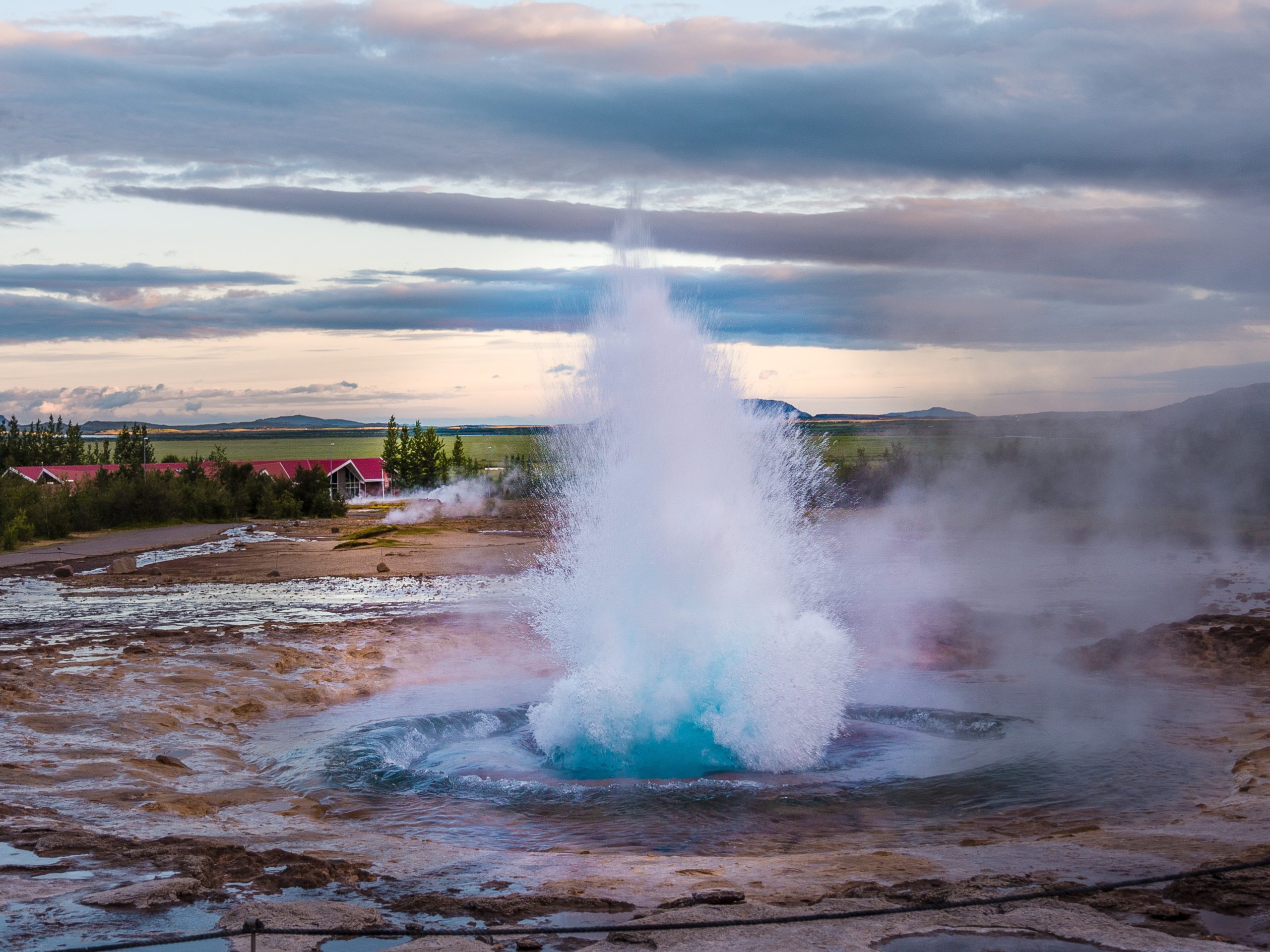
As mentioned previously, Þingvellir National Park is just one stop on the Golden Circle. Two other vital ingredients that make up this 240 kilometre sightseeing route are Geysir geothermal springs and Gullfoss waterfall, both of which offer variety and interest to passing travellers.
Geysir geothermal valley is best known for the lively spectacle that is Strokkur hot spring in mid-eruption. Crowds gather to watch Mother Nature in action; from a small, aquamarine pool, boiling water is routinely blasted up to 20 metres into the air, delighting all those who look upon it. Nearby is the now dormant hot spring, Geysir. While no longer able to fire water as Strokkur does, people will always cherish it for having its name adopted to mean geysers everywhere.
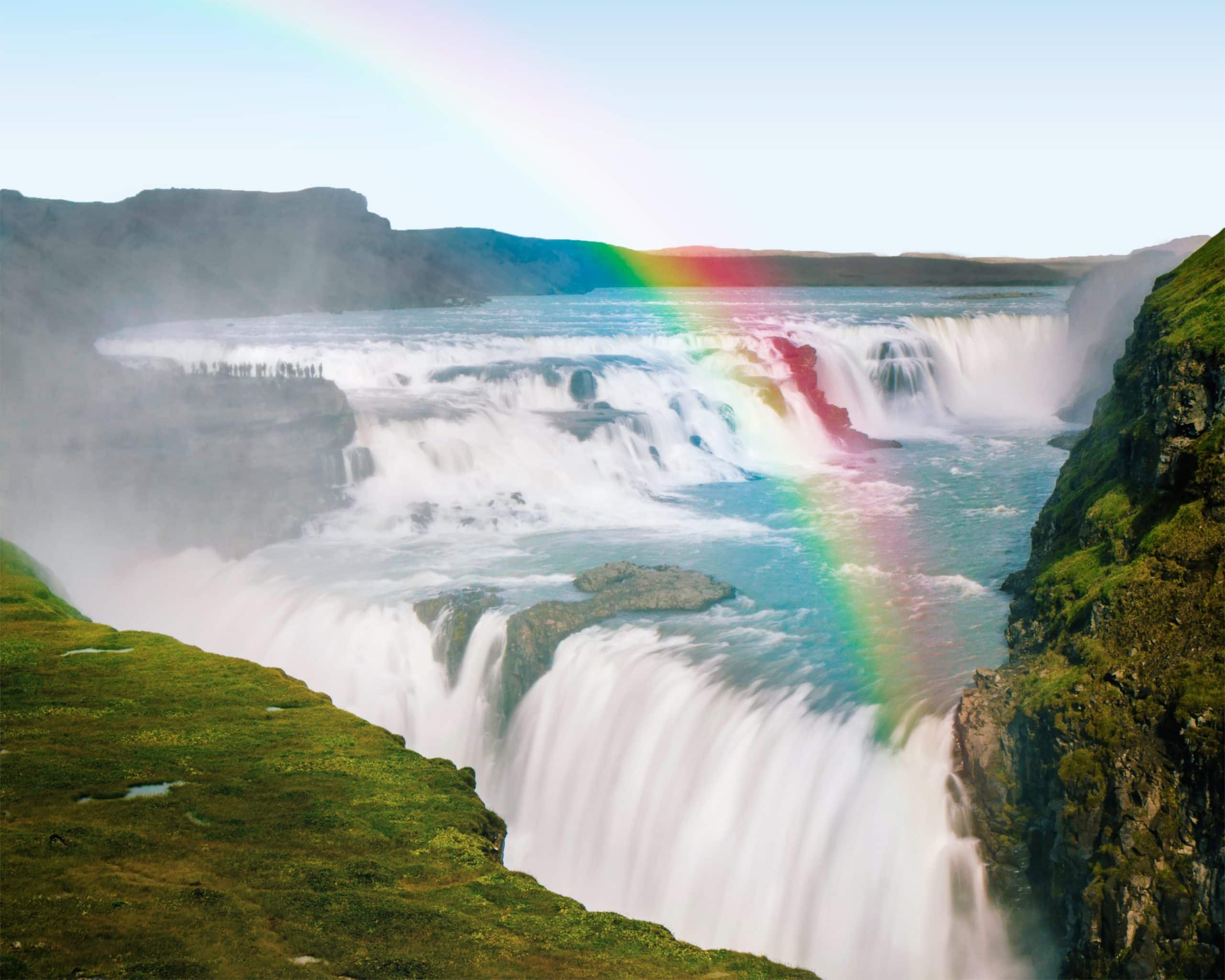
Gullfoss waterfall is surrounded by peaceful farmlands, creating a staggering visual contrast that arrives quite unexpectedly. Camouflaged behind a translucent curtain of water vapour, this awe-inspiring feature draws the eye with its cascade tumbling over two prominent ledges. Observers look on from one of two viewing platforms, easily hypnotised by the sheer power, no less the grandeur, of this mighty waterfall.
There are plenty of other smaller stops found that make for interesting diversions from the Golden Circle. Among the most popular include the volcanic crater, Kerið, Friðheimar tomato farm and the geothermal spas, Laugarvatn Fontana and The Secret Lagoon.
PLAN YOUR JOURNEY
Travelling to Iceland?
Check our overnight tours with a driver guide that includes a one night stay in a bubble.
*Starting from ISK 59.900 per person
The Secret Lagoon | Secrets of the Golden Circle
All You Need To Know About
The Secret Lagoon in Iceland
By Michael Chapman
Iceland's oldest outdoor swimming pool remains popular with its soothing geothermal water and bubbling hot springs.
All You Need To Know About
The Secret Lagoon in Iceland
Iceland's oldest outdoor swimming pool remains popular with its soothing geothermal water and bubbling hot springs.
One of South Iceland's greatest treasures is the aptly-named Secret Lagoon, or Gamla Lauginn, located in the picturesque village, Flúðir.
This hub of joy and relaxation goes well beyond the other geothermal spas dotted around the country given it was the first man-made outdoor pool ever constructed here. In this sense, the Secret Lagoon is less of a luxury spa than an institution in its own right.
What is the Secret Lagoon in Iceland?
The Secret Lagoon provides all the amenities one would expect from a bathing house. There are segregated showers for men and women, a bar and restaurant area, and snacks and drinks available to purchase for those feeling underfed before dipping in the pool. Do note that meals are not served unless requested for groups beforehand.
Towels, swimsuits and bathing suits are available to rent on-site. If you’re travelling with small children, floaties and arm-bands can also be provided, while adults can enjoy relaxing with the aid of foam floating tubes.
A walking path around the pool lets guests take a close look at several live hot springs that enclose the water like hissing pistons. These prime examples of geothermal energy include a miniature geyser which erupts every few minutes, much to the delight of those strolling by. These small, steaming puddles are far hotter than the Secret Lagoon, so ensure you don’t stand so close as to risk injury.
On that note, guests will be pleased to hear the Secret Lagoon’s water remains at 38 – 40 °C (100° Fahrenheit) throughout the year. Perfect for muscle relaxation and mental serenity, you and your family will find this tranquil, welcome and revitalising stop decidedly Icelandic in nature.
How deep is the Secret Lagoon?
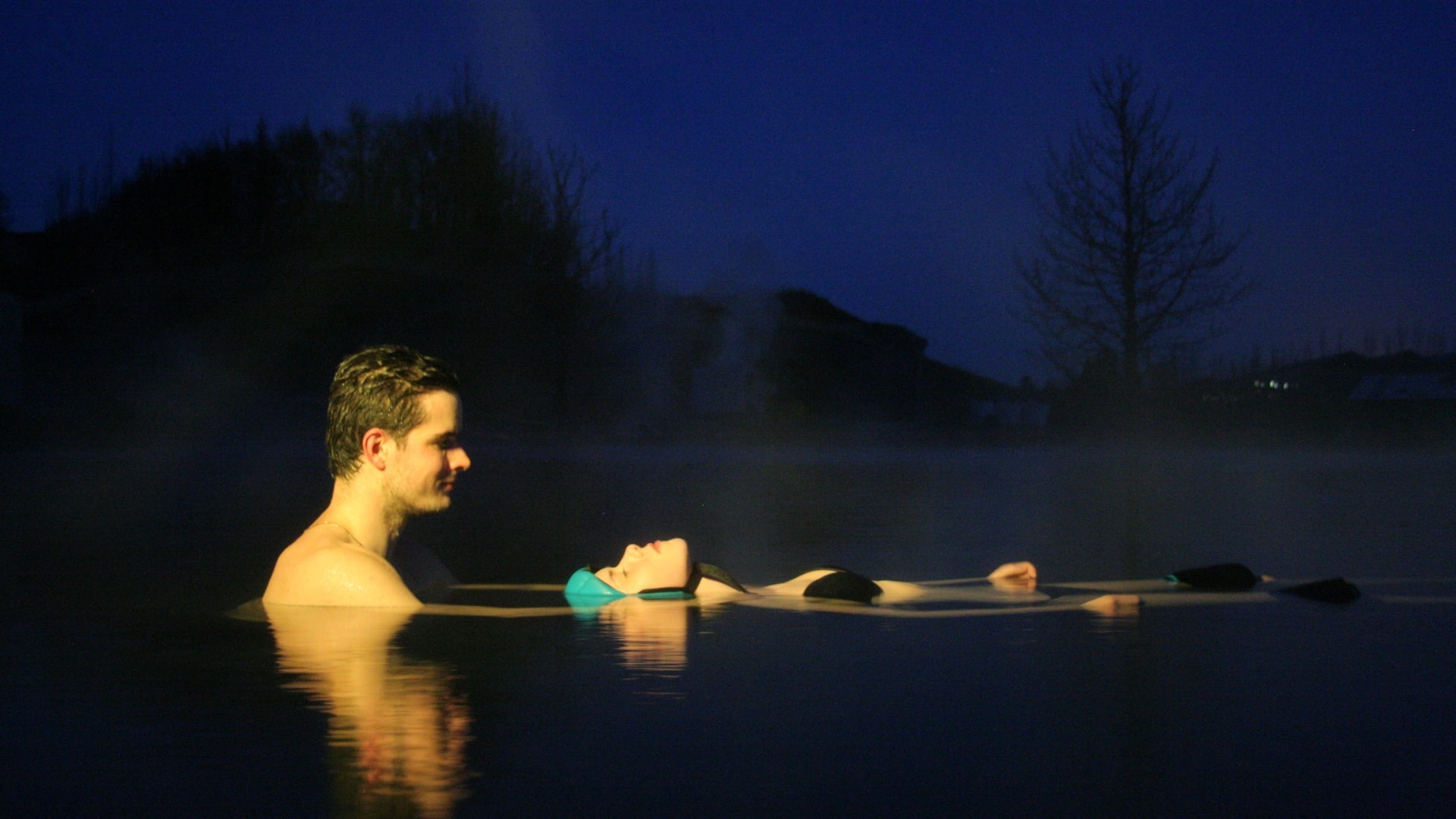
The Secret Lagoon is only 2 – 3 feet deep (0.6 – 0.9 metres), making it more of a wading pool than what you might expect from a more modern complex. This shallow depth makes it an excellent choice for families or poor swimmers, as one can easily stand up should circumstances become uncomfortable.
Be that as it may, lifeguards and staff members are on-hand to make sure all guests remain safe. A short set of stairs leads down into the pool, allowing for easy access, and the stone-pebble bottom is comfortable to walk on.
PLAN YOUR JOURNEY
Travelling to Iceland?
Check our overnight tours with a driver guide that includes a one night stay in a bubble.
*Starting from ISK 59.900 per person
Is the Secret Lagoon clean?
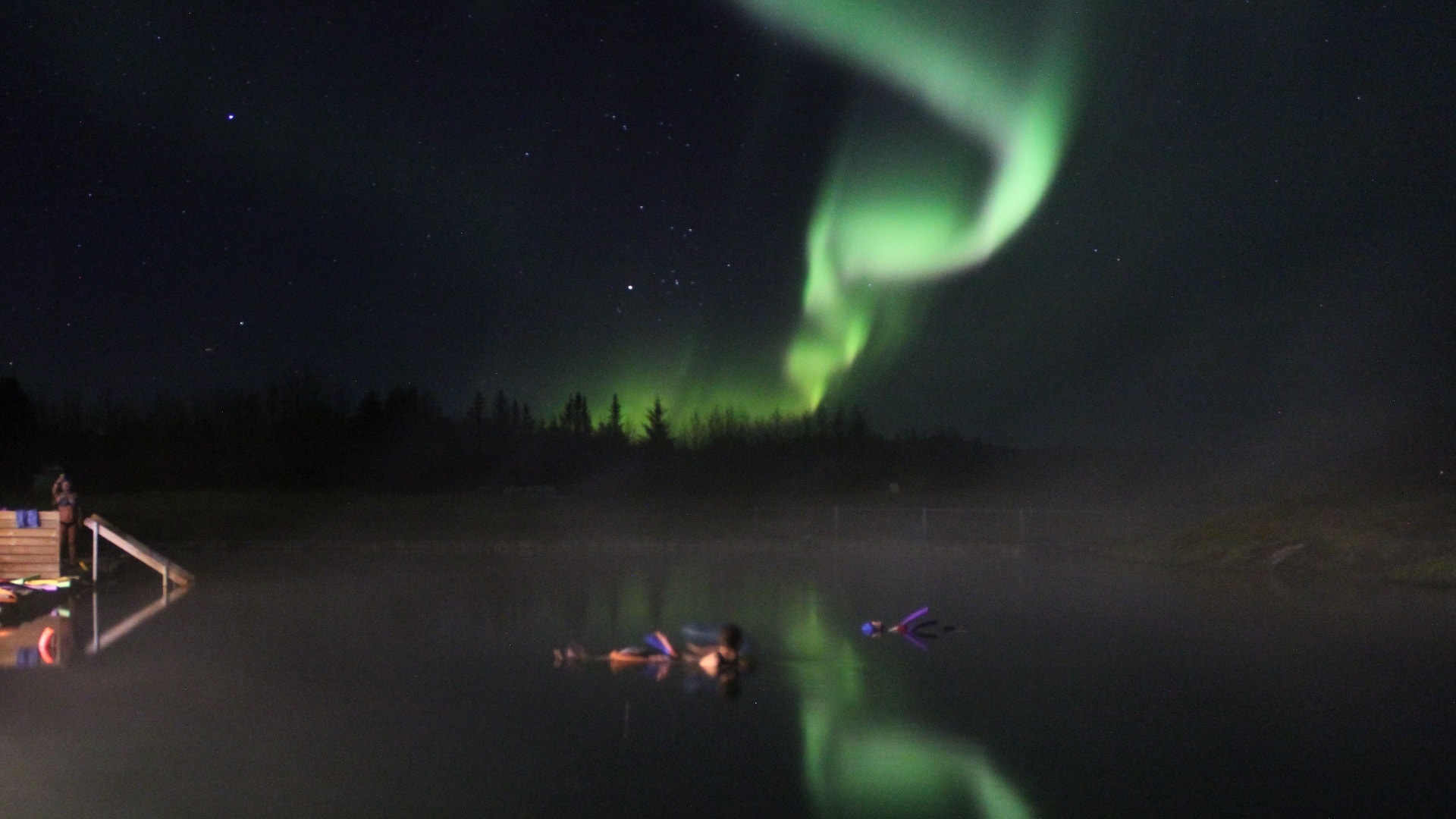
All guests must shower in the nude before entering the water, using soap thoroughly on all areas of the body liable to become unsanitary after a while. This rule is as valid for the Secret Lagoon as it is every other swimming pool and geothermal spa in the country.
While such attention towards the personal hygiene of others might seem strange to those with a greater inclination for privacy, pre-pool showering is strictly enforced in Iceland. Some pools employ a specific security guard to look out for attempts at bypassing the rules, though others in the changing room will be more than happy to police your hygiene for themselves.
Aside from mandatory showering, it is good to keep in mind that the Secret Lagoon is built atop hot springs that replenish its waters at an approximate rate of 10 litres per second, constantly cleansing and renewing the pool. Given this fact, we dare say that the Secret Lagoon’s waters are among the cleanest you’ll find in Iceland, and that really is saying something.
When is the Secret Lagoon in Iceland open?
Currently, the Secret Lagoon is open Friday, Saturday and Sunday from 1 PM to 7 PM. These limited hours are due circumstances related to restricted travel in the face of the COVID-19 pandemic.
In the meantime, we would recommend you spend your morning checking out Þingvellir National Park before taking your lunch at Flúðir, which is closeby to both Gullfoss waterfall and Geysir geothermal springs. Alternatively, the Secret Lagoon makes for a fantastic stop at the very end of your Golden Circle experience, providing some respite and relief after a day spent exploring the area.
The facility is available to enjoy in summer and winter, meaning guests will always have a chance to bathe beneath the Midnight Sun and Northern Lights respectively.
History of the Secret Lagoon
The Secret Lagoon—which became known to locals as Gamla Lauginn (the old pool)—was first built on the Hverahólmi hot springs in 1891. Interestingly enough, the pool was constructed before the village school, which was erected in 1929, while the first homes in the area had begun utilising geothermal energy two years earlier in 1926.
Historically, women used to wash the family’s clothes in the local hot spring, Vaðmálahver. When not engaged in domestic drudgery, the locals would let off steam by bathing in the warm waters of their home. Before the turn of the century, however, this island of fishermen, founded by sea-faring Vikings, did not, by enlarge, know how to swim.
That changed in 1909 when swimming lessons were first introduced at the pool for local school children, marking the first occasion in what would soon become a mandatory part of every Icelandic child’s education.
Lessons continued there until 1947 when the authorities moved them to a new pool that had been built a year beforehand. After this change, the Secret Lagoon was left abandoned, and for a time, it seemed as though most people would forget about it.
As recently as 2014, the family of the landowners refurbished the pool before opening its doors to an entirely fresh generation. Not much has changed in the years since, save the scores of overseas visitors who have experienced the Secret Lagoon’s pleasures themselves. One can still see the moss-laden remnants of the old changing facilities sat on the banks of the lagoon.
Should I visit the Secret Lagoon or the Blue Lagoon?
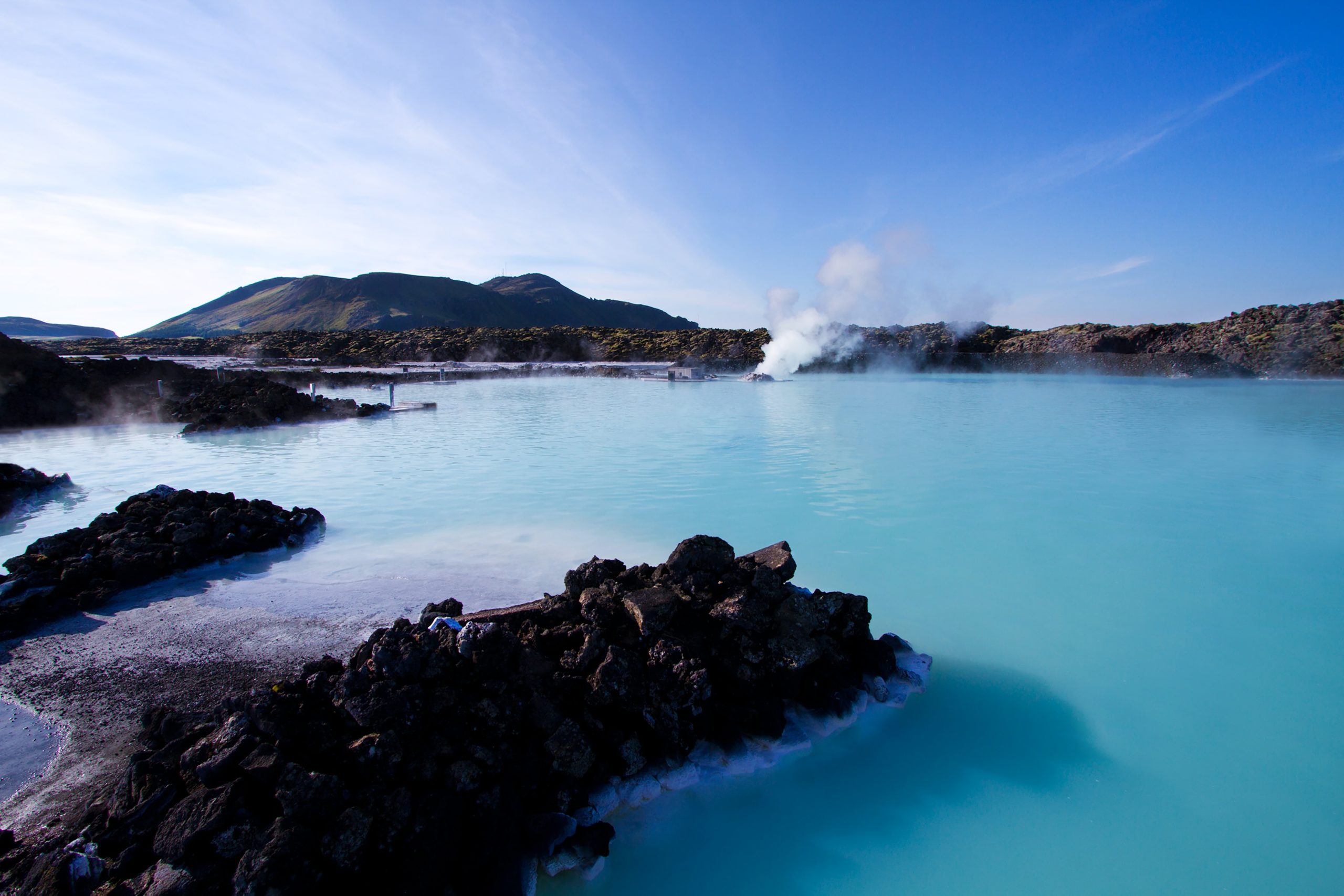
The Blue Lagoon is Iceland’s best-known geothermal health spa, gracing magazines and travel documentaries for decades now. While the Secret Lagoon might no longer be much of a secret, it is undoubtedly less-visited than its larger counterpart on the Reykjanes Peninsula.
The first distinction between the two establishments is evident upon arrival; the Blue Lagoon is surrounded by black volcanic rock, gnarled into strange and lively shapes. On the other hand, the Secret Lagoon sits amidst peaceful green surroundings that, for indecipherable reasons, feels more natural. While both settings are stunning in their own right, the Secret Lagoon feels less alien, and in some ways, less hostile.
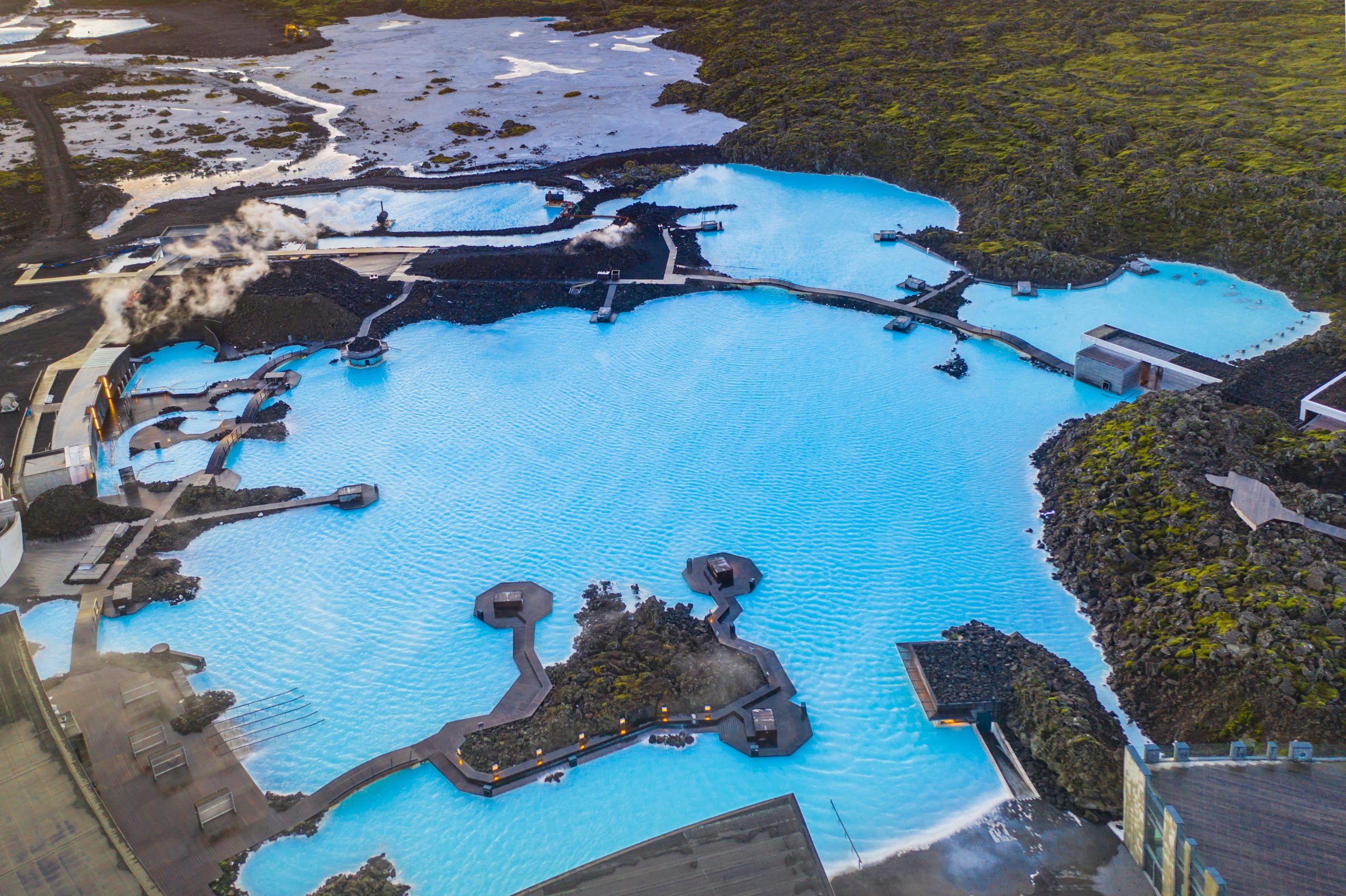
Another immediate contrast is the size; the Blue Lagoon is far bigger in comparison, whereas the Secret Lagoon only covers about the size of a tennis court. One would expect such a difference given the disparity between the two, with the former offering more in the way of a luxury spa, complete with steam rooms, saunas, mud-masks and mineral-rich silica.
The Blue Lagoon is catered to tourists almost entirely, providing enough amenities to keep its guests entertained for several hours. Meanwhile, the Secret Lagoon has a history of service towards local Icelanders, bolstering its reputation as a place of history, culture and authenticity.
How far is the Secret Lagoon from Reykjavík?
There are around 105 kilometres between the Secret Lagoon and Iceland’s capital city, making it an easy enough day trip for those inclined. Many guests choose to visit the Secret Lagoon as part of their Golden Circle sightseeing trip thanks to this proximity.
Driving will take approximately 1 hour and 26 minutes. Despite the short distance, you’ll be blessed with staggering views of the southwest countryside en route, discovering windswept hills and valleys that slowly give way to rustic farmland and small patches of woodland.
What is the best way to get to the Secret Lagoon?

The most typical means of getting to the Secret Lagoon is to drive yourself. It is a simple route from Reykjavík, following Road 01 past the small town of Selfoss, before heading straight down Route 30 (likely signposted as Skeiða og Hrunamannavegur) towards Flúðir.
If you do not want to drive yourself, it is possible to utilise Iceland’s public transportation system, Straeto. Two buses leave each day from the capital, though it is a 3 and a half hour journey to the Secret Lagoon—not the best use of one’s valuable holiday time. If money is no concern, you could always opt for a private taxi, which will surely get you there faster.
Finally, you can always jump on our Golden Circle bubble tour, which aside from allowing guests to spend overnight in a transparent bubble, will also make a stop at the Secret Lagoon, among other sites. With an experienced and professional guide leading you from stop to stop, you will gain a valuable appreciation of each attraction, and will rest easy knowing that someone else is taking care of the driving.
If you are planning on driving yourself, make sure to check out the below map to see the route for yourself;
What else besides the Secret Lagoon does Flúðir have to offer?
Don’t let anyone tell you otherwise; Flúðir is a beautiful little village in its own right and possesses enough natural charm to make a special visit there worthwhile. Home to little more than 800 permanent residents, Flúðir has gone from strength to strength in recent years as more and more guests use it as a pitstop whilst exploring the Golden Circle.
The hot spring Litla-Laxá runs through the settlement, letting off thick and picturesque plumes of steam that help add to this tiny locale’s character. Not only is this eccentric local landscape unique to Iceland, but there are few places in the world where people live right alongside geothermal energy so near.
Somewhat against expectations, Flúðir boasts a fantastic Ethiopian eatery that is a must for travelling foodies. Restaurant Minilik not only offers a stellar atmosphere for diners but also reasonable prices for what can only be described as delicious and authentic African finger-food. Don’t miss out on paying a visit when your time at the Secret Lagoon is over; your stomach will thank you for it!
For those who can’t get enough of how geothermal water makes them feel, Hrunalaug natural hot pool is nearby. Hrunalaug was once used as a sheep station for passing farmers who used the pool’s heat to clean their flock of parasites. A small hut on-site stands in testament to this fact, but is today mainly used for changing and shelter from the cold. There is a small donation box for the landowners, so make sure to be charitable if you plan to visit this hidden gem.
Can you stop at the Secret Lagoon on the Golden Circle route?

Yes, as mentioned previously, the Secret Lagoon is considered one of the top detours on the Golden Circle sightseeing route. In between Þingvellir National Park, Gullfoss waterfall and Geysir hot springs, guests can stop at the Secret Lagoon to revitalise for the adventures yet to come.
Of course, there are plenty of other sites in the area aside from the Secret Lagoon that can add value to your Golden Circle experience. Visitors should check out natural locations such as the dramatic Kerid volcanic crater, or any one of the sublime waterfalls; Faxi waterfall.
Lovers of culture, food and the arts will also discover much on the Golden Circle trail. Friðheimar tomato farm is one of the most established and beloved restaurants in the country, offering four unique types of tomato grown in their greenhouses. You’ll dine surrounded by glass and growing vines, tucking into hot soups and pastas perfect for a cold Icelandic day.
On the other hand, those interested in Icelanders’ outlook on conservation and sustainability, Sólheimar village is an excellent example of how environmentally-conscious residents can build homes in the heart of the countryside. Translating to “Home of the Sun,” Sólheimar is currently home to around 100 people and regularly welcomes guests with live events and art exhibitions.
PLAN YOUR JOURNEY
Travelling to Iceland?
Check our overnight tours with a driver guide that includes a one night stay in a bubble.
*Starting from ISK 59.900 per person
Driving the Golden Circle in Iceland in summer
Driving the Golden Circle in Iceland in summer
Visitors to Iceland between May and August will find a country illuminated beneath the Midnight Sun
Driving the Golden Circle in Iceland in summer
Visitors to Iceland between May and August will find a country illuminated beneath the Midnight Sun
Driving the Golden Circle in Iceland in summer should top the bucket-list of any traveller planning a trip here in the coming year.
Not only does this fantastic trail offer sights and activities like nowhere else, but it is perfectly suited to all those looking to gain a deeper understanding of just what makes this subarctic island tick.
With a full day of sunlight available, you’ll have an abundance of time to appreciate the three major natural attractions that make this spectacular route, as well as a fully-lit evening to do with what you wish. En route, you will experience countless sights sure to take your breath away, from waterfalls and glacial ravines to exposed tectonic plates and gushing hot springs.
If you plan to experience this staple of Icelandic sightseeing at a different time of year, make sure to read our feature article How to drive the Golden Circle in Iceland in winter.
What exactly is Iceland’s Golden Circle route?
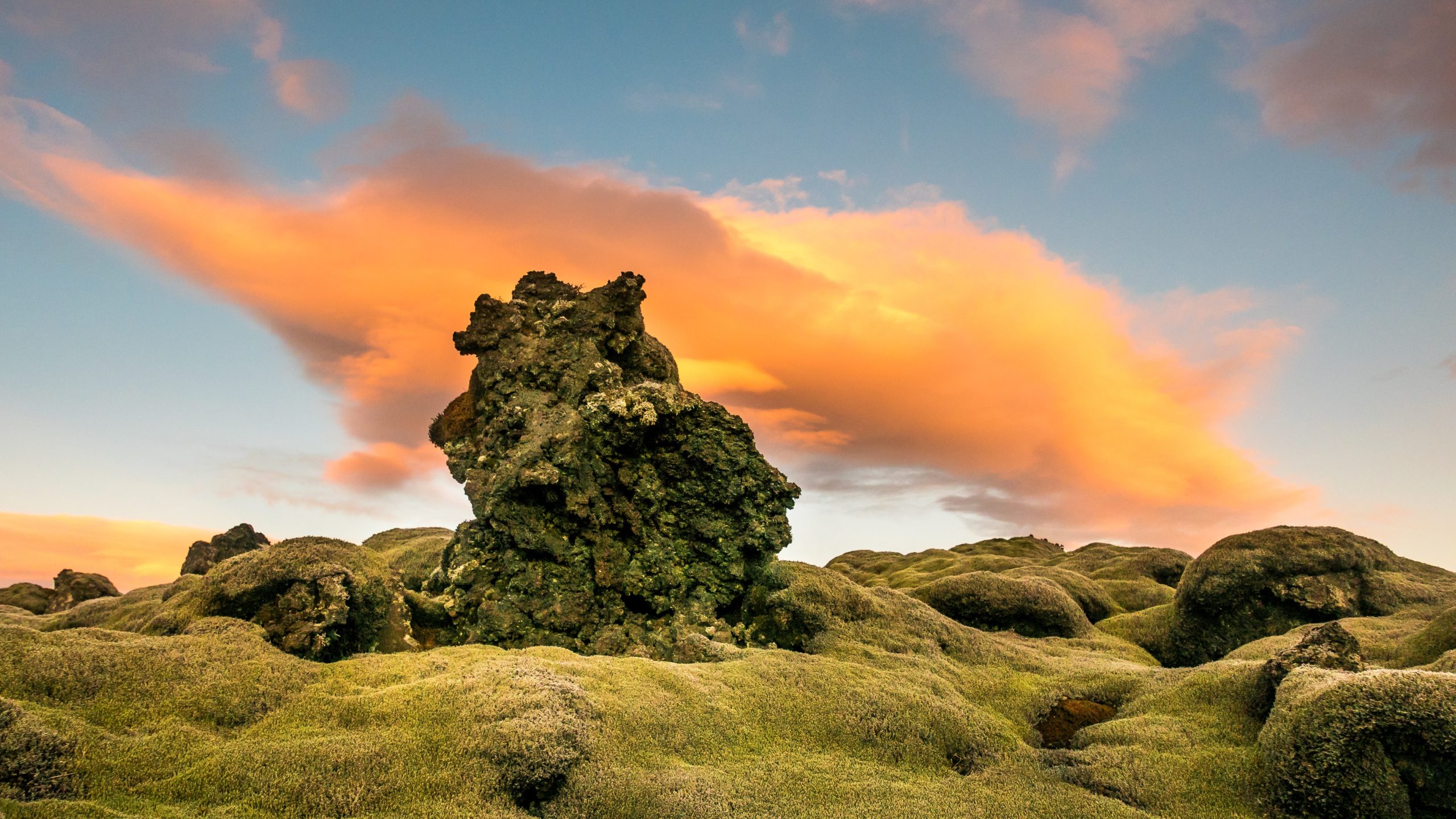
The Golden Circle is a 230-kilometre long sightseeing route in South Iceland. It comprises of Þingvellir National Park, Geysir geothermal springs and Gullfoss waterfall, with other smaller attractions en route for those with the time. In general, visitors should expect to take around 8 hours experiencing the Golden Circle, considering lunch breaks and diversions.
Before going any further, let us first take a quick look at each of the sites that makes this trail so unique. Forty-minutes drive from Reykjavik, Þingvellir National Park is a UNESCO World Heritage site that sits atop the Mid-Atlantic Ridge, a continental no-man’s land between the Eurasian and North American tectonic plates.
With its downy green lava fields, distant mountains and the lapping waters of Lake Þingvallavatn, this national park is, without doubt, one of the most beautiful locations in the country. This perk is to say nothing of the park’s fascinating history, nor the litany of life-altering events that have occurred there in Iceland’s thousand years of settlement.

Geysir geothermal springs mark the Golden Circle’s second site and are best known for the mighty Strokkur hot spring. Strokkur erupts every five to ten minutes, blasting a misty column of boiling water up to twenty-five metres into the air. There are plenty of other smaller hot springs, fumaroles and bubbling puddles surrounding Strokkur, including the famous Geysir, now dormant, but forever esteemed for lending its name to geysers worldwide.
Gullfoss waterfall makes for a fantastic finale to this unforgettable sightseeing trail, offering its guests the sight of glacial water cascading in a huge humdrum 32-metres down into the hungry mouth of a mist-strewn canyon. From two viewing platforms, you will have a great perspective of this force of nature in action, and will likely be able to photograph the many rainbows that form in the waterfall’s plume during summer.

Several detours on the Golden Circle add value to the experience and offer a closer look at aspects of this island’s nature and culture not seen otherwise. Guests could pay a visit to the Secret Lagoon, Iceland’s oldest outdoor pool located in Flúðir village, or make a stop at the iconic Kerid volcanic crater to check out the vibrant scarlet colouring of its slopes.
In short, the summer months see Iceland shed its white winter coat, trading it in for rolling emerald farmlands, lonely deserts and towering sea cliffs come alive with nesting birds. Speaking of which, the iconic Atlantic Puffin makes its return to Iceland in the summer, adding to the already rich diversity of this island’s wildlife.
However, it is doubtful you will spot a puffin on a Golden Circle given that the route is inland, far away from the cliffs in which puffins nest. With that said, having your own vehicle will allow you easy access to known spots the next day, such as Dyrhólaey promenade in South Iceland.
PLAN YOUR JOURNEY
Travelling to Iceland?
Check our overnight tours with a driver guide that includes a one night stay in a bubble.
*Starting from ISK 59.900 per person
What reasons are there to experience Iceland's Golden Circle in summer?
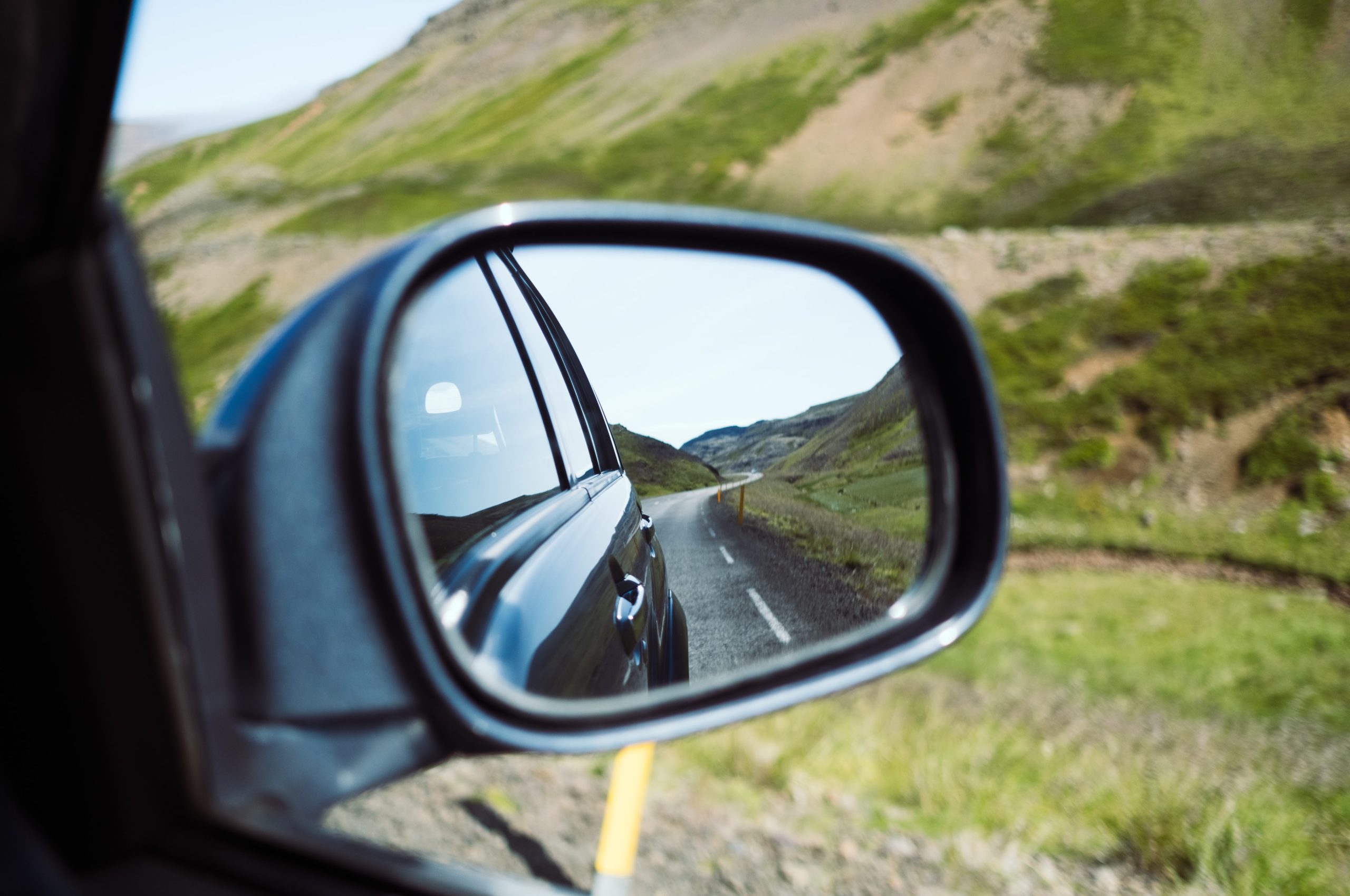
There are a plethora of reasons to visit the Golden Circle during summer, ranging from the long daylight hours available to you, to just how beautiful and unique each natural attraction looks bathed in sunshine.
The summer is excellent for hiking Iceland’s wide selection of hiking trails, allowing you to delve deeper into the Icelandic wilderness and get a better appreciation of its hidden corners. After a long day exploring, visiting geothermal pools like Laugavatn Fontana or Secret Lagoon is nothing less than pure ecstasy, made easy by their nearby location on the Golden Circle.

Another excellent activity perfect for a summer visit to Iceland is snorkelling or scuba diving in the glacial ravine, Silfra Fissure, found in Thingvellir National Park. Though the water temperature does not change season to season, the surroundings do, which means that when you finally surface from your aquatic exploration of this stunning underwater canyon, you’ll feel much much warmer than you would do otherwise.
During the days, you might find the main attractions of the Golden Circle come with crowds. One way to avoid too many other people is to visit during the late evening, which the Midnight Sun more than allows. With the attractions almost entirely to yourself, you’ll nurture a deeper connection to each site, and will be able to appreciate the raw solitude of Icelandic nature fully.
In Iceland, summer has an average temperature of 10–13 °C, though it can often reach 20°C and beyond. Such heat is perfect for spending so much time outdoors and allows guests to spend more time at each of Iceland’s majestic sites without the need always to be hurrying back to the warmth of the car.
How easy is it to rent a car driving the Golden Circle in Iceland?
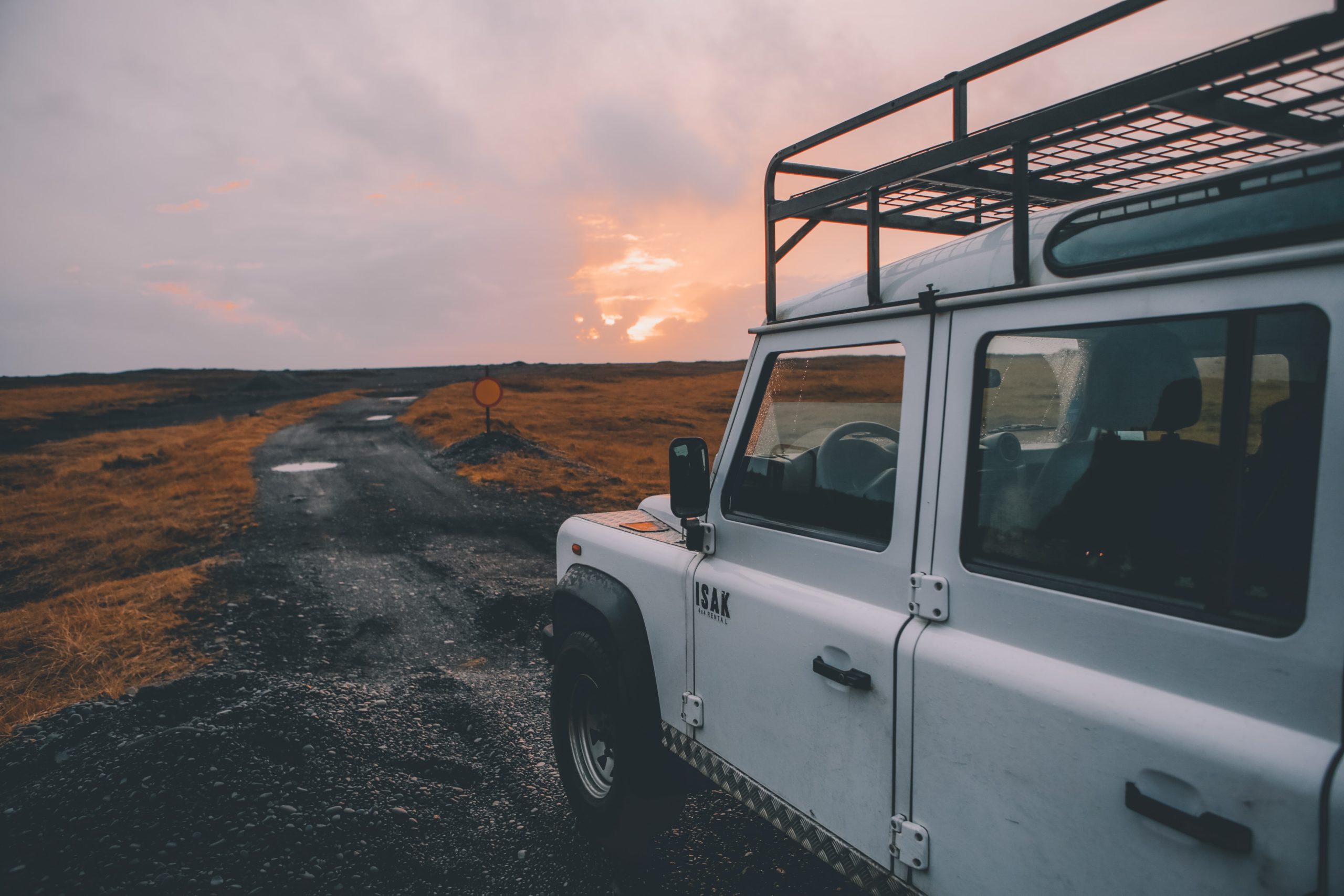
If you are looking to explore the Golden Circle yourself this summer, you must rent a vehicle if you wish to do so on your own terms. Thankfully, this is a simple and smooth operation in Iceland, with numerous agencies offering vehicles that suit a wealth of travellers; family groups, honeymooners, campers and solo backpackers.
It is possible to pick up a rental vehicle at Keflavik International Airport or in Iceland’s capital, Reykjavik. Unlike the winter, 4x4s are not overly necessary as even the very smallest of cars are quite capable of navigating the Golden Circle route without issue. Exceptions to this rule would include guests travelling to Langjökull glacier base camp and those hoping to discover the Icelandic Highlands. In both cases, a four-wheel drive is necessary.
Having a personal vehicle is nothing short of freedom on the road, allowing you the means to discover exciting detours at your own pace, and in the order you choose. Not only that, but it also keeps your travelling party small and familiar, which helps to create lasting bonds and memories between friends and family.
Extra tips for experiencing Iceland's Golden Circle in summer
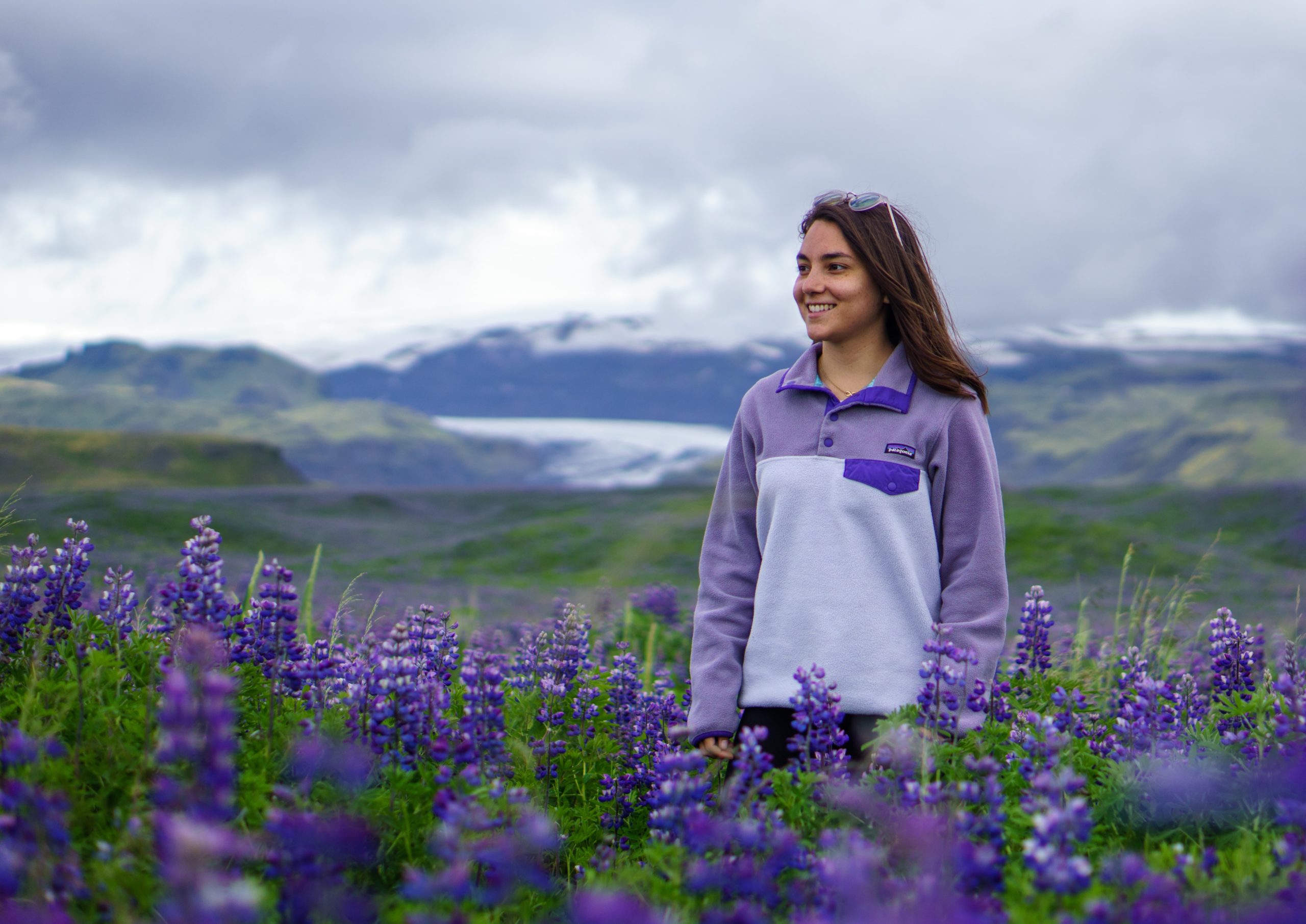
Though the summer months are naturally much warmer and brighter than those in the winter, it is still a good idea to pack for various weather conditions before travelling to Iceland. Broad expectations are best when it comes to your attire as the weather here is infamously unpredictable, capable of switching from tranquil and clear to rain-drenched storms at a moment’s notice.
On that note; don’t miss out on the crucial step of packing sunscreen. While the weather outside might not feel particularly hot, even in summer, the Midnight Sun has powerful UV rays that are quite capable of causing burns. A pair of sunglasses won’t go amiss either, especially when driving on Iceland’s long and open roads.
If you are a keen photographer, you have likely heard that Iceland’s Midnight Sun offers highly advantageous lighting conditions for capturing landscapes. Visiting the Golden Circle attractions late into the night, or during the early hours of the morning, will allow you to photograph the sites during what’s known as the ‘Golden Hours’.
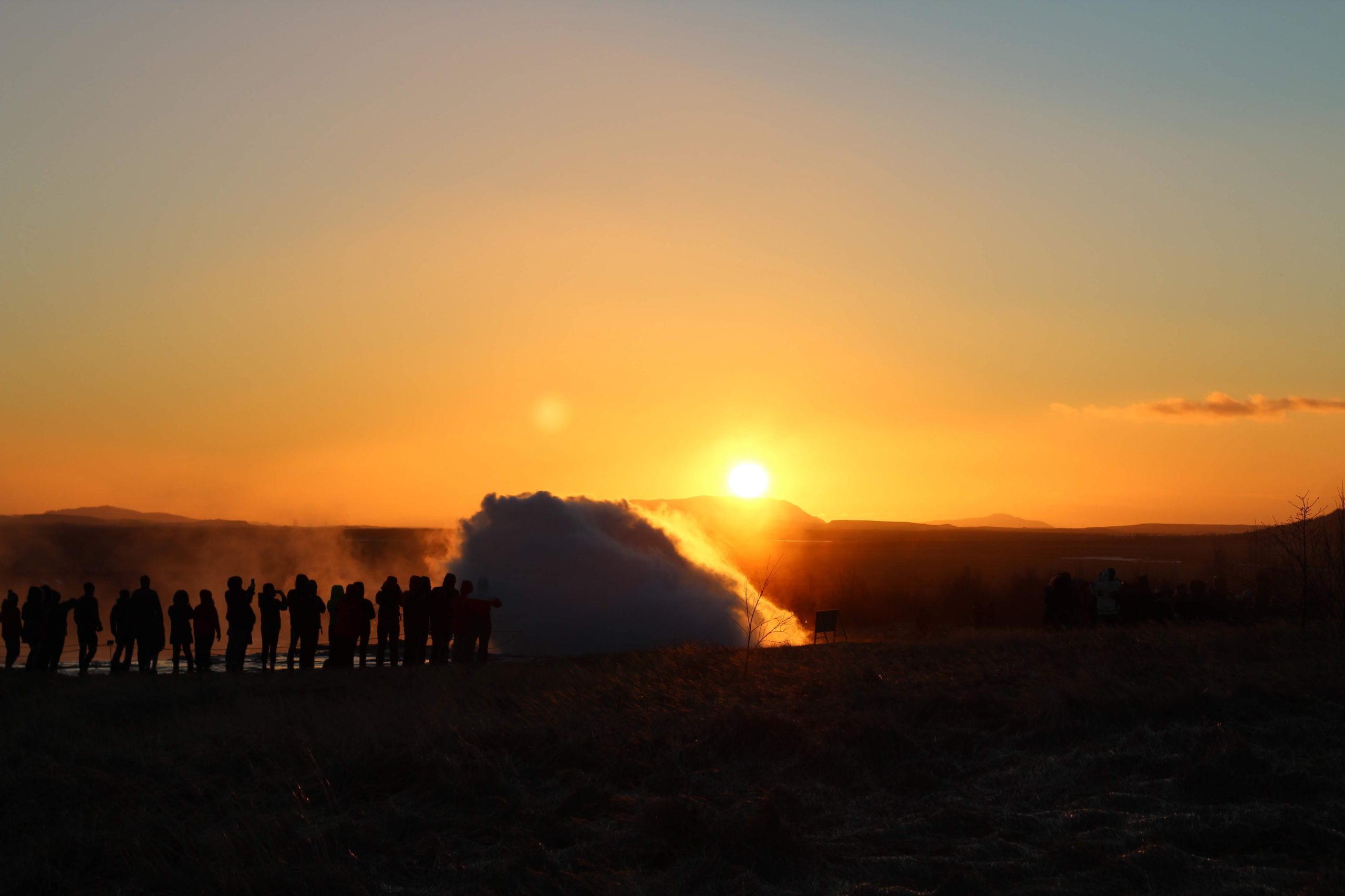
This term describes that short period of dusk and dawn when the sunlight washes the landscape with its auburn hue. Creating fantastic contrasts, shadows and highlights without the need for alternation, summer in Iceland is valuable time for anyone looking to bolster their portfolio with epic landscape shots.
Another note for summer visitors to keep in mind is this; be careful on the roads! Unlike the winter, it is not ice, snow or bad weather that pose a threat so much as the sheep permitted to freely roam the island before being collected again for the autumn season. The sheep tend to be attracted to the roadsides because they enjoy licking salt from the tarmac, putting them dangerously close to oncoming traffic. Make sure to stay vigilant of wildlife throughout your travels.
PLAN YOUR JOURNEY
Travelling to Iceland?
Check our overnight tours with a driver guide that includes a one night stay in a bubble.
*Starting from ISK 59.900 per person
Driving the Golden Circle in Iceland in winter
Driving the Golden Circle in Iceland in winter
By Michael Chapman
Discover Iceland’s most popular sightseeing route between September and April.
Driving the Golden Circle in Iceland in winter
By Michael Chapman
Discover Iceland’s most popular sightseeing route between September and April.
Driving the Golden Circle in Iceland in winter is an unrivalled one-day sightseeing experience, encapsulating all that makes this sub-arctic island a treasure-trove for overseas visitors.
Behind the wheel, you will witness firsthand how the season transforms each of this famous trail’s most impressive sites, coating Þingvellir National Park, Geysir geothermal springs and Gullfoss waterfall with a picturesque layer of snow and ice.
The Golden Circle covers approximately 230 kilometres of pristine Icelandic landscape and takes around a full day (8 hours) to experience. Given the inherent risks the winter season brings, all drivers will have to temper their speed well below the limit while travelling from site to site, adding extra time on the road that must be accounted for.
Is renting a car necessary for driving the Golden Circle?
While some travellers prefer undertaking the Golden Circle in the company of a professional guide, others would much rather take to the road themselves. Renting a personal vehicle has numerous benefits in Iceland, allowing you the freedom to take detours and set the schedule of your trip. Aside from that, driving yourself offers privacy from others, meaning you can feel comfortable in the company of just your friends and family.
Renting a car for your holiday travels is not only considered a simple affair in Iceland, but also a necessary one if you’re hoping to explore the full breadth of the country. Guests can either pick up their vehicle from Keflavik International Airport or collect in the capital city, Reykjavik. Those who choose the latter will have to take an airport shuttle, FlyBus or taxi from the airport to the city or find ulterior transportation.
As you would expect, there are a variety of vehicles to rent that will suit your needs, and you will find many established rental agencies to answer any queries you might have. However, one thought to keep in mind is that the road conditions during winter can be challenging, meaning you will want a vehicle capable of handling itself. For this reason, 4×4’s usually come recommended during this season, and will come ready with winter tyres.
PLAN YOUR JOURNEY
Travelling to Iceland?
Check our overnight tours with a driver guide that includes a one night stay in a bubble.
*Starting from ISK 59.900 per person
Why visit the Golden Circle in Iceland during winter?
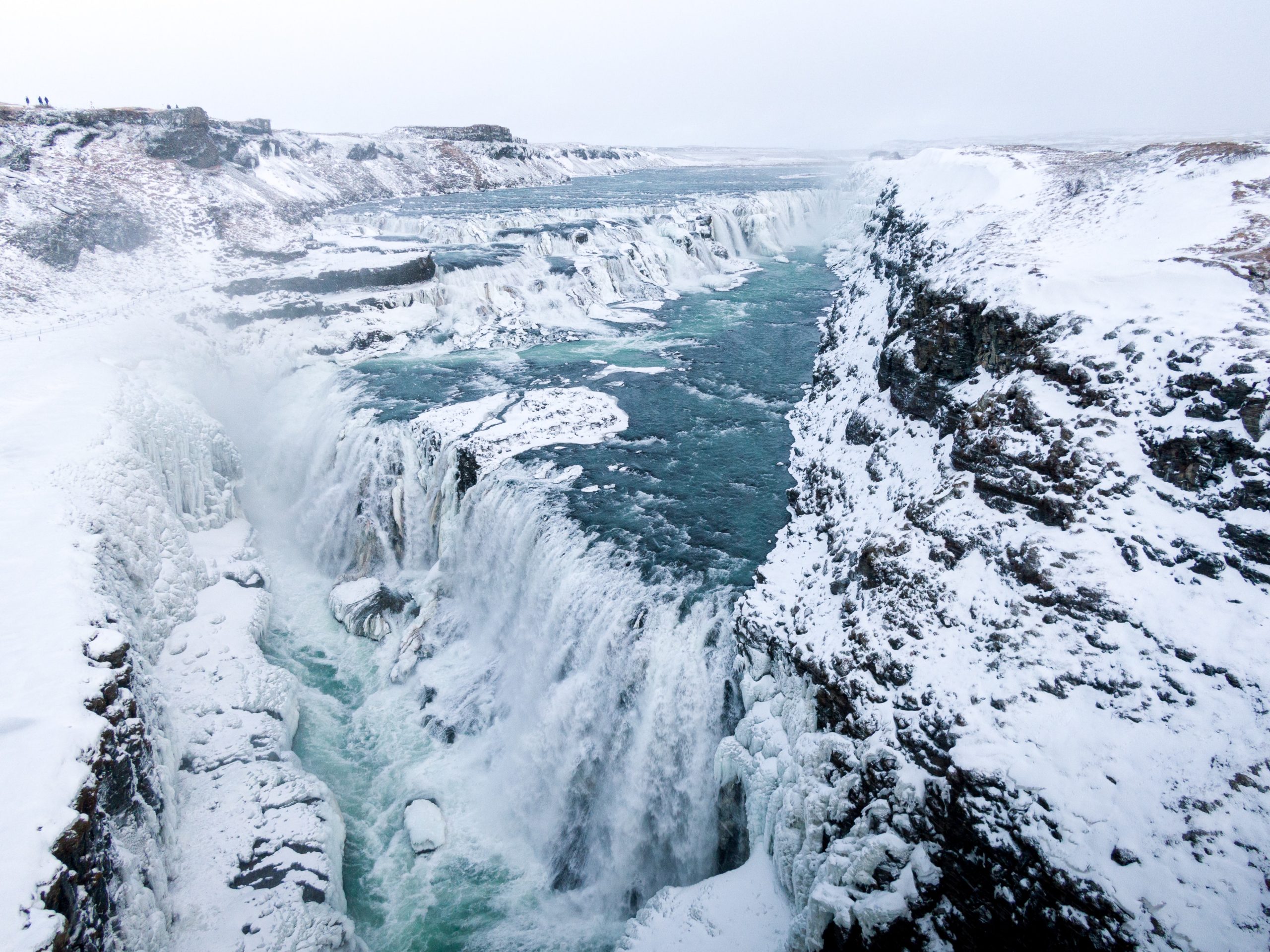
The attractions on the Golden Circle take on an entirely new aesthetic during the winter; one that feels more authentic to a quintessential Iceland trip, and delivers on the promise that is this country’s name. Not all holidays have to be a getaway to the sunshine; in fact, some of the most memorable, exciting and unique memories that last are those made in the places you’d least expect.
The otherwise black and moss-laden lava fields of Þingvellir become blanketed in white; and the surrounding mountains, once so sparse and dry, stand snow-capped and epic on the horizon. At Geysir, nature’s contrasts are clear, as geothermal steam billows hot and heavy from the icy ground. In comparison, Gullfoss waterfall brings the drama, cascading a total of 32-metres down a canyon of icicles and snowy cliff ledges.
One of the best aspects of seeing these majestic sites during the winter is fewer crowds around you. Such solitude allows for a much deeper, more personal connection to each of the attractions, helping you to relive the experience for years to come. Crowds are never overly distracting, mind you, not even at the height of summer, but the seclusion that comes with winter is appreciated nonetheless.
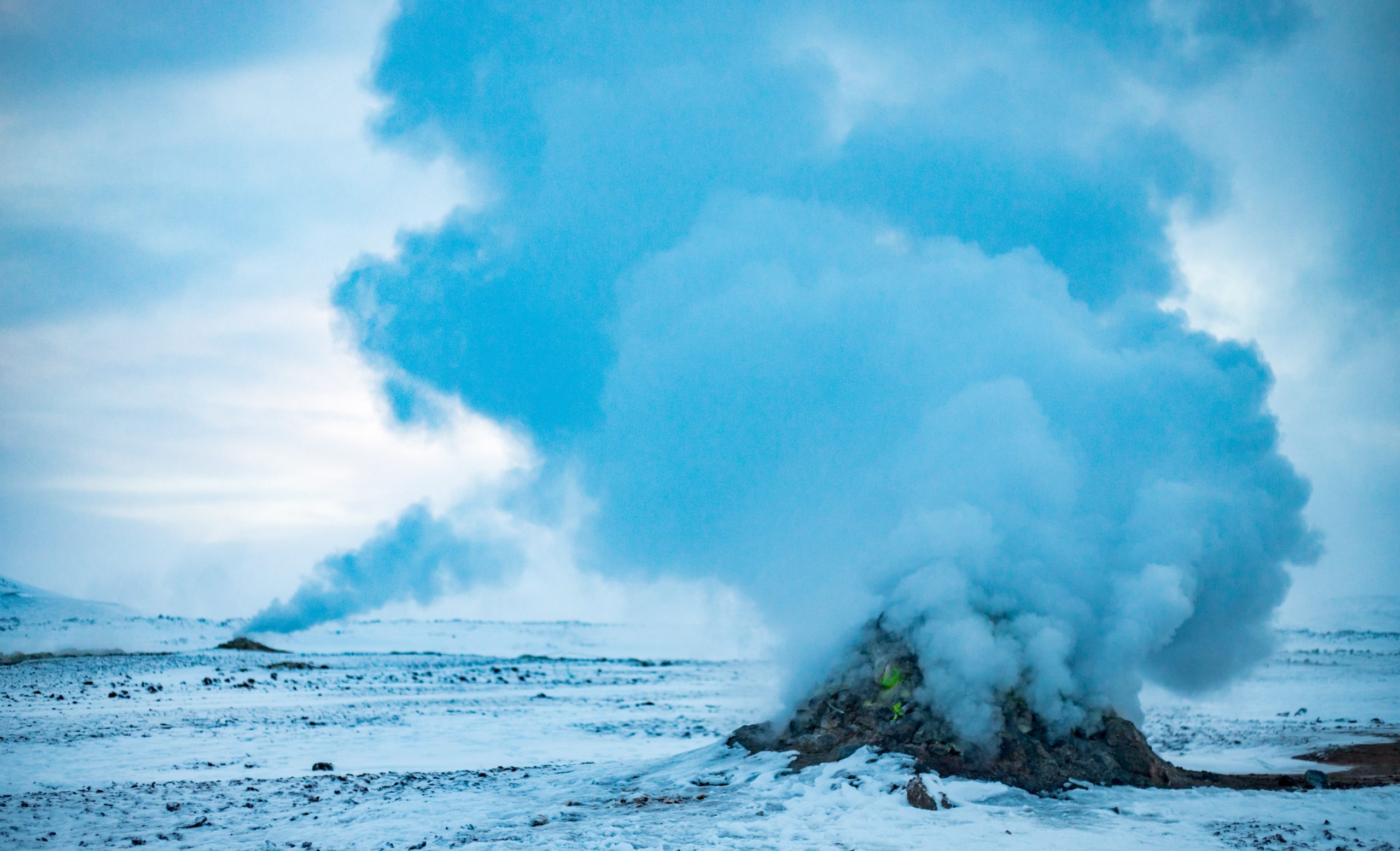
Of course, none of this mentions one of the main reasons to embark on the Golden Circle tour during winter—the Northern Lights! While elusive and impossible to plan around, the opportunity to spot this cosmic light show illuminating each of the Golden Circle’s sites is something that must be experienced to be believed. When you thought southwest Iceland could not get any more beautiful, the Aurora Borealis readily demonstrates how premature such a thought is.
Taking a scuba diving or snorkelling tour in Silfra Fissure is one adrenaline-fuelled way to get the blood pumping. Located in Þingvellir National Park, many guests find such a unique and thrilling activity to be the perfect stopgap between attractions. This stunning underwater ravine boasts visibility of up to 100-metres thanks to the purification process that occurs as its water travels by way of underground volcanic tunnels from Langjökull glacier to Silfra.
To protect you from the cold water temperature, your guide will equip you with a thermal drysuit, which also keeps you afloat, as well as neoprene gloves, boots and a hood. Only competent swimmers are permitted to join a tour here, and divers will need to show proof of previously logged dives, as well as a drysuit certification.
Is driving Iceland’s Golden Circle safe during winter?
Yes, the Golden Circle is safe to undertake during the winter, provided you know what to expect from the weather and road conditions. As said previously, a 4×4 is a better choice of vehicle, and you will need to ensure that it is equipped with winter tyres. When driving the Golden Circle in Iceland, maintain a sensible distance from the car in front of you, and maintain a low speed.
Storms can blow in fast, severely hampering how much can be seen from the front window. If you’re looking for some context, think of that scene from Star Wars, when Han Solo thrusts the Millennium Falcon into hyperspeed. Heavy snow and winds create much the same visuals, meaning you may find yourself hunched over the wheel, watching out for road markers and oncoming lights.
While this sounds scary, it is also an exciting and veritable part of the Icelandic experience, as long as you remain vigilant and careful throughout.
Be careful walking on paths and stairs, especially at Þingvellir National Park, where the rangers are faced with a monumental task each day of keeping their visitors safe from falls. The park covers a total area of 240 kilometres squared, with much of it comprising inaccessible lava fields, glacial ravines and fissures. Make sure to always stay on the mandated walkways for your safety.
If you should find yourself in any trouble while travelling, you can contact the Icelandic Rescue Service, ICE-SAR, at 570 5900, or the emergency services at 112.
Do I have to drive in Iceland during winter?
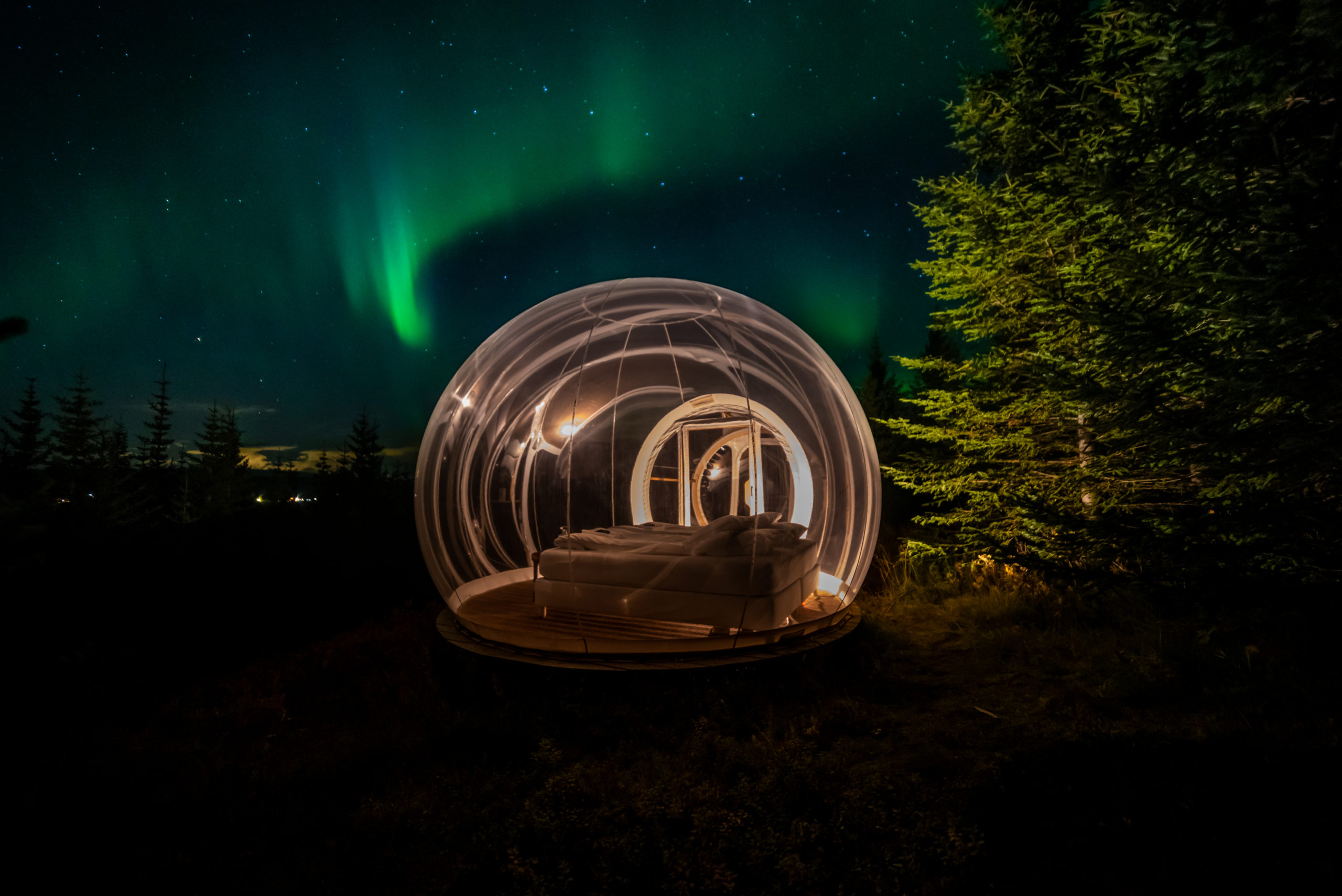
Understandably, driving on Icelandic roads during the wintertime is not to everyone’s tastes. Challenging road conditions, darkness and getting to grips with a new vehicle and set of traffic laws can be more than a little overwhelming, but there’s no reason to let that get in the way of seeing the Golden Circle’s main attractions.
The best way of avoiding driving yourself is by booking a ready-made Golden Circle tour with a travel provider. With an experienced driver at the helm, you’ll be free to listen to your tour guide as they provide you with all kinds of fascinating information regarding each site. There are several tour opportunities available to you, from larger groups that will travel by minibus, to smaller private parties that will take a SUV.
Of course, we would recommend booking a Golden Circle tour with us, as it also allows you and your partner to spend an overnight stay in one of our transparent bubbles. Located amid the forests of Southwest Iceland, this novel choice of accommodation is the perfect means of ending your day on the Golden Circle, as it allows you to continue spending time surrounded by Iceland’s nature, all the while enjoying the luxury and comfort of a modern room.
Extra Tips for visiting Iceland's Golden Circle in winter
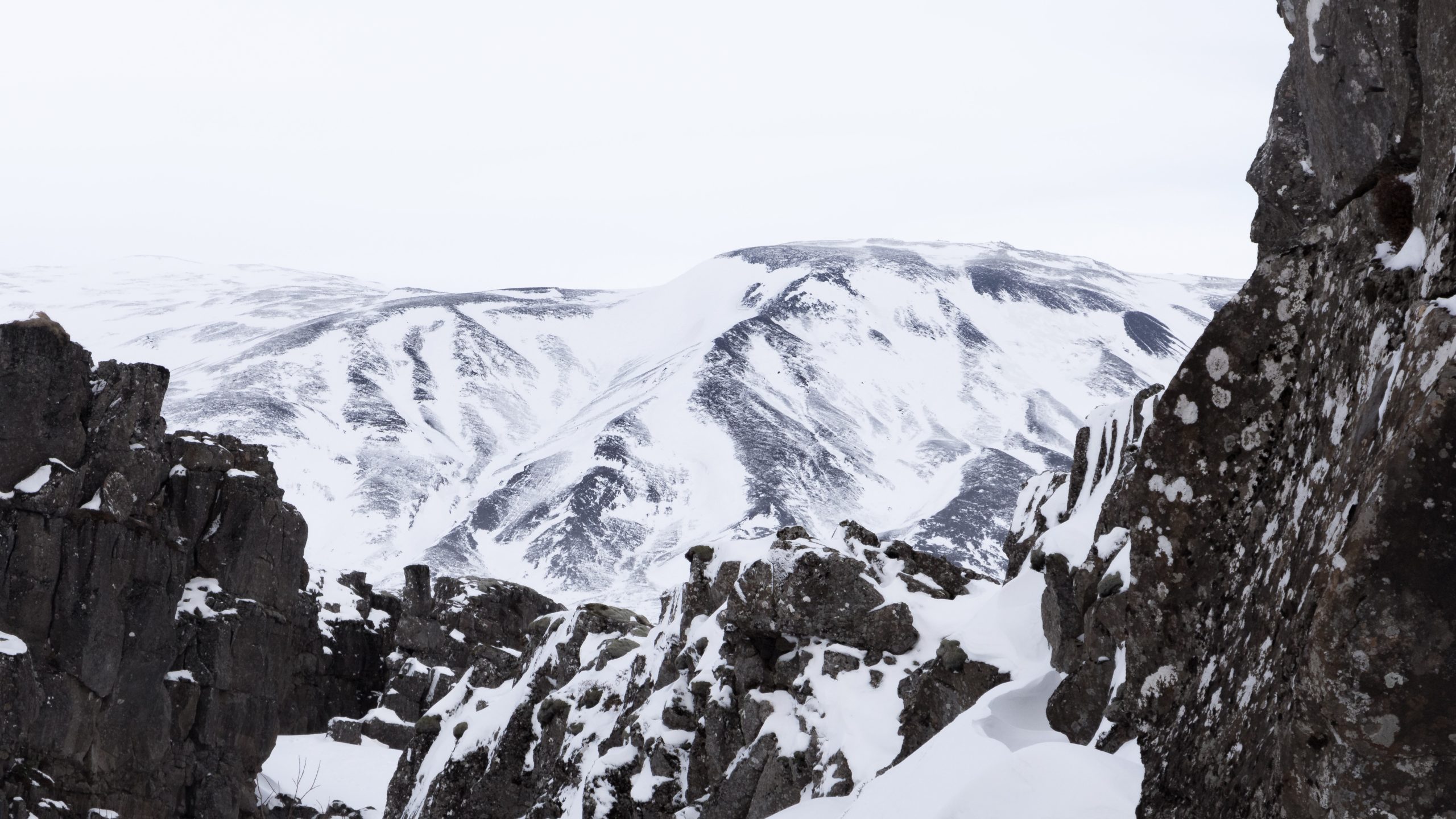
When completing the Golden Circle, you and your travelling party will divide your time between the car and the attractions, meaning you will spend much of the day outdoors. For those unprepared, such exposure to the elements can be uncomfortable; the cold has a knack for sapping the enjoyment from almost any experience.
To combat the freezing temperatures, you would do well to adorn several layers of clothing. Thermal trousers and undershirts are a good start, as are thick woollen socks, or any other material that does not hold water. Iceland’s weather is temperamental and can change drastically within moments, so it is also advised you wear a wind and waterproof jacket.
Mittens, woolly hats, ear-muffs and scarves are all necessities during Iceland’s wintertime, regardless of where in the country you are, as are a pair of decent hiking boots able to withstand rough terrain and slippery surfaces alike. Other considerations for your suitcase might be a flashlight (Iceland’s winter is incredibly dark), a pair of spiked crampons to wear over your boots, and a packet of hand warmers.
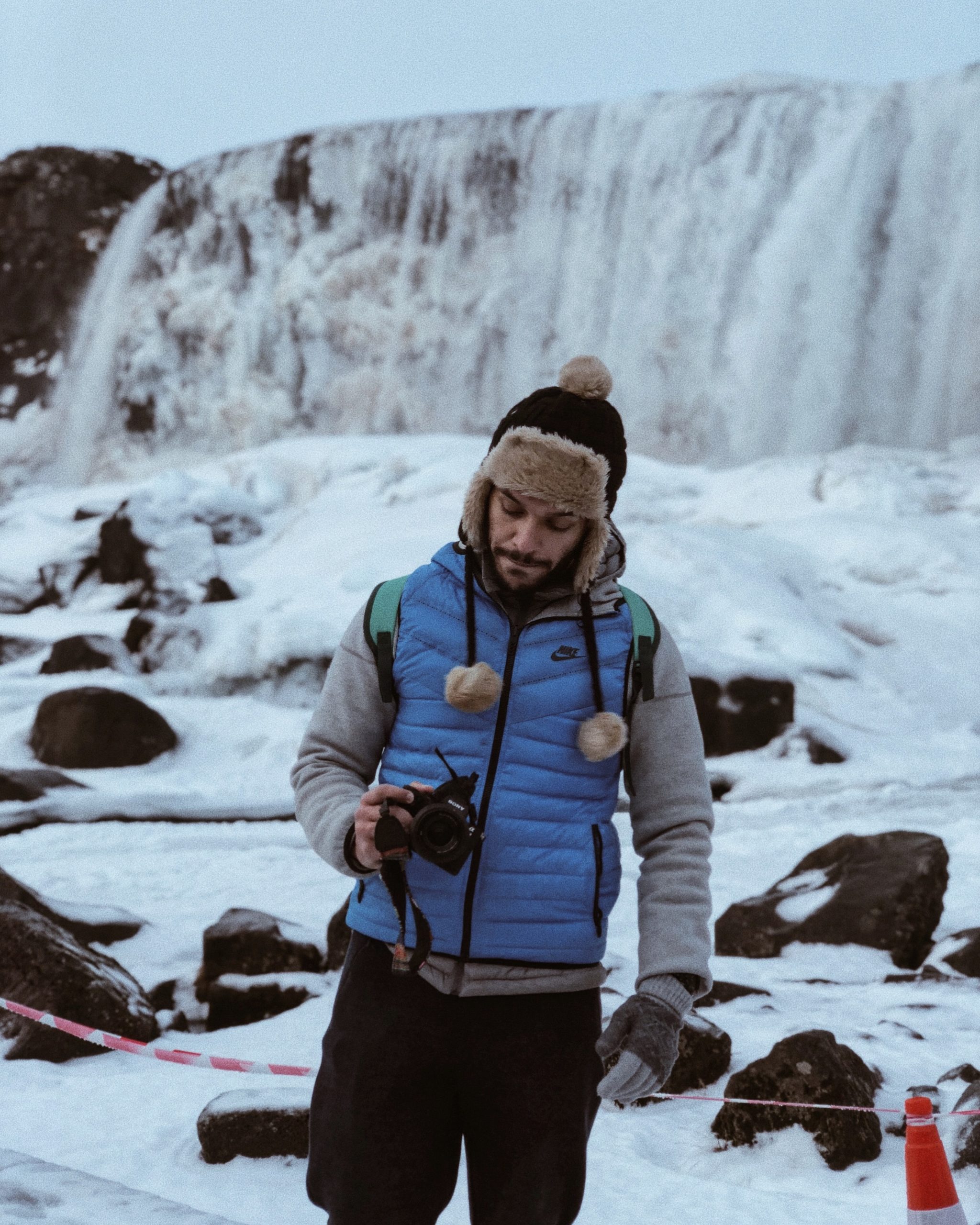
Before setting out on the day’s adventures, always be sure to take a quick peek at the weather forecast. Doing so will provide you with some valuable insight as to what to expect on your day, and pack accordingly.
End your day right with a stop at a luxury geothermal spa. Secret Lagoon in Fludir makes for a good stop, as does Laugarvatn Fontana, both of which can be found within close proximity to the Golden Circle. Soaking your tired body in soothing, mineral-rich water, you’ll quickly realise why hot-tub bathing is such a beloved tradition among Icelanders, providing a healthy dose of relaxation, as well as the chance to socialise and share stories.
The shuddering warmth and healing potential of these baths is only heightened when your surroundings are a picture-postcard example of winter at its best. With that in mind, making a stop at one of these tranquil establishments is a must-do if you want to maximise your Golden Circle experience while in Iceland.
PLAN YOUR JOURNEY
Travelling to Iceland?
Check our overnight tours with a driver guide that includes a one night stay in a bubble.
*Starting from ISK 59.900 per person
